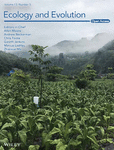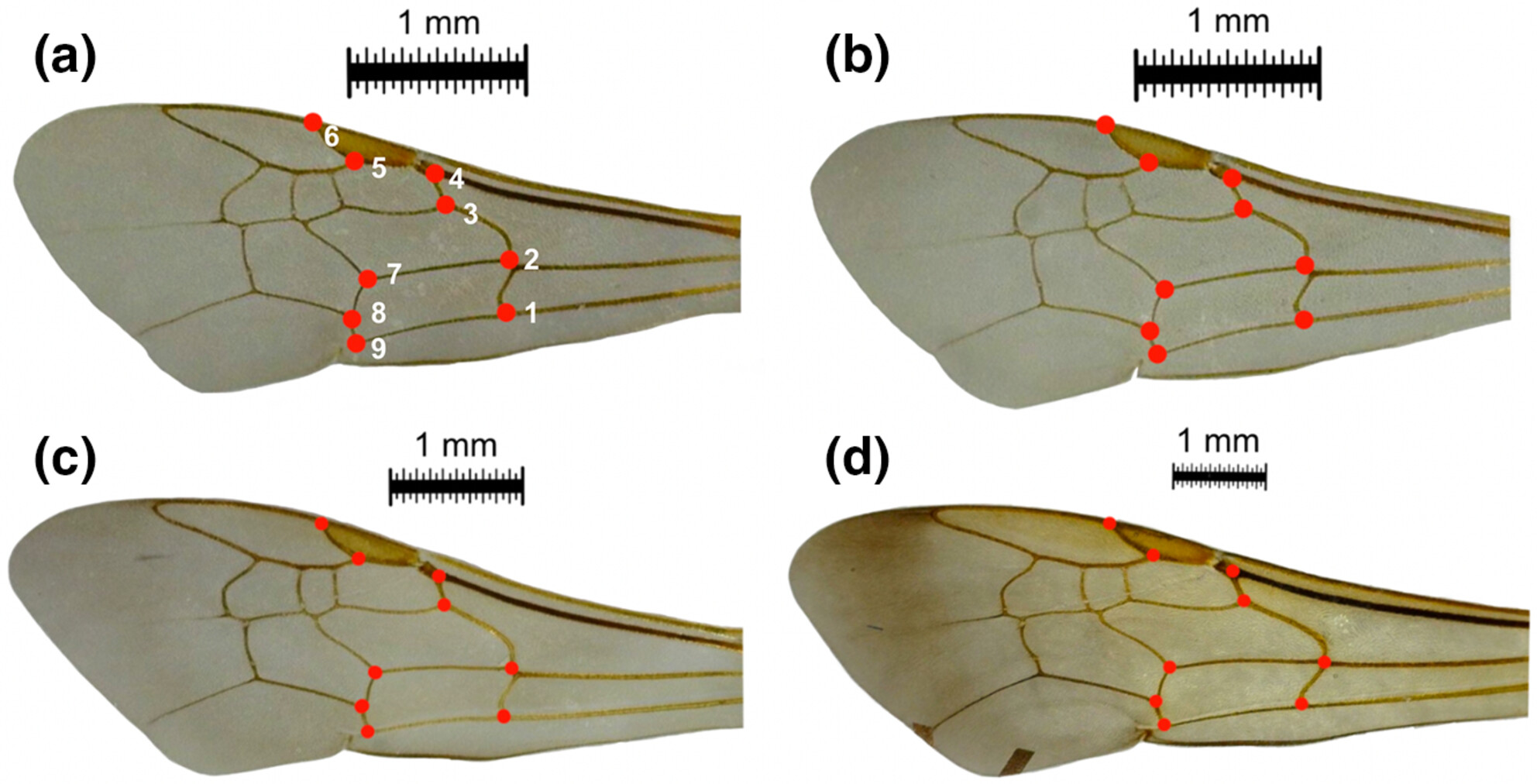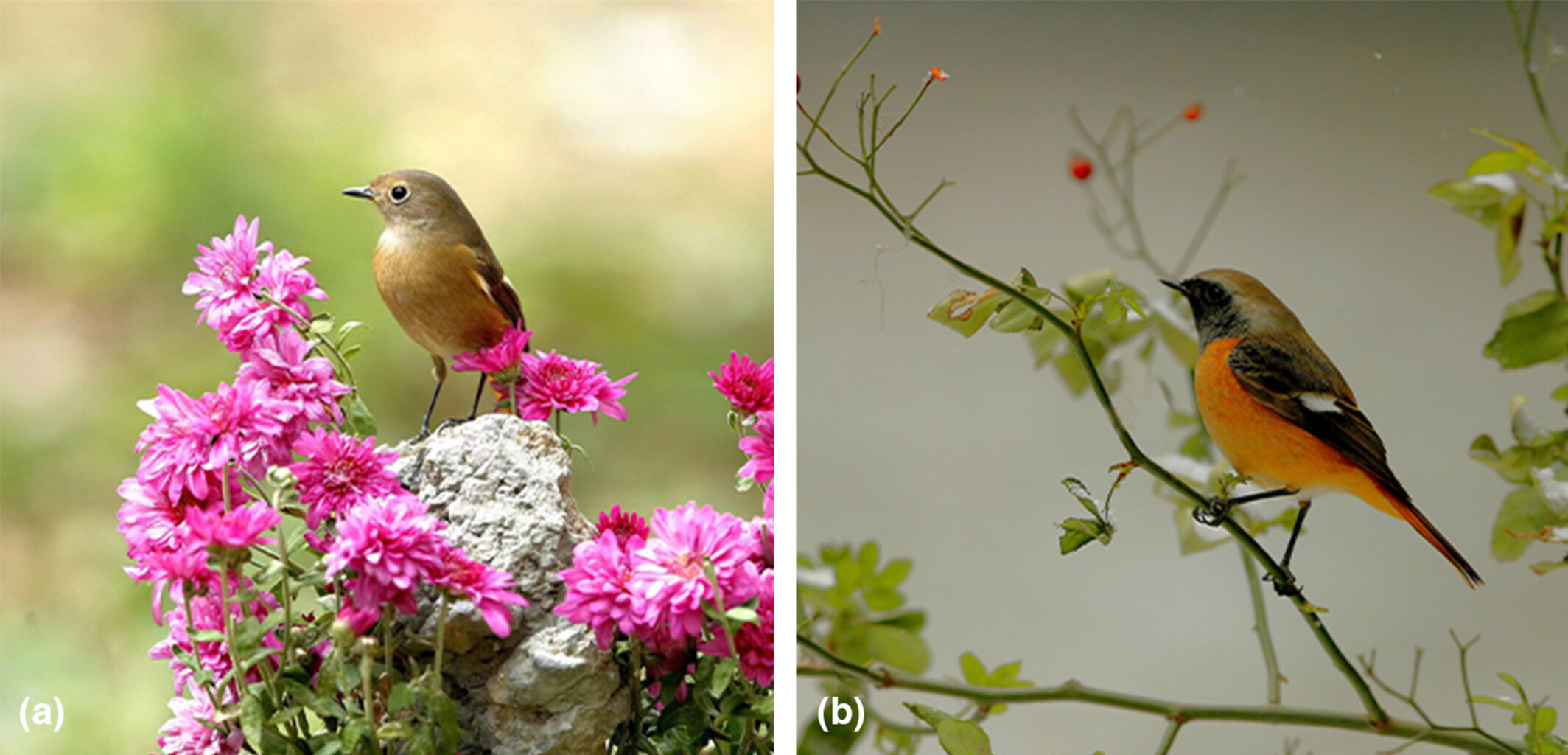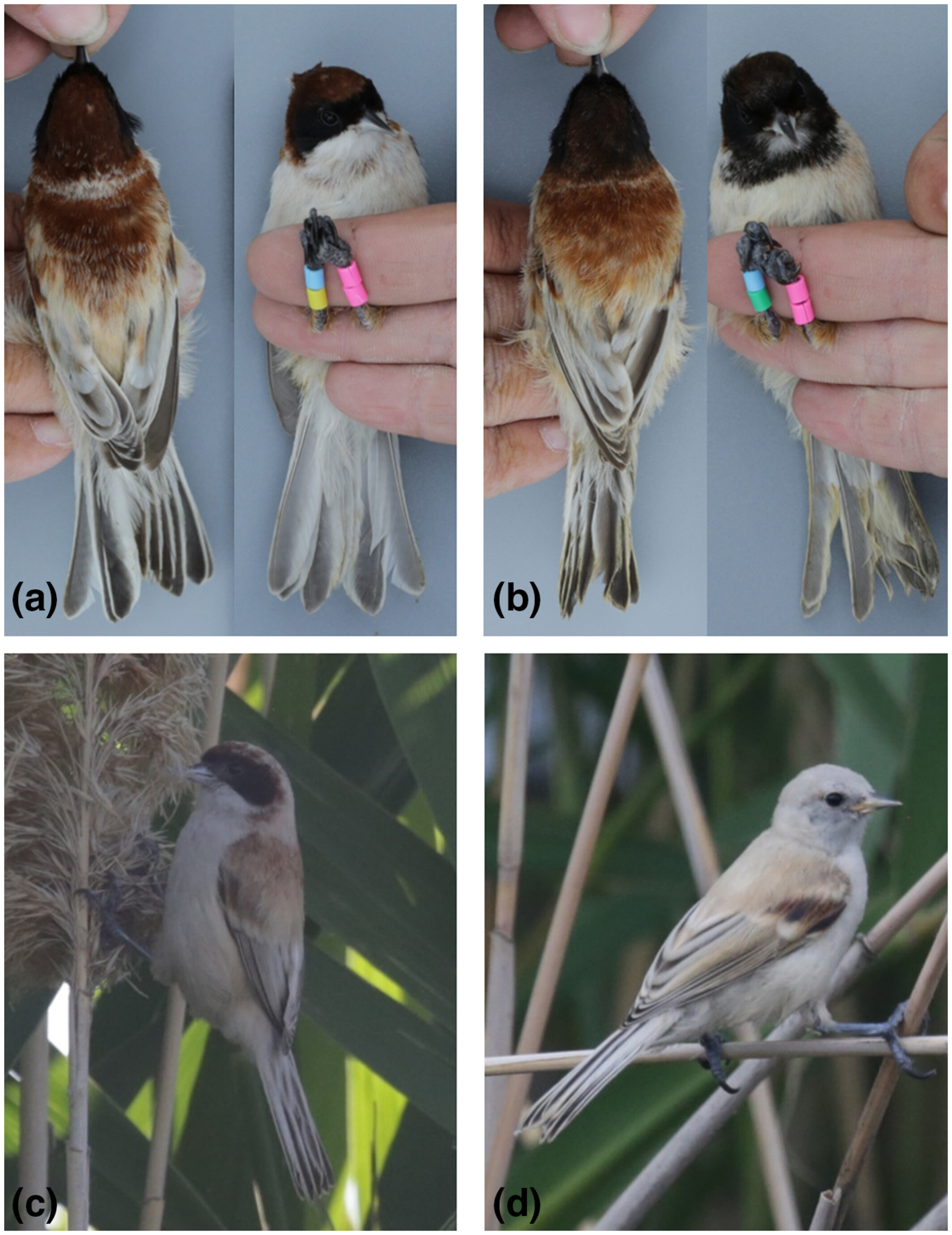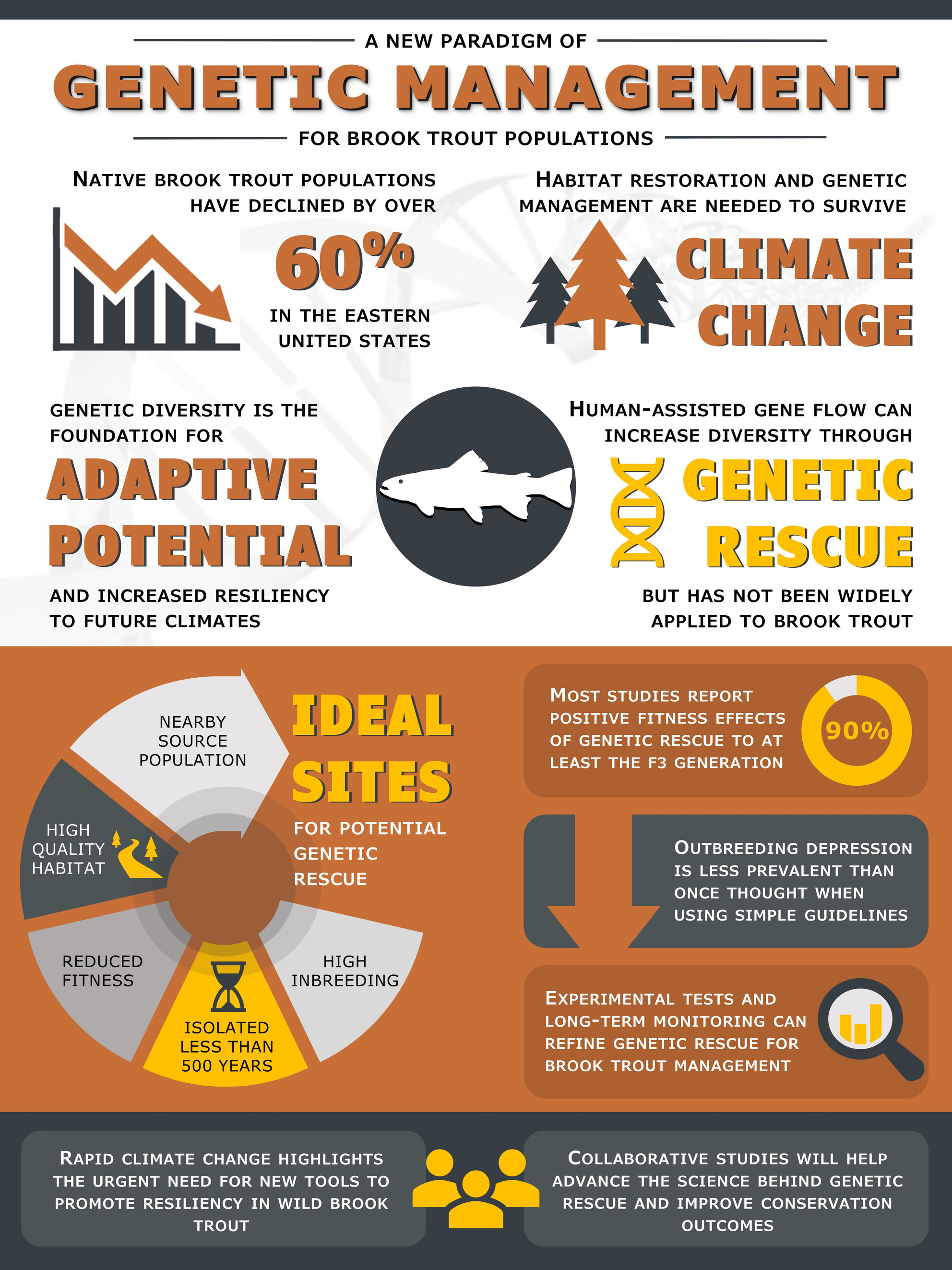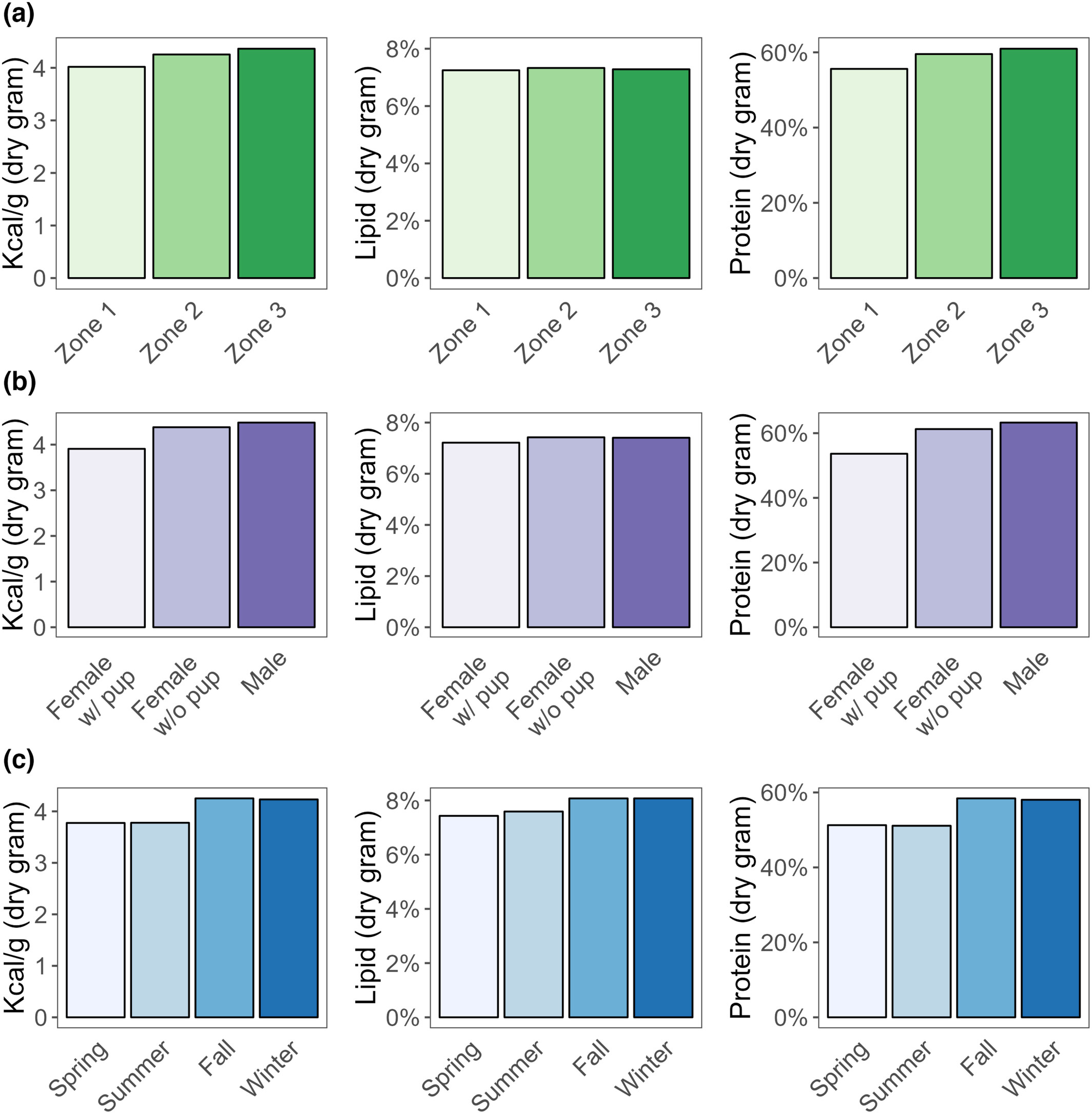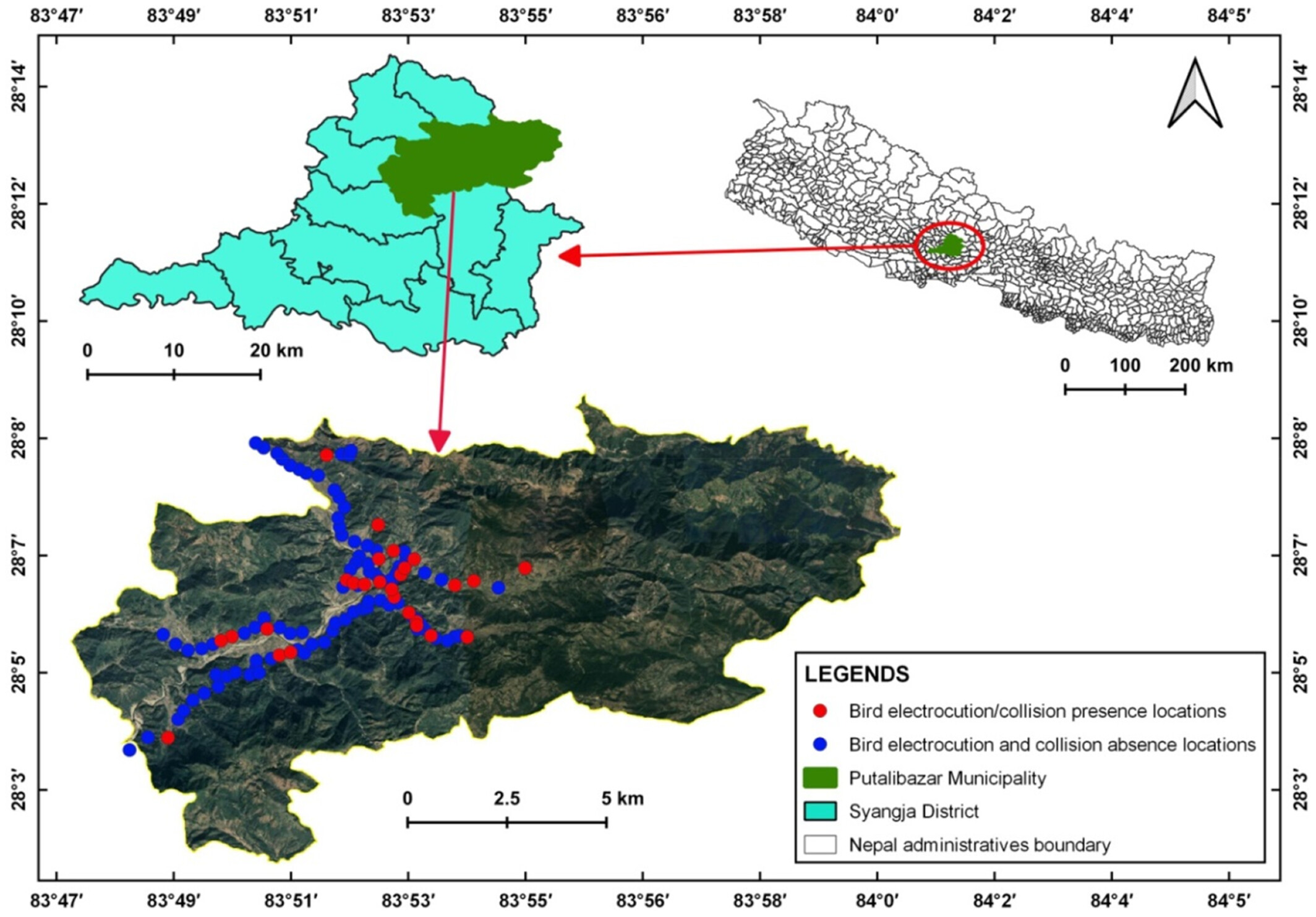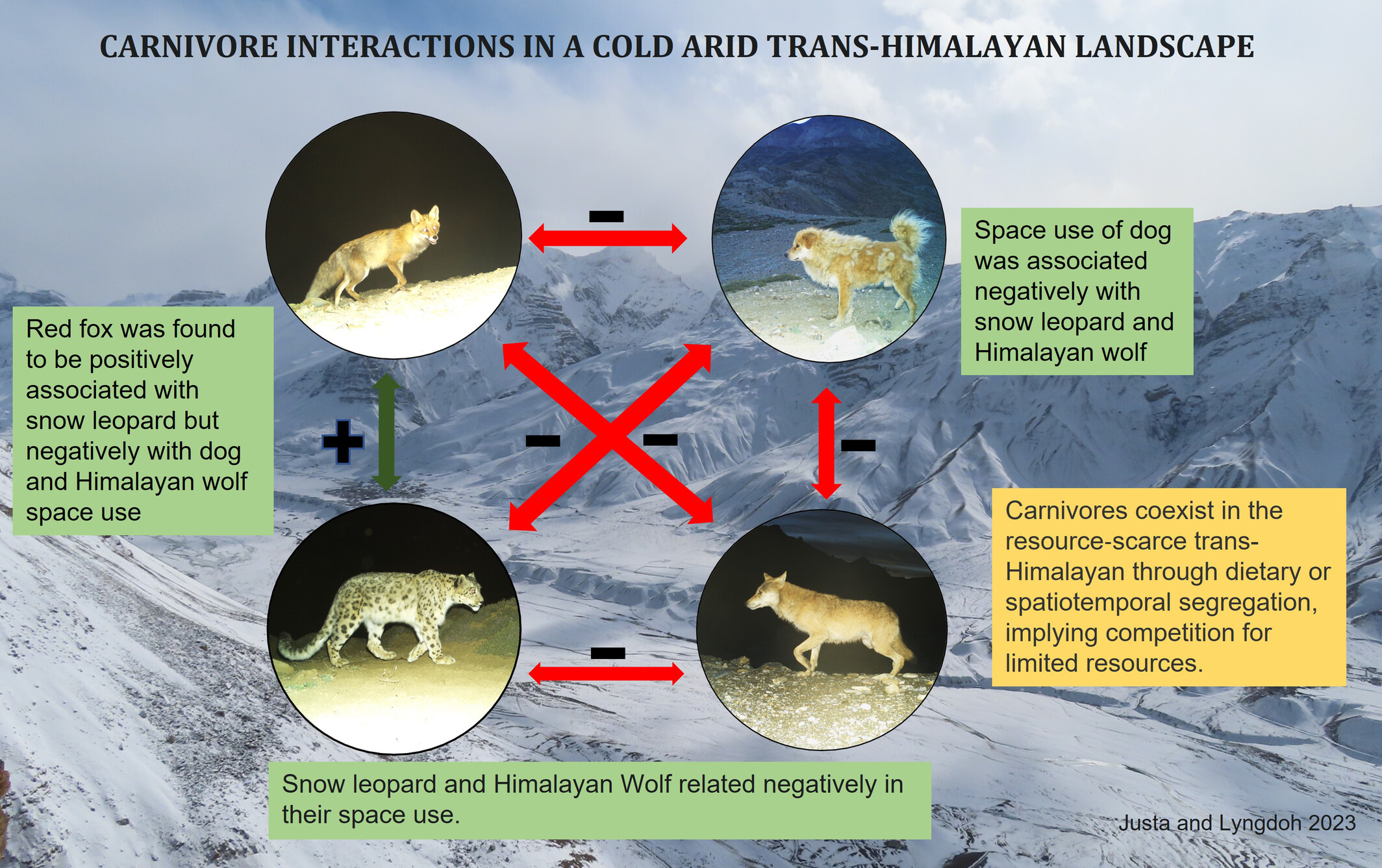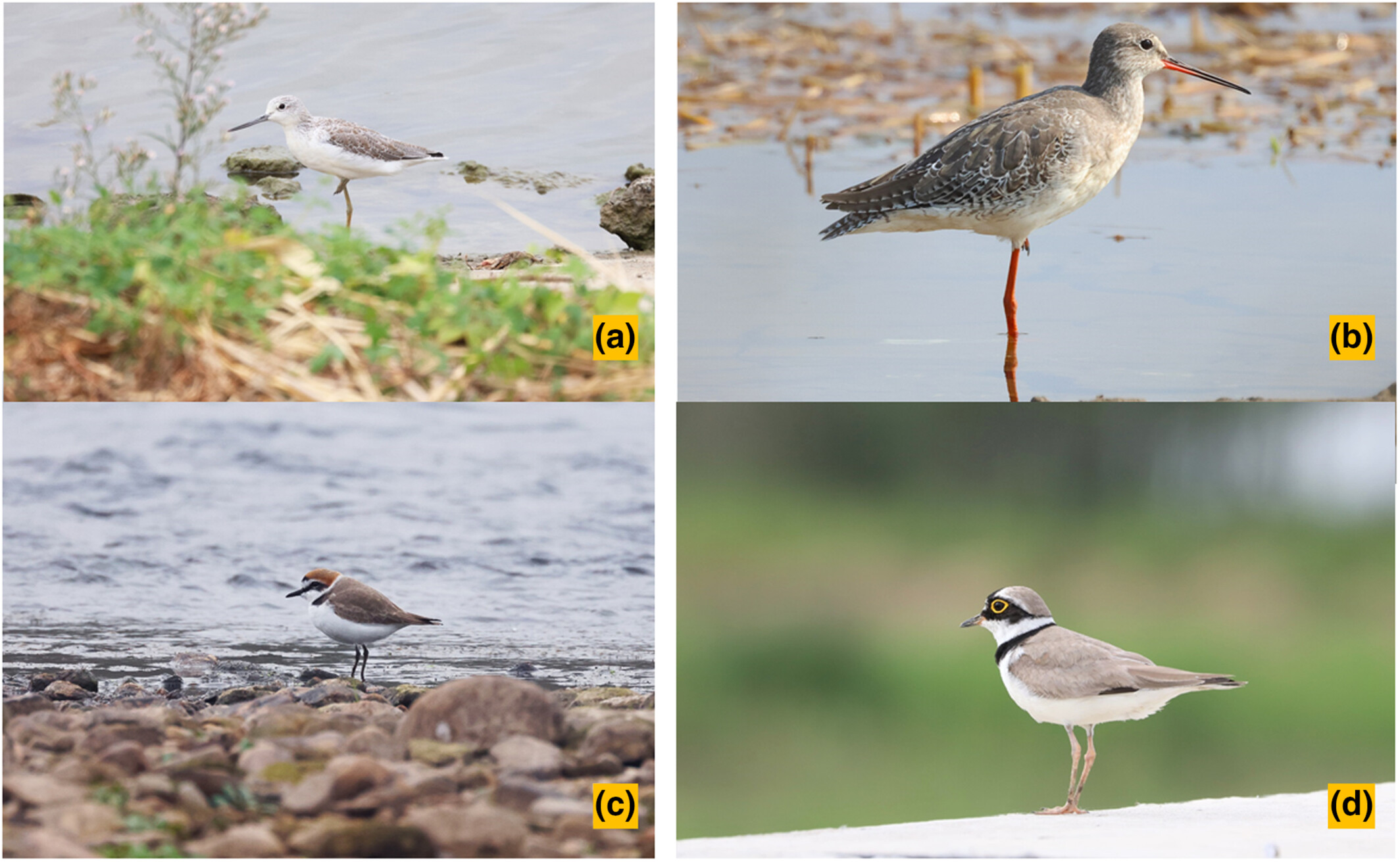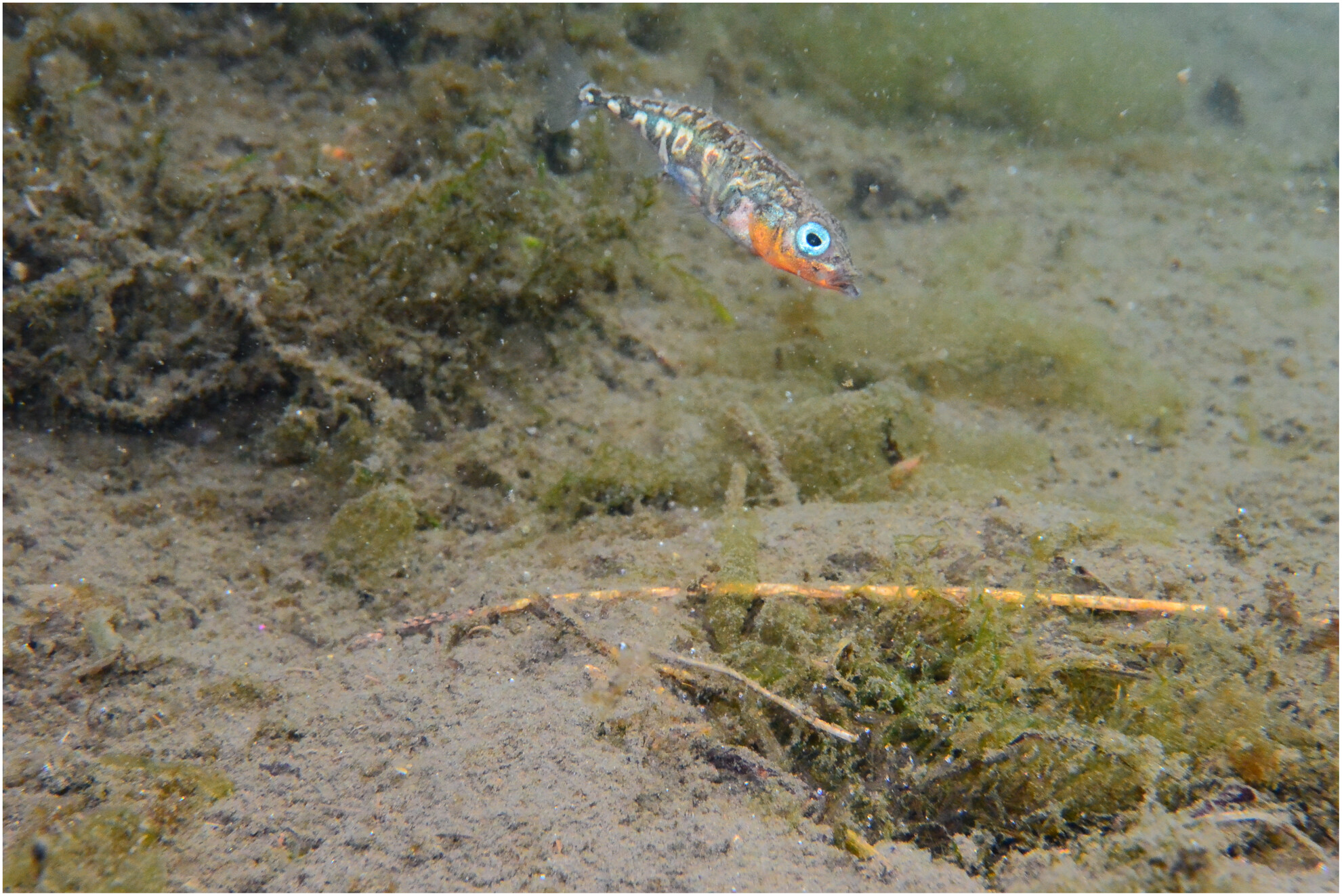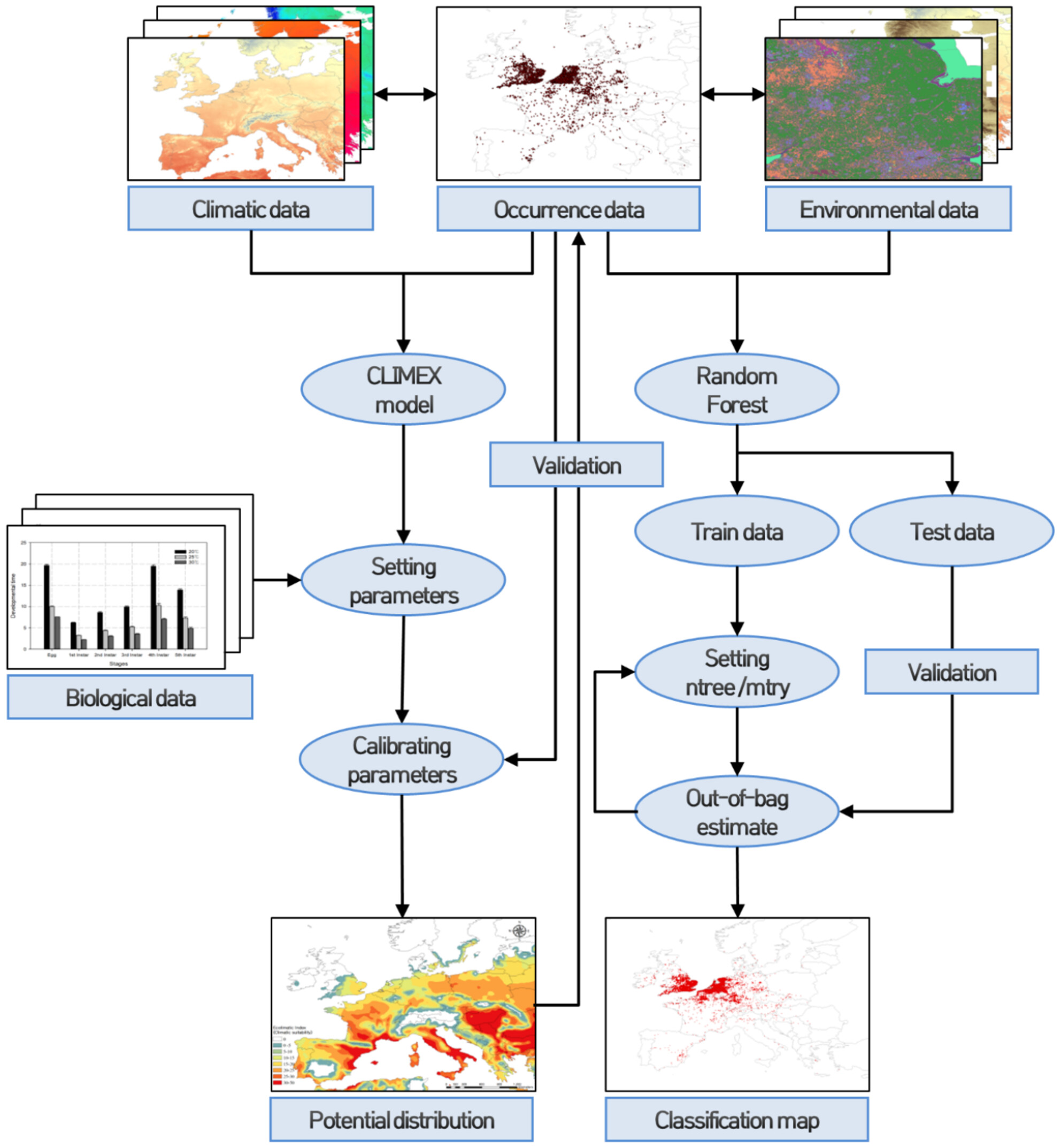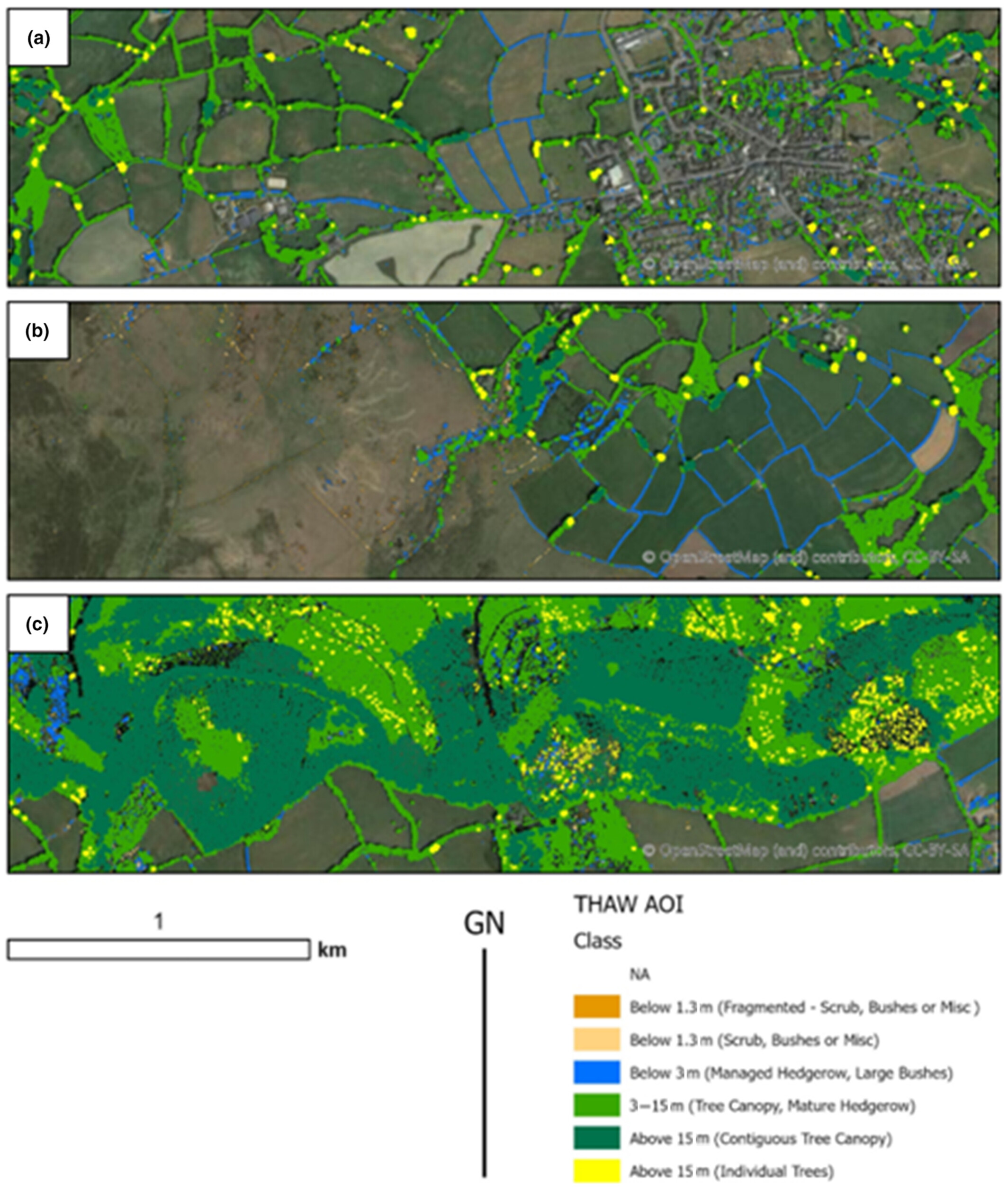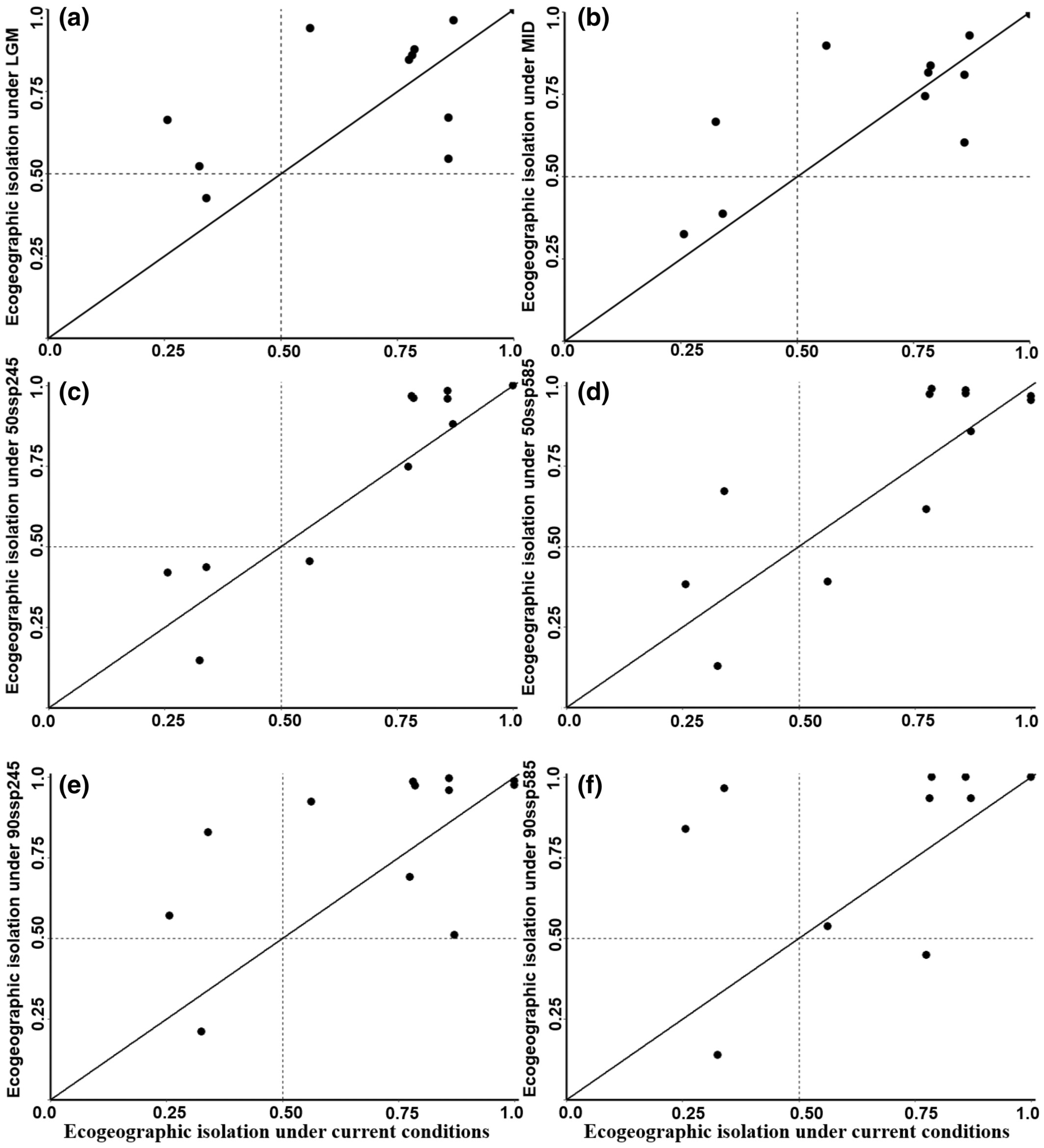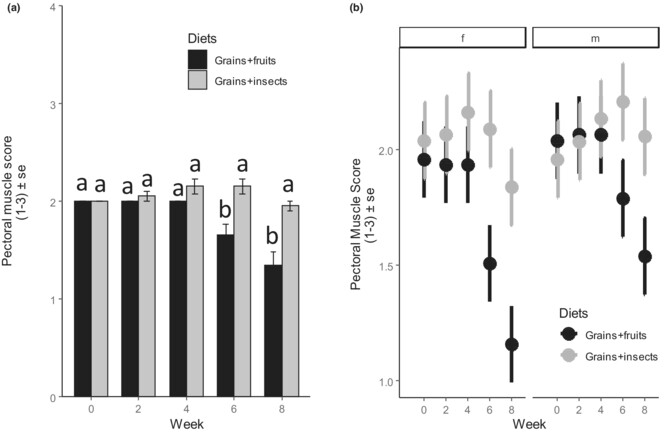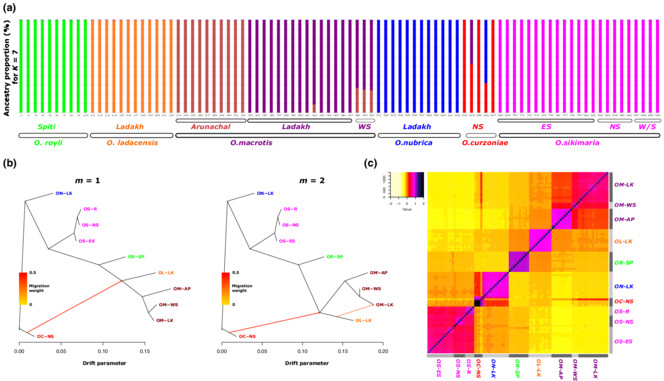Journal list menu
Export Citations
Download PDFs
ISSUE INFORMATION
ACADEMIC PRACTICE IN ECOLOGY AND EVOLUTION
Assessing opportunities and inequities in undergraduate ecological forecasting education
- First Published: 02 May 2023
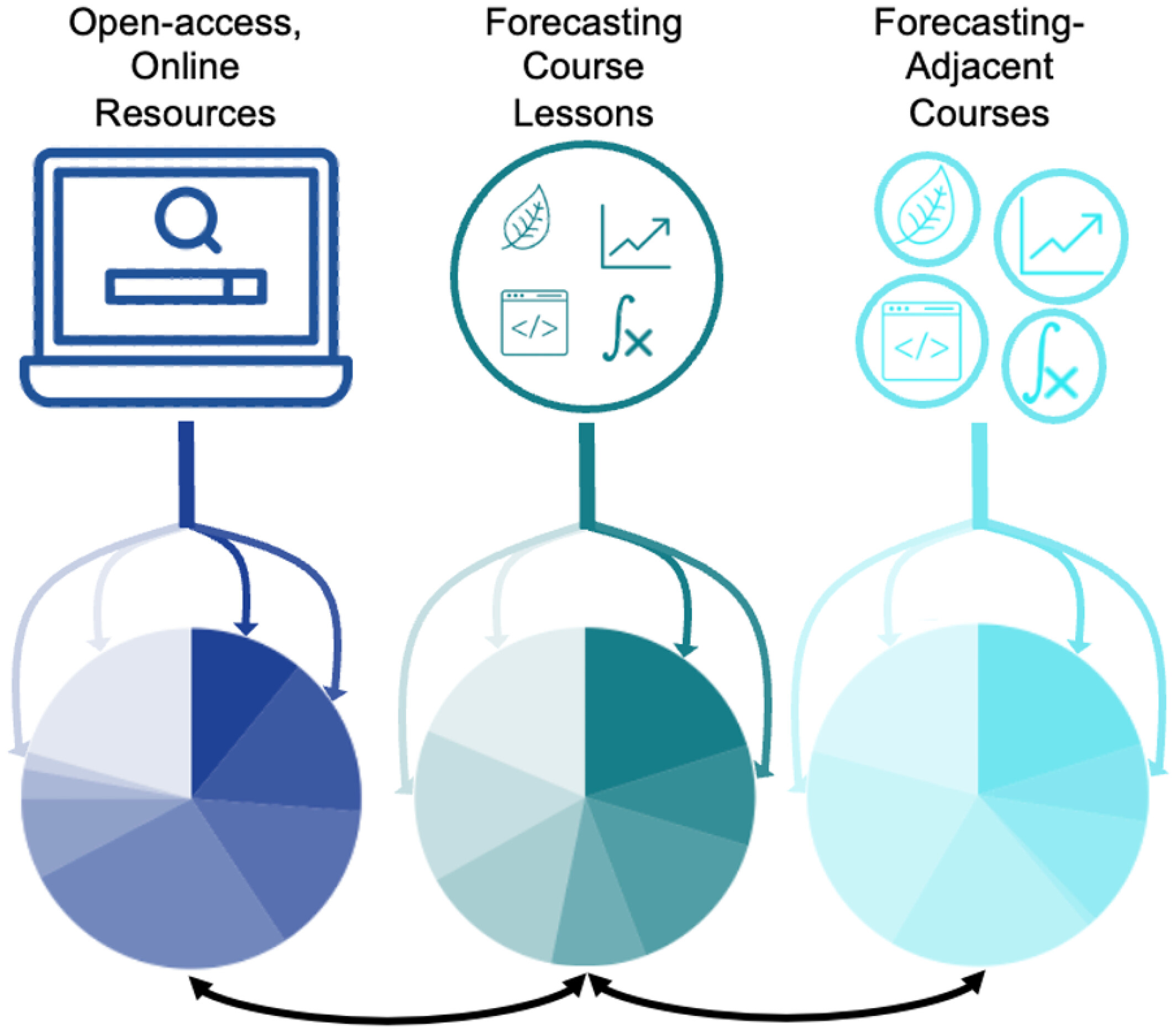
Ecological forecasting offers the ecology and environmental science community an opportunity to reflect on how to revise the existing undergraduate ecology curriculum to meet the needs of the 21st century. We capitalize on this opportunity by considering what educational resources exist and do not exist for teaching and learning ecological forecasting, as well as who has access to said resources. We present our methodology as an iterative process for curriculum revision that can be applied to the fields of ecology and environmental science more broadly.
NATURE NOTES
Habitat use, survival, and migration of a little-known East Asian endemic, the yellow-throated bunting Emberiza elegans
- First Published: 02 May 2023
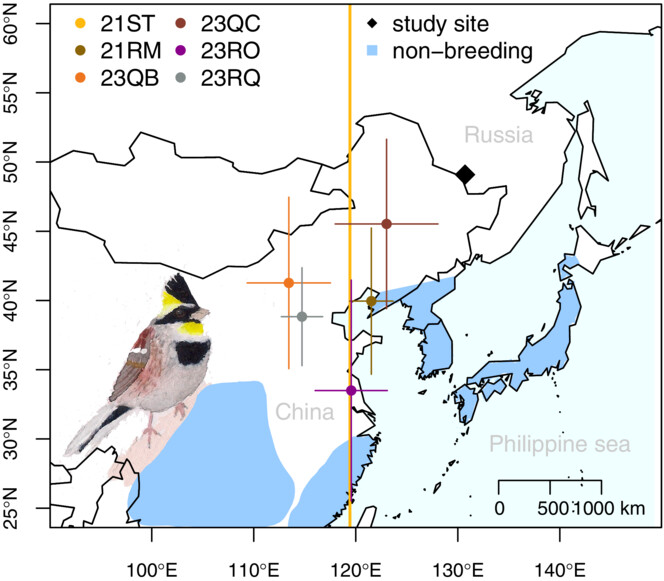
Basic information on the ecology of species is crucial for conservation. Here we provide data on breeding habitat use, survival rates, and spatiotemporal distribution for the little-studied yellow-throated bunting. We found that individuals breeding in the Russian Far East migrate to China during the boreal winter.
Postpartum cessation of urban space use by a female baboon living at the edge of the City of Cape Town
- First Published: 16 May 2023
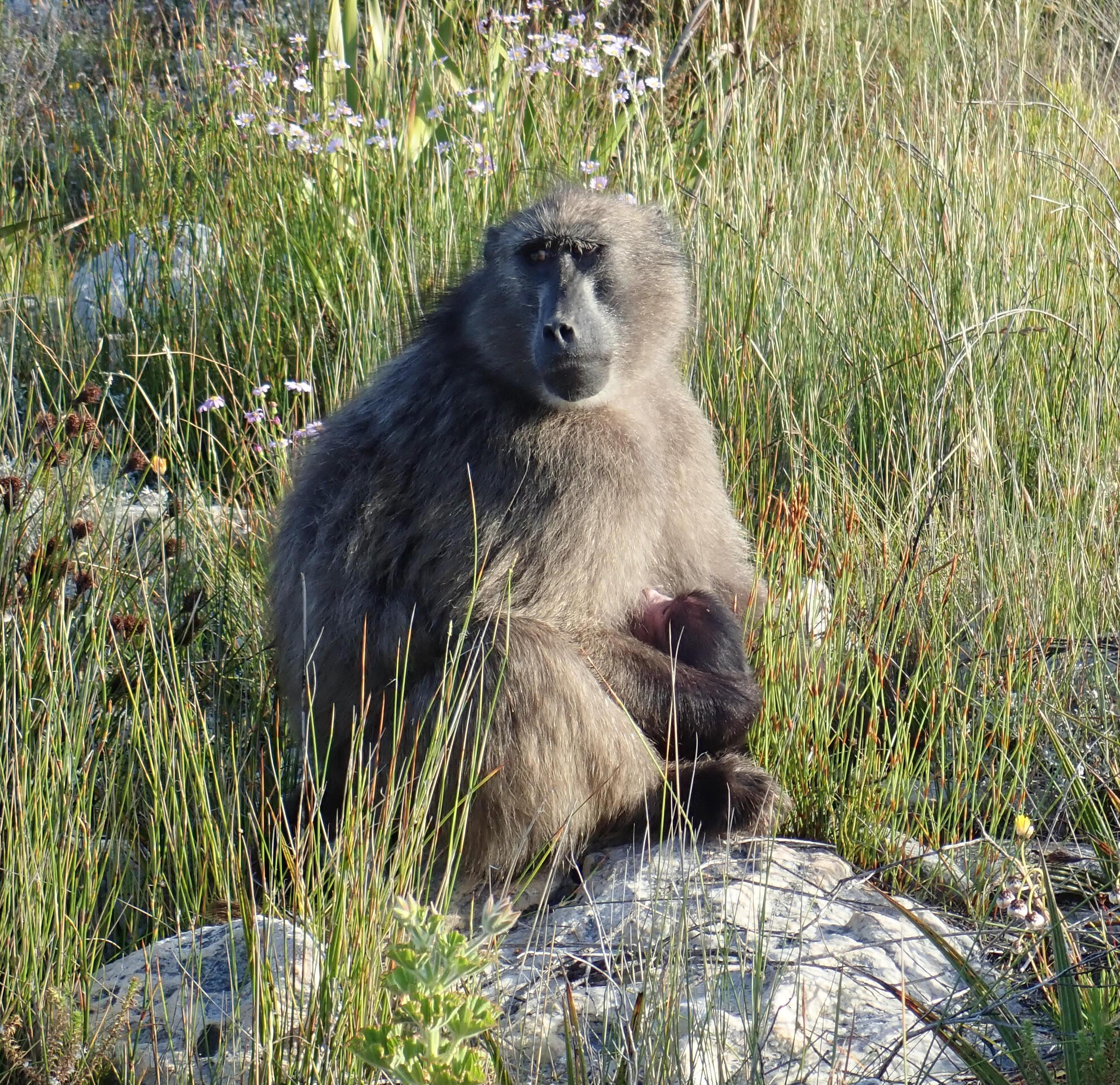
Using high-resolution GPS data we show that a female chacma baboon (Papio ursinus) who commonly ranges within urban spaces in the City of Cape Town, South Africa, stops using urban space after giving birth. We suggest this change occurs because of the risks the baboons face when leaving the troop and using urban space. This case study will be important for baboon management in the region, and provides insight into how life history events alter individuals' use of anthropogenic environments.
Interspecific coral competition does not affect the symbiosis of gall crabs (Decapoda: Cryptochiridae) and their scleractinian hosts
- First Published: 11 May 2023
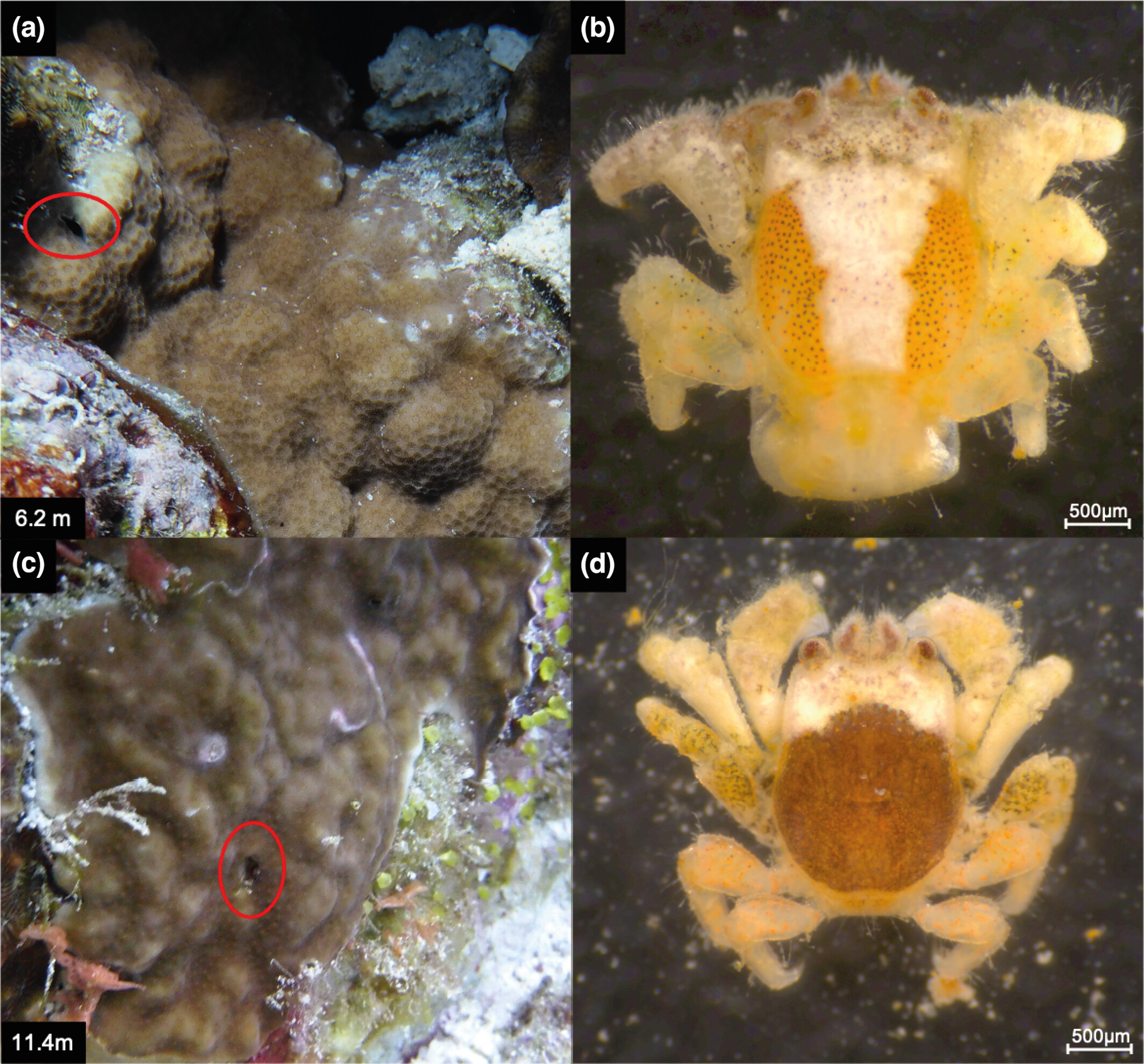
We report the first observation of coral-dwelling gall crabs inhabiting corals of the family Poritidae in the central Red Sea. Based on examination of the coral skeletons containing the crab dwellings, we hypothesize that the crabs initially settled on their preferred host (Agariciidae), which was subsequently outcompeted and overgrown by the Porites colonies. These findings give interesting insights into the adaptive potential of gall crabs to changes in their microenvironment and their ability to survive competition for space on coral reefs.
Phenotypic divergence in an island bee population: Applying geometric morphometrics to discriminate population-level variation in wing venation
- First Published: 10 May 2023
Predation of Daurian redstarts offspring in nest boxes by the Oriental magpie-robin and tree sparrow
- First Published: 11 May 2023
Opportunistic consumption of coral spawn by the ruby brittle star (Ophioderma rubicundum)
- First Published: 18 May 2023

Here, we document several instances of the ruby brittle star, Ophioderma rubicundum, capturing and consuming egg-sperm bundles of two scleractinian coral species during coral spawning events in the Cayman Islands and the Florida Keys. The consumption of coral gametes by adult brittle stars suggests an understudied trophic link between reef invertebrates and also provides evidence that ophiuroid–coral symbioses may shift between commensalism and parasitism depending on the ontogeny and reproductive status of both animals.
Citizen science facilitates first ever genetic detection of wolf-dog hybridization in Indian savannahs
- First Published: 17 May 2023
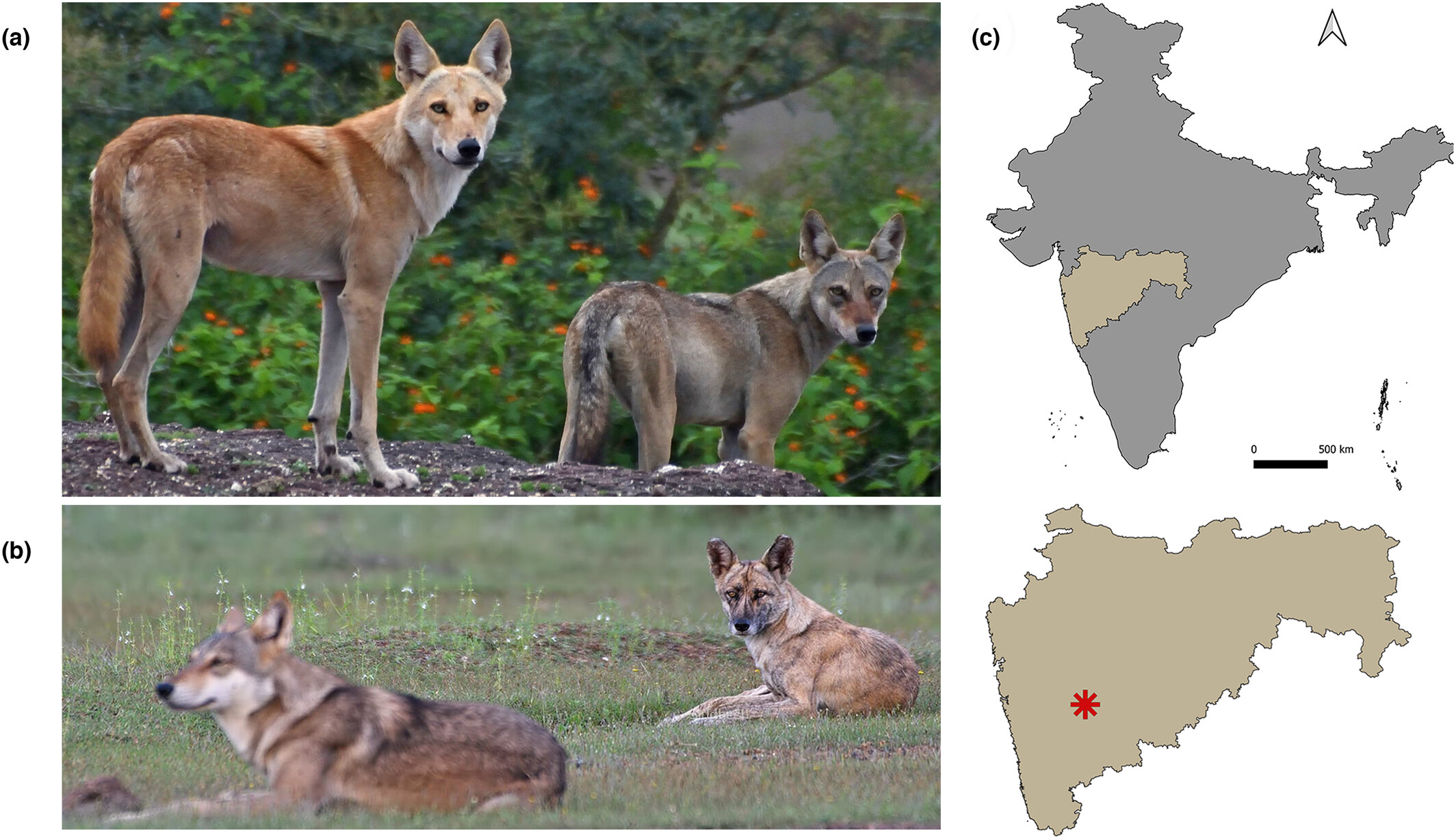
Free-ranging dogs can severely impact wildlife, especially other canid species through predation, scavenging, disease transmission, and hybridization. Detection and genetic discrimination of hybrids between dogs and gray wolves are challenging due to complex demographic history and close ancestry. In this study, we report the first-ever detection of a wolf-dog hybrid using genetic and photographic evidence in peninsular India with the help of citizen science.
First breeding record of the black-headed penduline tit (Remiz macronyx) in China
- First Published: 20 May 2023
Hitchhiking to the abyss
- First Published: 28 May 2023
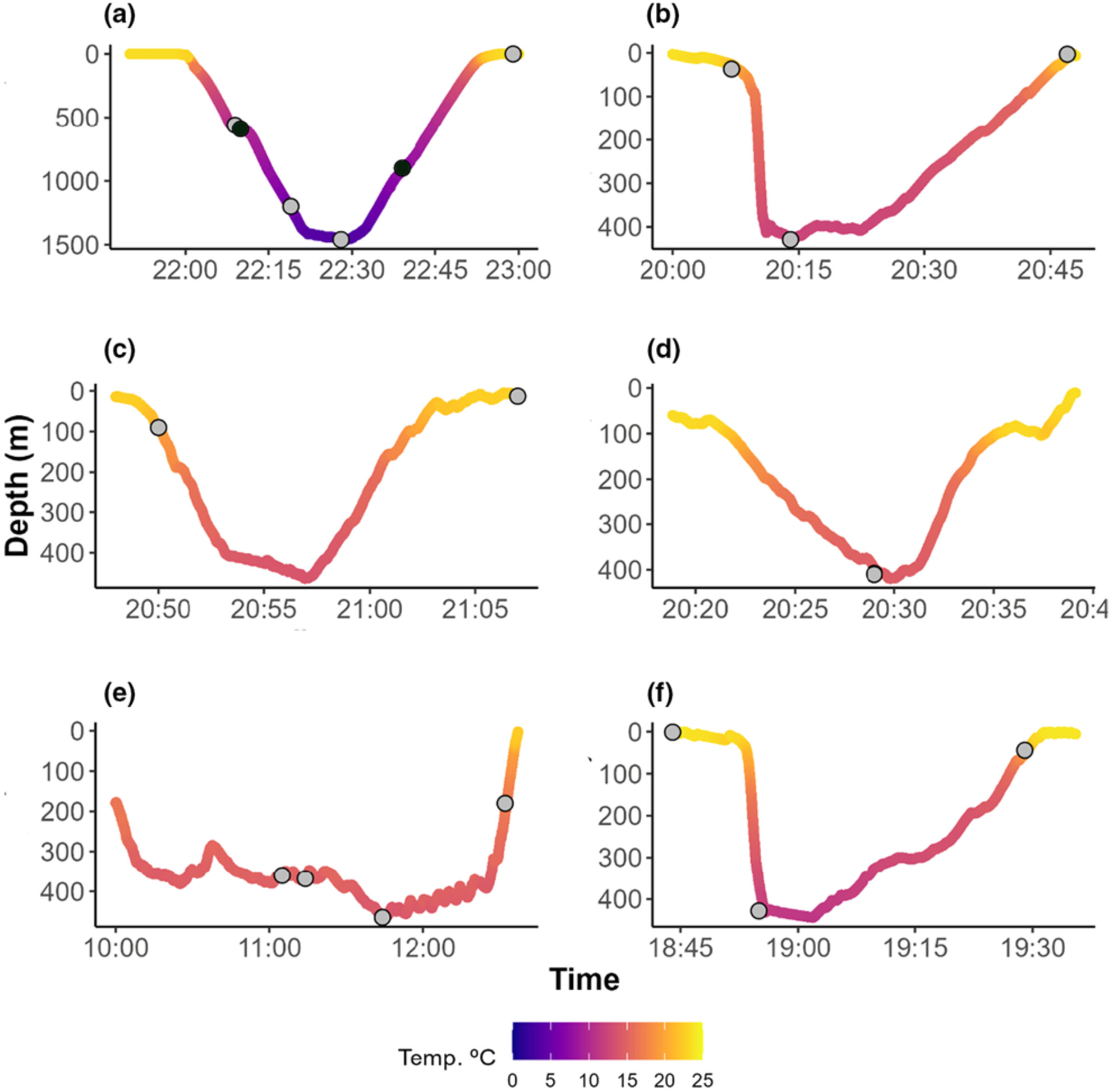
We found that common remora and the pilot fish are able to follow their hosts to bathypelagic depths, where they are exposed to extreme gradients of light, dissolved oxygen, temperature, and pressure. Although the adaptations that allow these hitchhikers to mitigate the impacts of such extreme environmental conditions remain unknown, we discuss these findings in the framework of the ecophysiology of deep diving and the hitchhiker-host fidelity.
REVIEW ARTICLES
A review of caracal and jungle cat diets across their geographical ranges during 1842–2021
- First Published: 25 May 2023
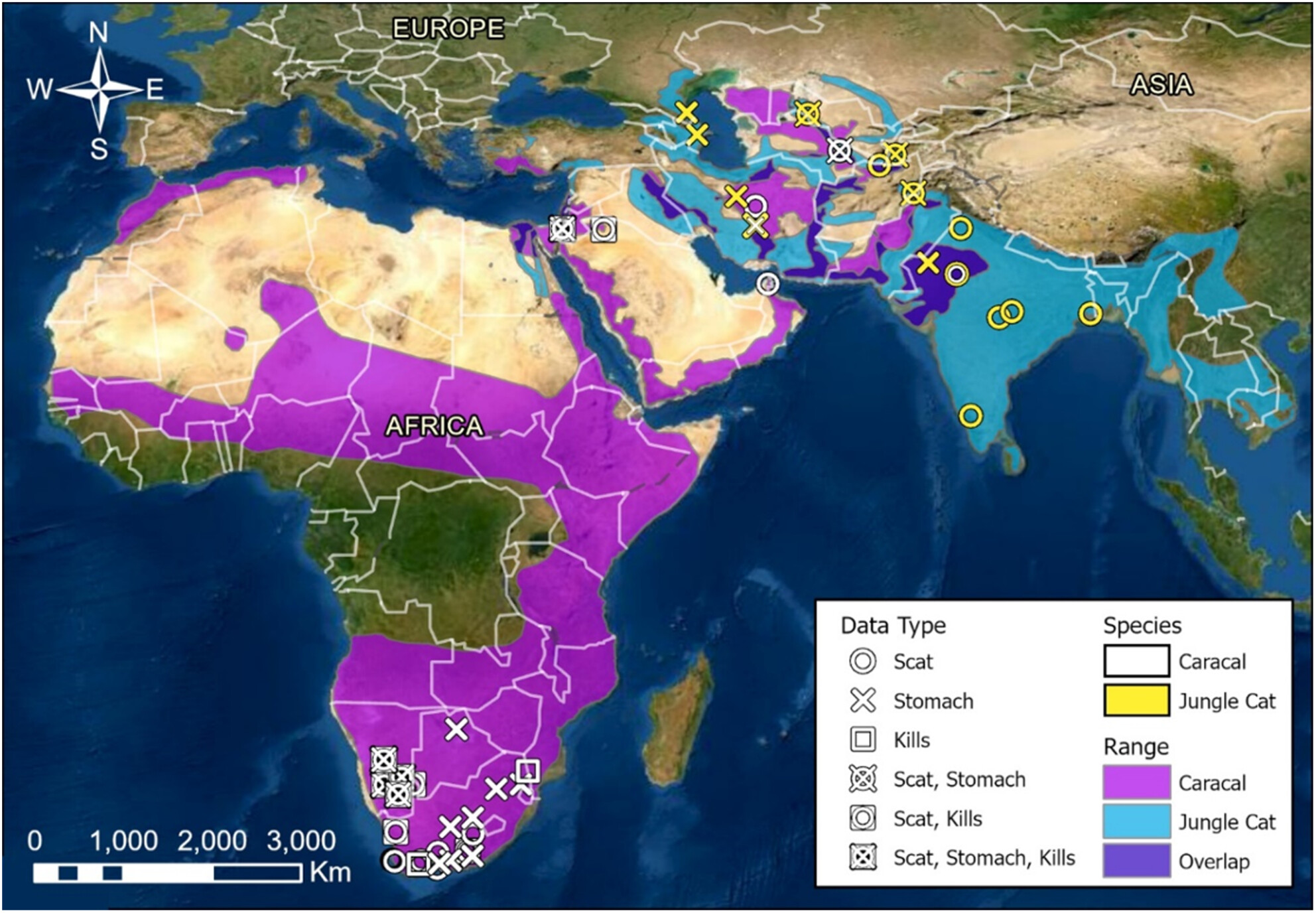
Co-occurring carnivore species that are phylogenetically related or of similar size, morphology, and ecological needs often reduce competition by partitioning shared resources through temporal, spatial, and dietary niche segregation via behavioral adaptations. Caracals (Caracal caracal) and jungle cats (Felis chaus) co-occur in portions of their geographical ranges and are expected to display resource segregation in these ranges. We compiled scat, stomach content, and prey remains found data from published and unpublished sources to summarize information on the diets of caracals and jungle cats across their geographical ranges during 1842–2021. We obtained 63 sources from 26 countries in Europe, Asia, and Africa, in which caracal diet included 151 species while jungle cat diet included 61 species. We found that caracals and jungle cats did not exhibit dietary niche partitioning and had greater dietary similarities in areas of range overlap. We also found that caracals consumed more diverse prey species including prey with greater average body mass compared to jungle cats. Our results suggest that greater prey diversity in areas of range overlap, caracal predation on wide range of prey, and opportunistic feeding behavior that facilitates consumption of more diverse prey species compared to jungle cats, may facilitate co-occurrence between these two felid species.
VIEWPOINT
Reproducibility in ecology and evolution: Minimum standards for data and code
- First Published: 10 May 2023
We call for journals to commit to requiring open data be archived in a format that will be simple and clear for readers to understand and use. If applied consistently, these requirements will allow contributors to be acknowledged for their work through citation of open data, and facilitate scientific progress.
Is now the time? Review of genetic rescue as a conservation tool for brook trout
- First Published: 25 May 2023
RESEARCH ARTICLES
Application of a deep learning image classifier for identification of Amazonian fishes
- First Published: 01 May 2023

To address the growing prevalence of large ecological datasets combined with a need for rapid species identification tools, we describe a novel application of a computer vision model, which is built to rapidly identify Amazonian fishes from captured image data. We describe using a unique combination of field and museum-sourced images to generate our training data, from which a validation subset was used to ensure model efficacy.
Potential new species of pseudaliid lung nematode (Metastrongyloidea) from two stranded neonatal orcas (Orcinus orca) characterized by ITS-2 and COI sequences
- First Published: 30 April 2023
Otterly delicious: Spatiotemporal variation in the diet of a recovering population of Eurasian otters (Lutra lutra) revealed through DNA metabarcoding and morphological analysis of prey remains
- First Published: 10 May 2023
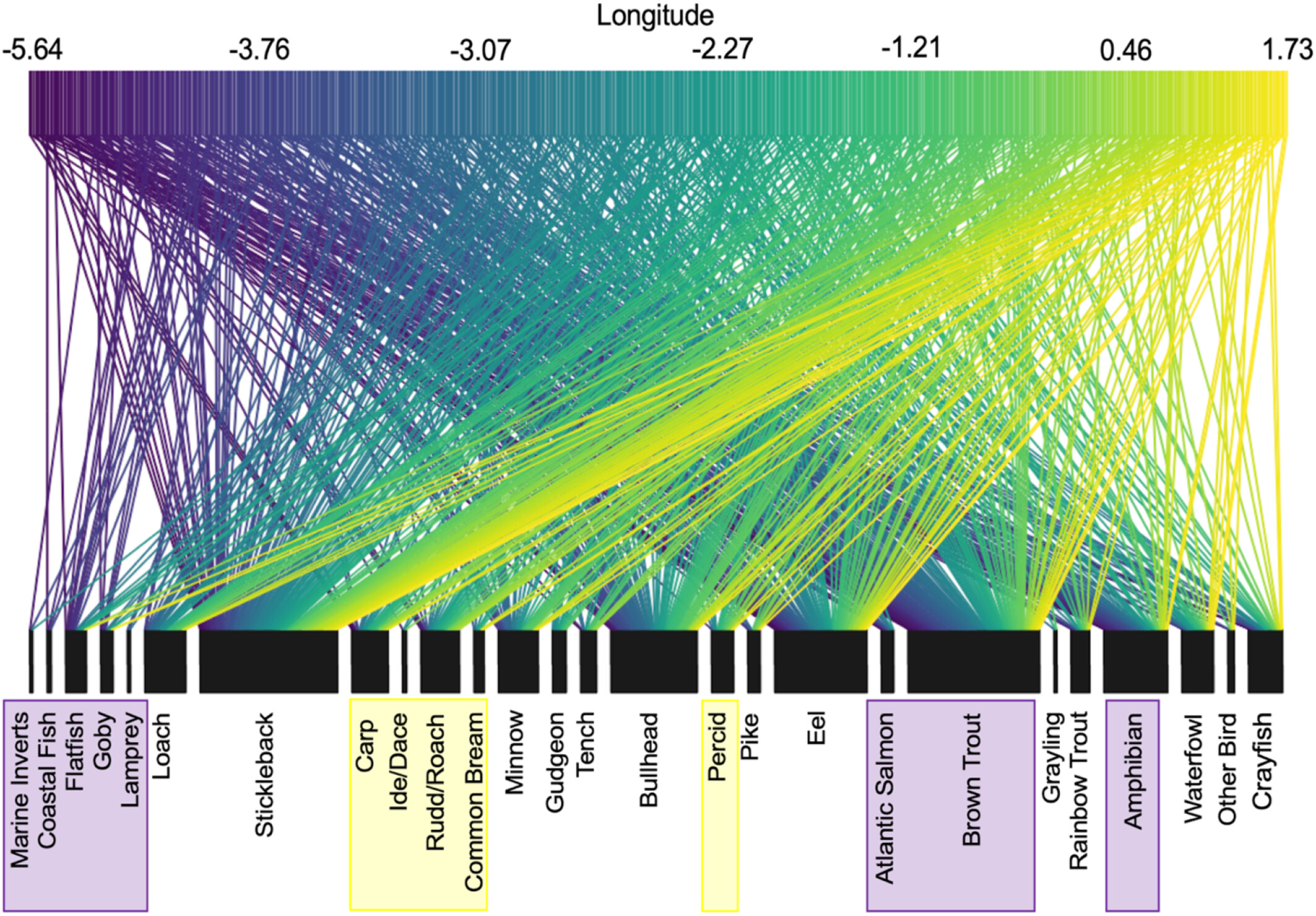
Our national scale investigation of the trophic ecology of a recovering apex predator over a decade using molecular tools highlights that prey distributions are likely to drive such species recoveries. We show that the trophic interactions of otters vary over spatial, temporal, and biological gradients and that their trophic generalism has likely been a significant factor in their proliferation and future resilience to change. Our data highlight the strength of applying molecular and morphological approaches to dietary analysis in tandem for increased trophic network completeness.
Season-dependent impact of forage quality on stress in alpine chamois
- First Published: 01 May 2023

Understanding the drivers of stress may have great potential for informing wildlife conservation. In this study, fecal cortisol metabolites were used as bioindicators of stress in chamois Rupicapra spp., and their relationship with forage quality was investigated. Forage quality negatively related to stress levels in chamois during the summer months, meaning that higher quality forage was associated with decreased stress levels, while in the winter months, we did not find a significant relationship, potentially as a result of forage quality being ubiquitously poor.
Earthworms increase forest litter mass loss irrespective of deposited compounds – A field manipulation experiment in subtropical forests
- First Published: 30 April 2023
Predicting geographic distribution and habitat suitability of Opuntia streptacantha in paleoclimatic, current, and future scenarios in Mexico
- First Published: 01 May 2023
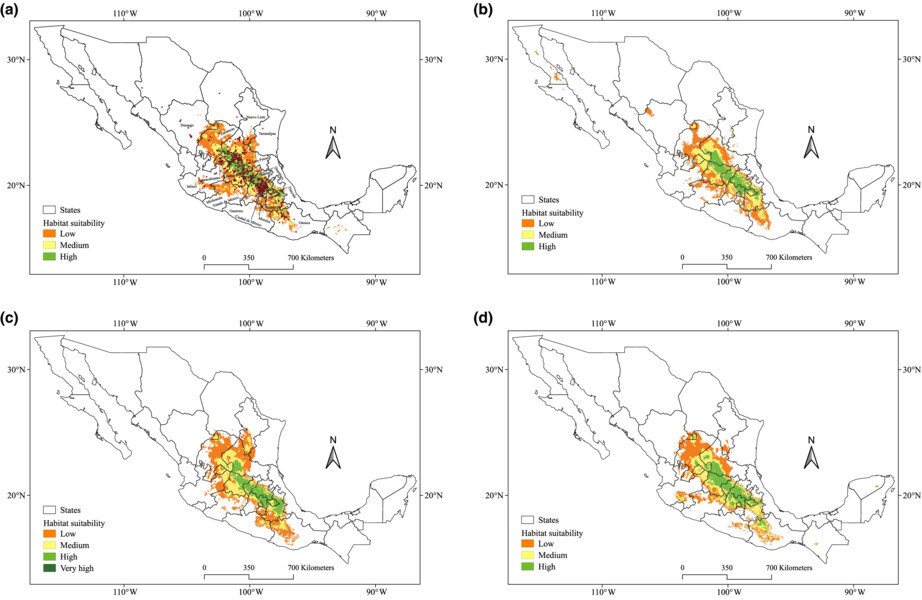
Potential distribution under paleoclimatic, current, and future conditions through maximum entropy and predictions was modeled for Opuntia streptacantha. In the interglacial period, its distribution was contracted and slightly north than current, with 42,850 km2 of optimal habitat including 27 km2 of very suitable habitat.
Maternal provisioning of an obligate symbiont in a sponge
- First Published: 02 May 2023
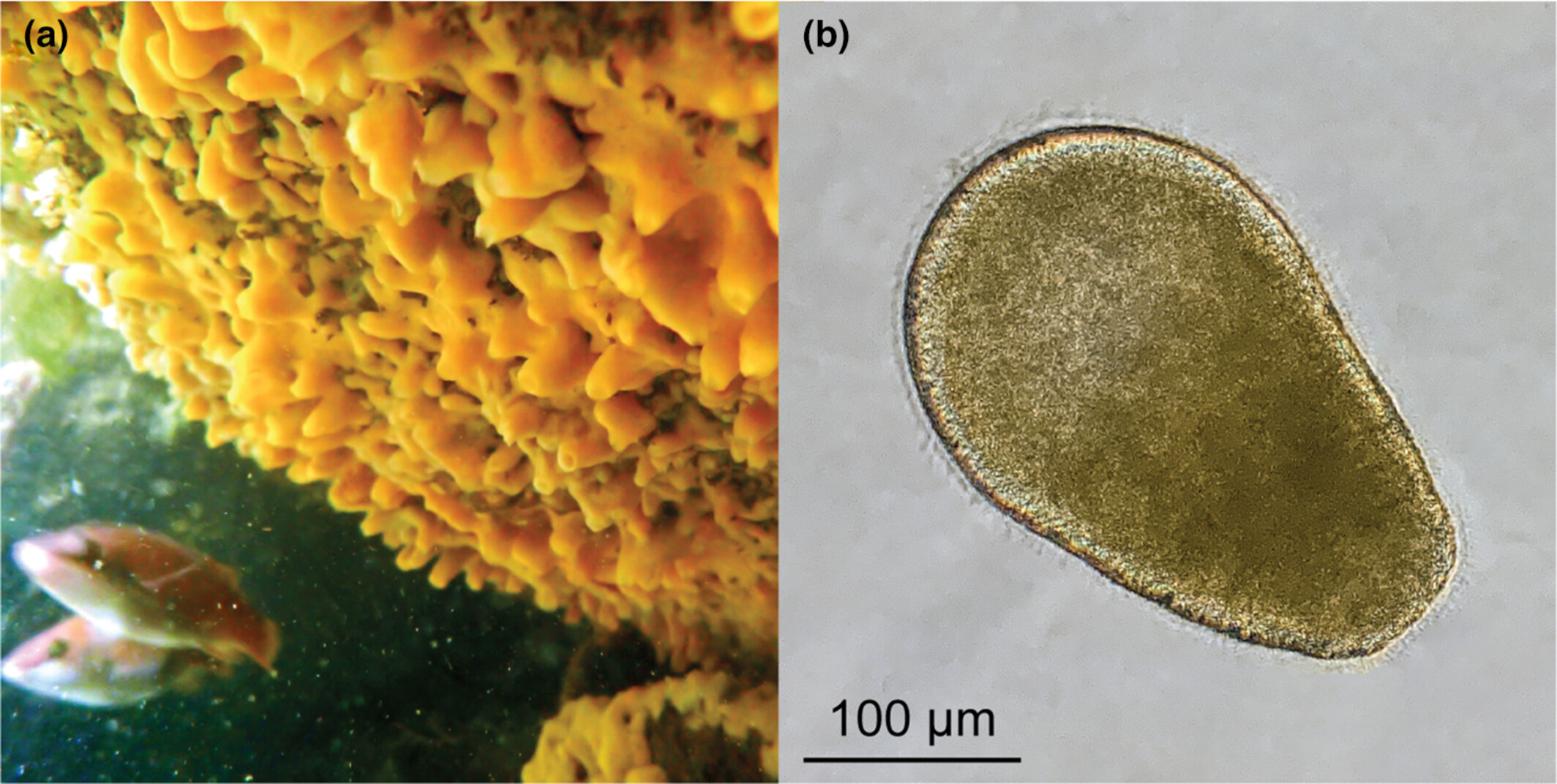
Transmission of microbes from mother to offspring is a widespread feature of metazoan life-history and, despite this, little is known about which quantitative strategies are taken to maintain symbioses across generations. Here, we observed that the sponge Halichondria panicea has a maternal pool of an obligate symbiont that is provisioned proportionally to reproductive output and allometrically by offspring size. A trade-off between offspring size and number is, by definition, maternal provisioning and parallel differences in the abundance of this obligate symbiont would suggest that this symbiont is also provisioned.
NATURE NOTES
Identity of the holotype and type locality of Rhabdophis leonardi (Wall, 1923) (Colubridae: Natricinae), with notes on the morphology and natural history of the species in southwestern China
- First Published: 02 May 2023
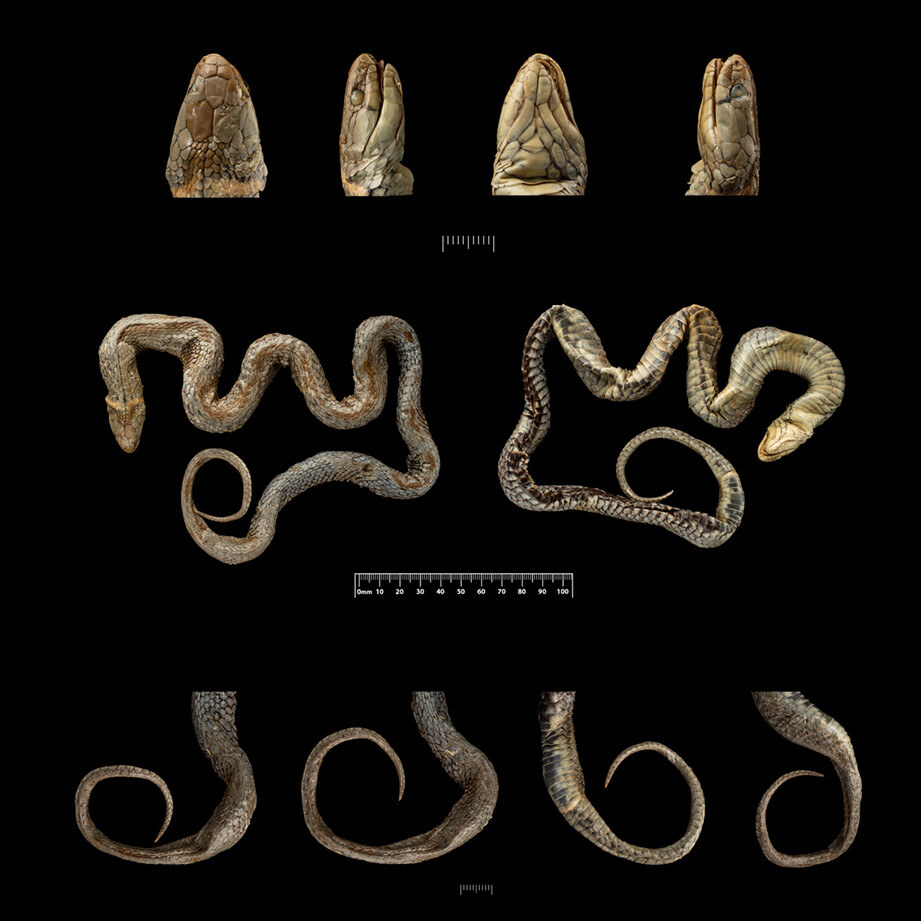
This manuscript has involved correcting a long history of misinformation concerning the identity of the holotype of Rhabdophis leonardi, the circumstances surrounding several collections of snakes from that region, the location and unusual colonial history of the type locality, and the relevance of these questions to the taxonomic history of the species.
RESEARCH ARTICLES
Empirical landscape genetic comparison of single nucleotide polymorphisms and microsatellites in three arid-zone mammals with high dispersal capacity
- First Published: 02 May 2023
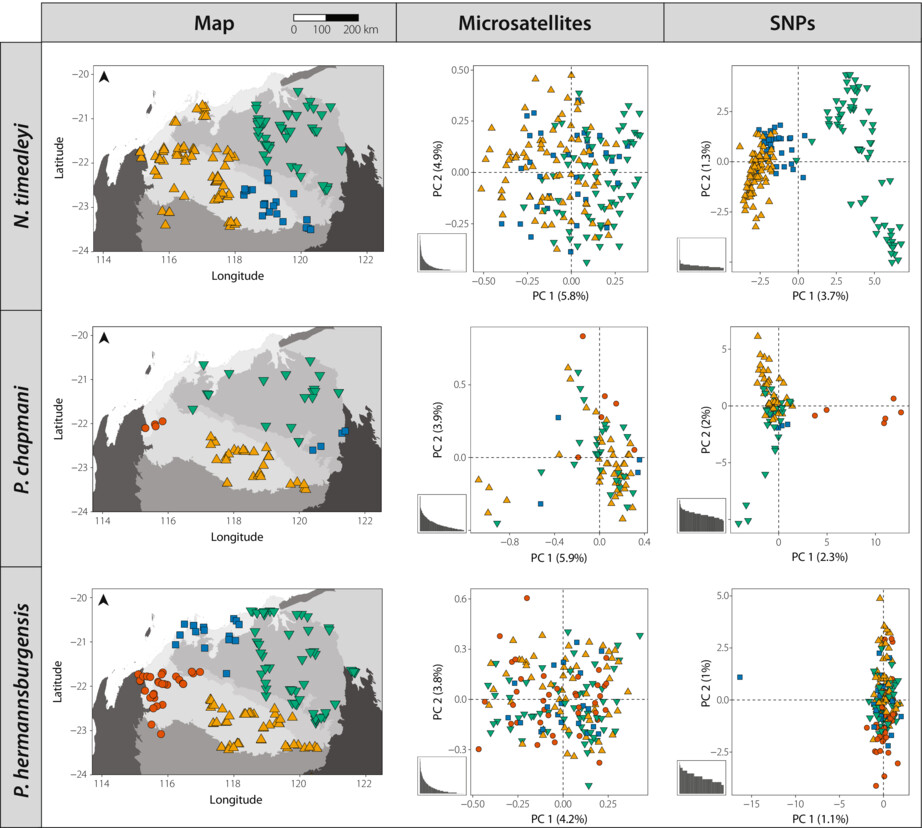
We evaluate landscape connectivity using two different genetic marker types across arid-zone mammals, which are underrepresented in the landscape genetics literature. We find that topography, substrate, and soil moisture are the main environmental drivers shaping connectivity and that single nucleotide polymorphism (SNP) markers provide finer-detailed ecological insight. To our knowledge, our study is the first to compare SNPs and microsatellites to empirically test isolation-by-resistance hypotheses.
Phylogenetic and functional trait-based community assembly within Pacific Cyrtandra (Gesneriaceae): Evidence for clustering at multiple spatial scales
- First Published: 04 May 2023
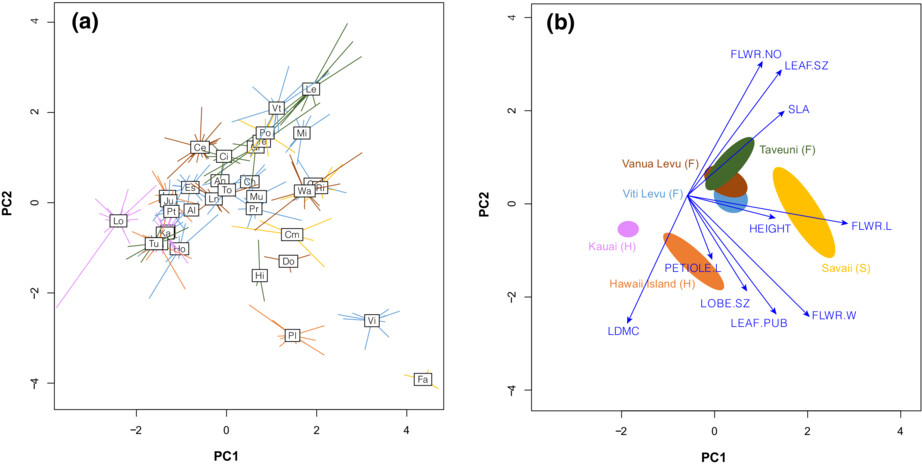
In the Pacific Basin, multiple Cyrtandra species are commonly observed to occur sympatrically in wet forest understories, forming swarms of what appear to be ecologically similar taxa. The aim of this study was to determine whether species of these plants are randomly assembled with respect to phylogenetic relatedness and traits that are ecologically relevant. The retention of phylogenetic signal in floral traits and the strong influence of these traits on the observed degree of phylogenetic clustering may indicate that pollinators act as a biotic filter for closely related species of Cyrtandra.
Variance components of sex determination in the copepod Tigriopus californicus estimated from a pedigree analysis
- First Published: 02 May 2023
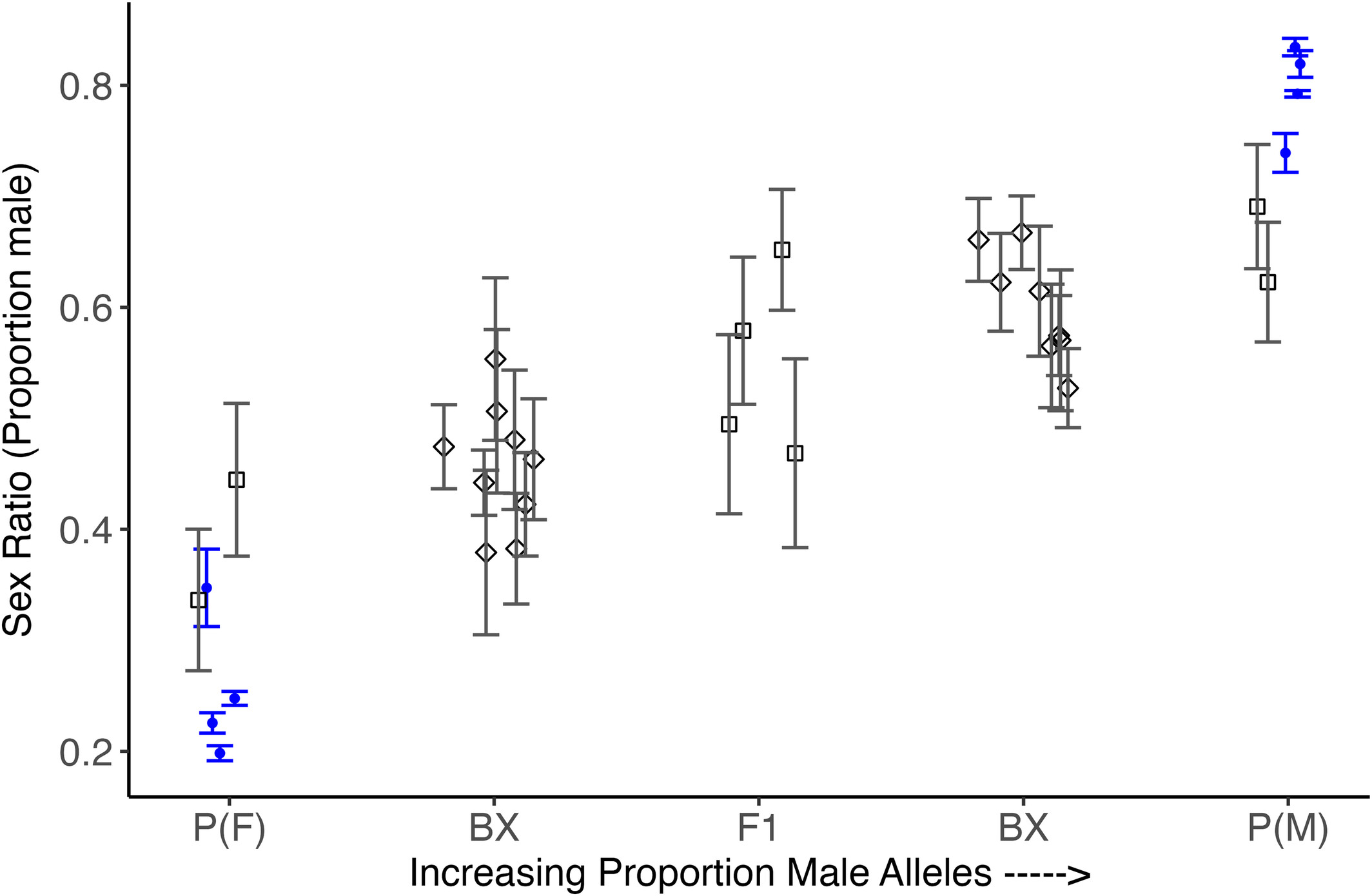
We use an incomplete diallel crossing design and the “animal model” for analysis of the variance components of sex determination in Tigriopus californicus. We confirm the presence of extra-binomial variance for sex, demonstrate that crosses and backcrosses of isofemale lines selected for biased brood sex ratios show intermediate phenotypic means, as expected if sex is a threshold trait determined by an underlying “liability” trait controlled by many genes of small effects, and estimate heritability of an individual to be male or female on the observed binary scale as 0.09 (95% CI: 0.034–0.14). This work furthers our accumulating evidence for polygenic sex determination in T. californicus.
Four conservation challenges and a synthesis
- First Published: 02 May 2023
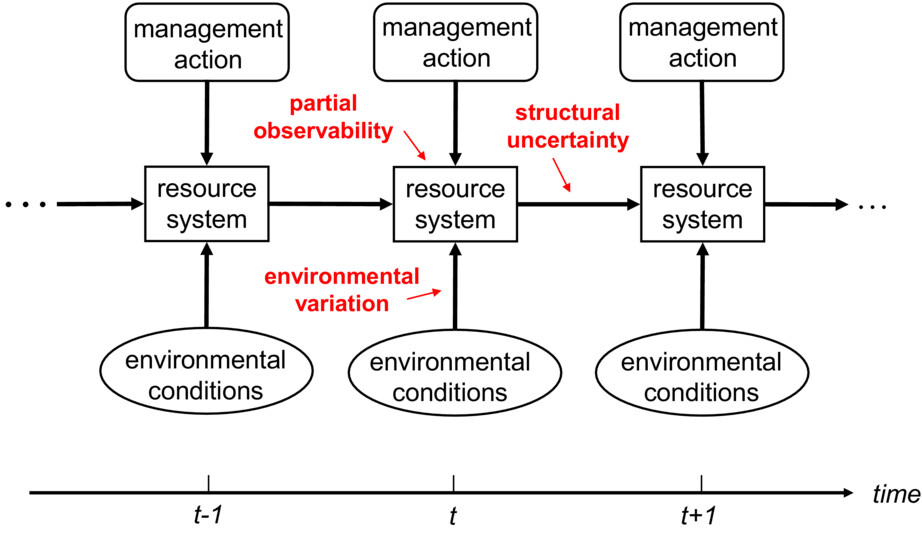
Four ubiquitous challenges to effective conservation are as follows: prediction of the future impacts of decisions; inability to observe biological systems fully; uncertainty about system structure; and nonstationary system dynamics. We present a basic Markovian framework, encompassing approaches to all four challenges, which features technical linkages among the challenges and thus allows synergies in solution approaches for particular conservation problems. The framework offers the potential to improve conservation outcomes with strategies that allocate management resources more efficiently and avoid negative consequences.
The impact of small groups on pre- and postcopulatory sexual selection in polyandrous populations
- First Published: 02 May 2023
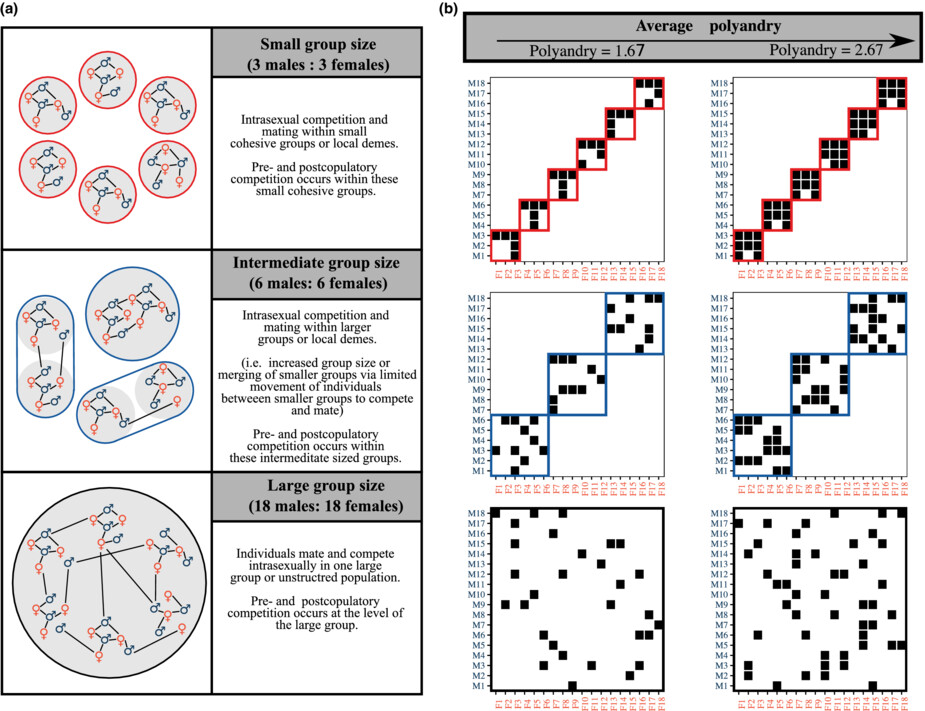
A key goal in sexual selection research is to understand the role that polyandry plays in shaping the strength of sexual selection and the relationship between pre- and postcopulatory sexual selection. Here, I use simulations of mating competition within populations that vary in the size of groups they contain, to show that variation in group size, and in particular small groups, influences sexual selection. I show that the operation of pre- and postcopulatory sexual selection is governed by the size of groups within populations because smaller group sizes constrain the structure of sexual networks leading to reinforcing episodes of pre- and postcopulatory sexual selection. Given the tendency for experimental sexual selection research to study replicate small groups, these effects have implications for our understanding of the operation of sexual selection in polyandrous populations.
Macronutrient composition of sea otter diet with respect to recolonization, life history, and season in southern Southeast Alaska
- First Published: 02 May 2023
Integrating multiple sign types to improve occupancy estimation for inconspicuous species
- First Published: 15 May 2023

Standard occupancy models enable unbiased estimation of occupancy by accounting for observation errors such as missed detections (false negatives) and, less commonly, incorrect detections (false positives). We developed a “multi-sign” occupancy approach to model the detection process separately for unique sign types and used this method to improve estimates of occupancy dynamics for an inconspicuous species, the American pika (Ochotona princeps). We demonstrated that a “multi-sign” approach to dynamic occupancy modeling and the inclusion of false detection errors have strong potential to generate more robust estimates of occupancy dynamics and account for variation in sign-type reliability for inconspicuous species than standard occupancy modeling approaches.
Incidence of shark-inflicted bite injuries on Australian snubfin (Orcaella heinsohni) and Australian humpback (Sousa sahulensis) dolphins in coastal waters off east Queensland, Australia
- First Published: 03 May 2023
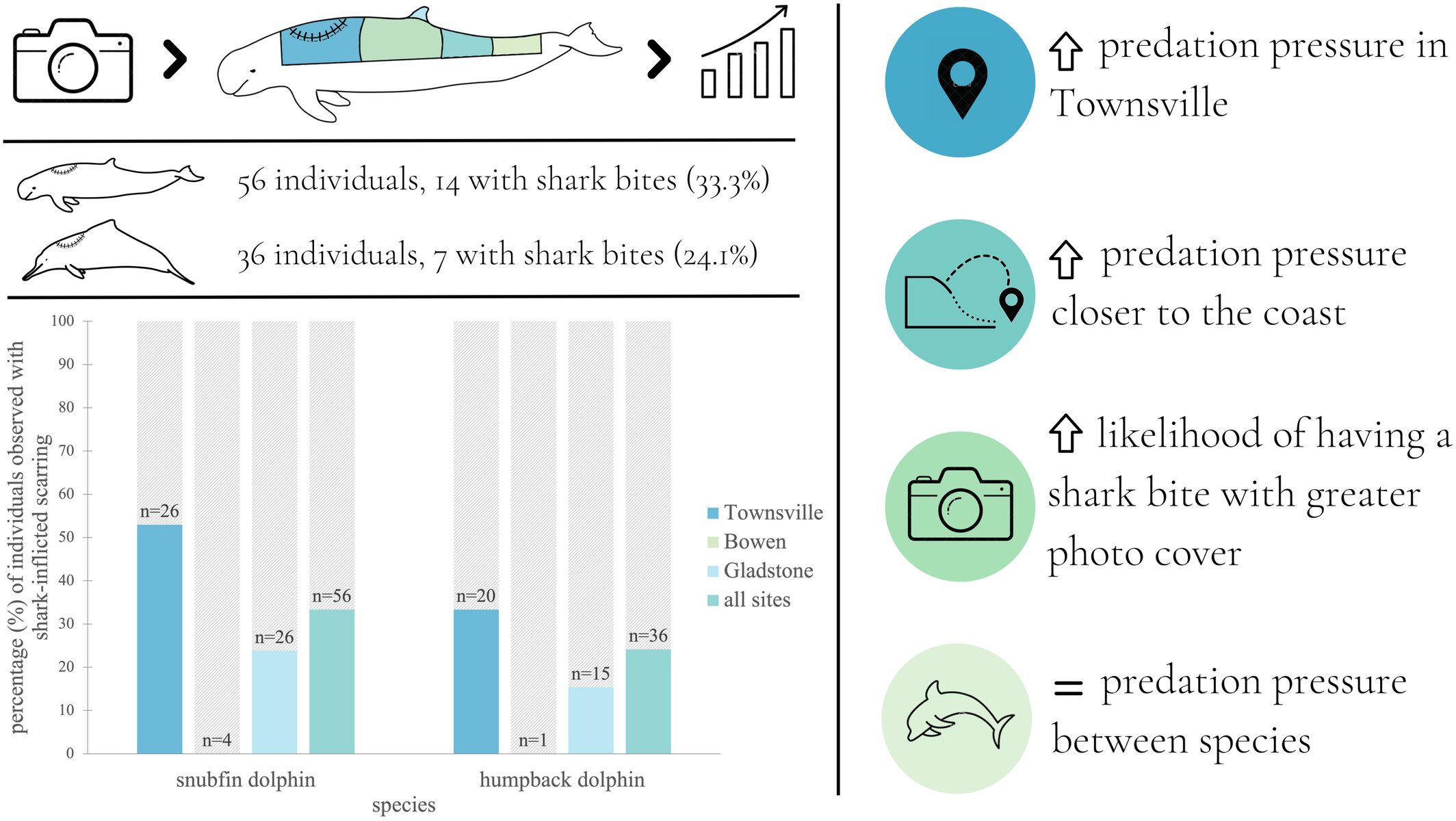
This study used photographs of Australian humpback and snubfin dolphins from north, central, and south Queensland to assess the incidence of shark-inflicted bite injuries on these species and to examine interspecific differences in bite injuries and their relationship with group sizes, habitat features and geographical locations characteristic of where these individuals occurred. The results show that both species are subject to predation from sharks, predation pressure is similar across the two species, and individuals are more likely to have a shark-inflicted injury if they occur closer to the coast, in Townsville, and have greater photographic coverage. This highlights the importance that habitat features such as distance to the coast and geographical location could play in predation risk of dolphins from sharks, as well as the importance of considering photographic coverage when assessing the incidence of shark-inflicted bites on dolphins or other marine animals.
Microplastic burden in invasive signal crayfish (Pacifastacus leniusculus) increases along a stream urbanization gradient
- First Published: 03 May 2023
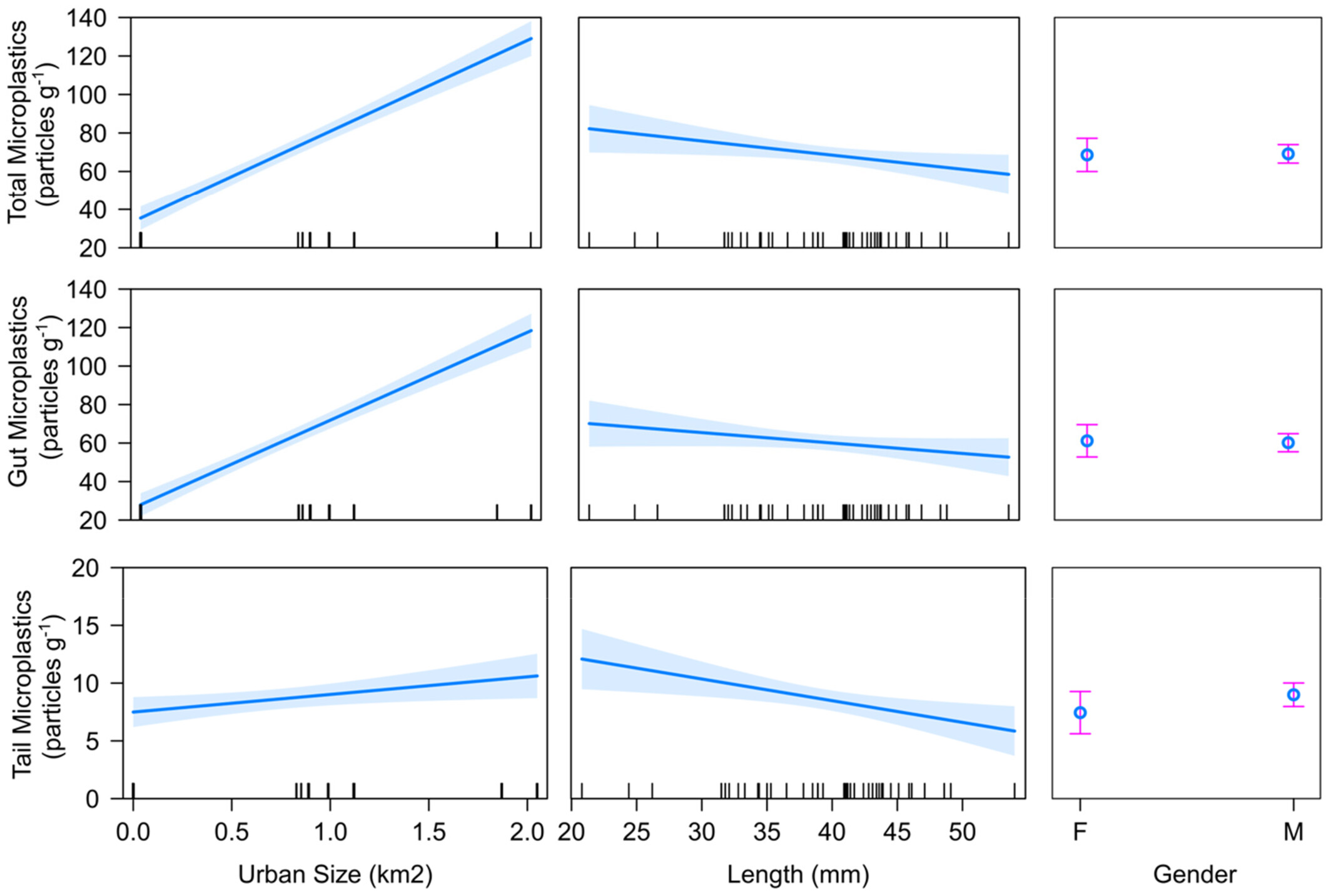
This study investigated the presence of microplastics in the invasive signal crayfish Pacifastacus leniusculus along a stream urbanization gradient. The results demonstrate a ubiquitous presence of microplastics in crayfish digestive tracts at all sites and provide the first evidence of microplastic accumulation in tail tissue. Our results extend the current understanding of microplastics presence in freshwater ecosystems and demonstrate their presence in crayfish in the wild for the first time.
Species asynchrony stabilizes productivity over 20 years in Northeast China
- First Published: 03 May 2023
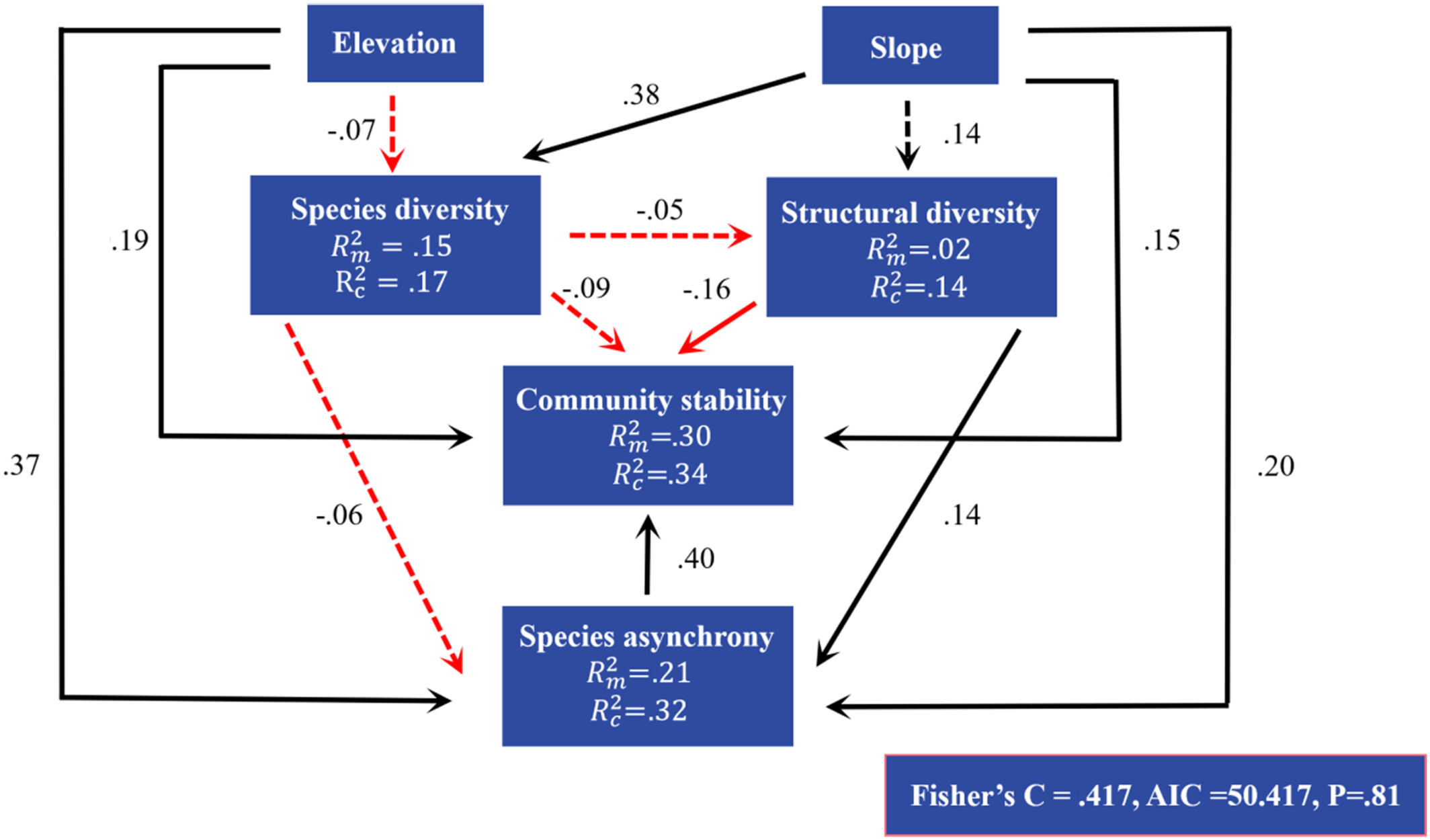
Piecewise structural equation model (pSEM) was utilized to disentangle how diversity, topography, and species asynchrony directly and indirectly impact community stability. Finally, we can find that species asynchrony was the main driving factor of community stability. pSEM can handle non-normal distributions and hierarchical structures.
Experimental disturbance and productivity gradients drive community diversity in aquatic mesocosms
- First Published: 07 May 2023
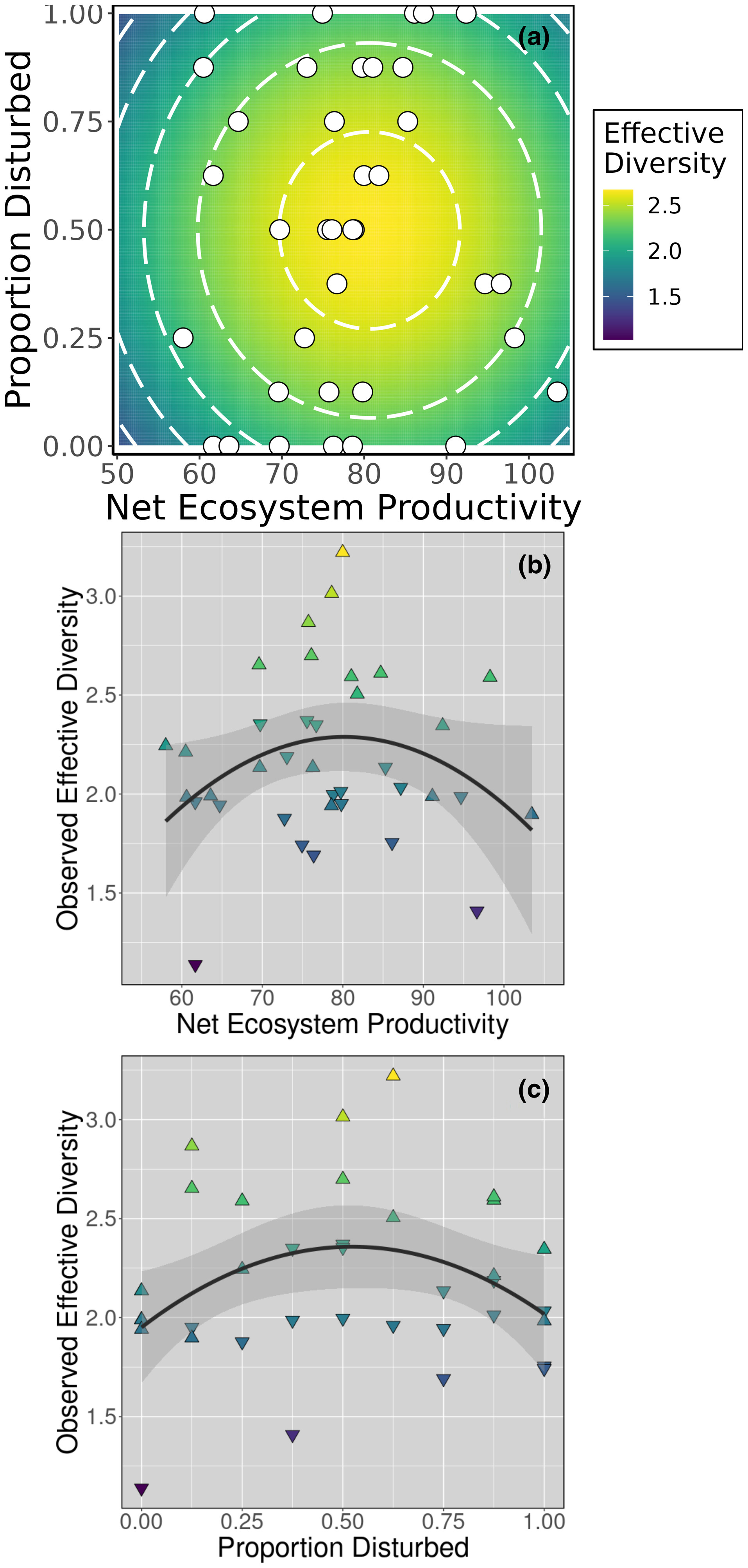
As predicted by Huston's dynamic equilibrium model (DEM), both disturbance and productivity affected the diversity of aquatic vegetation in outdoor mesocosms during a 1-year experiment. The DEM has been rarely tested experimentally but brings clarity to understanding processes that affect biological diversity.
Correlates of early reproduction and apparent fitness consequences in male Soay sheep
- First Published: 07 May 2023
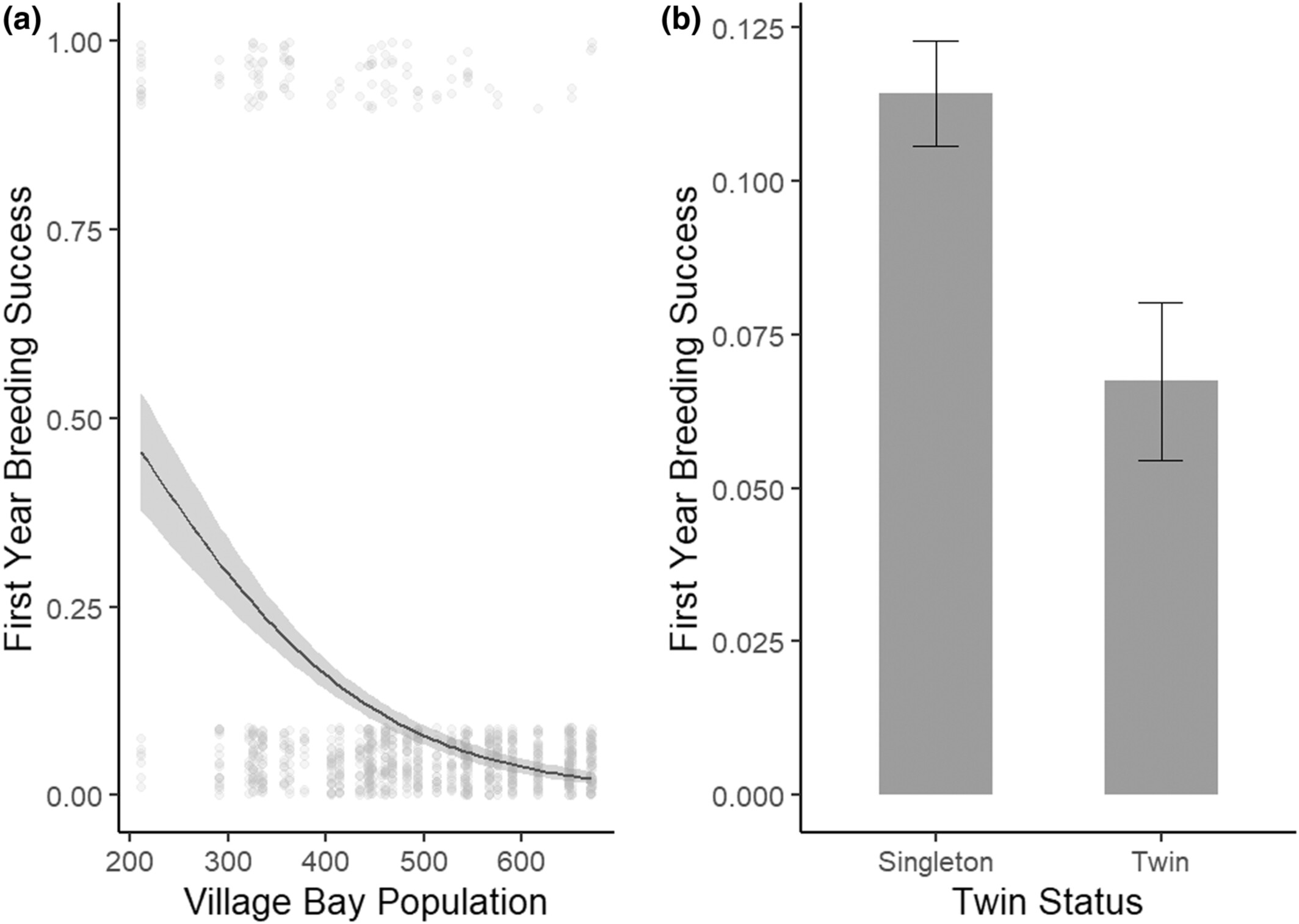
We investigated the factors associated with early breeding success in male Soay sheep and the consequences of this for survival and future reproduction. We found that individuals born into low-density populations had the highest early life breeding success. Individuals that bred in their first year were more likely to survive their first winter but breeding early had no effect on their future reproductive success.
The importance of multi-year studies and commercial yield metrics in measuring pollinator dependence ratios: A case study in UK raspberries Rubus idaeus L.
- First Published: 07 May 2023
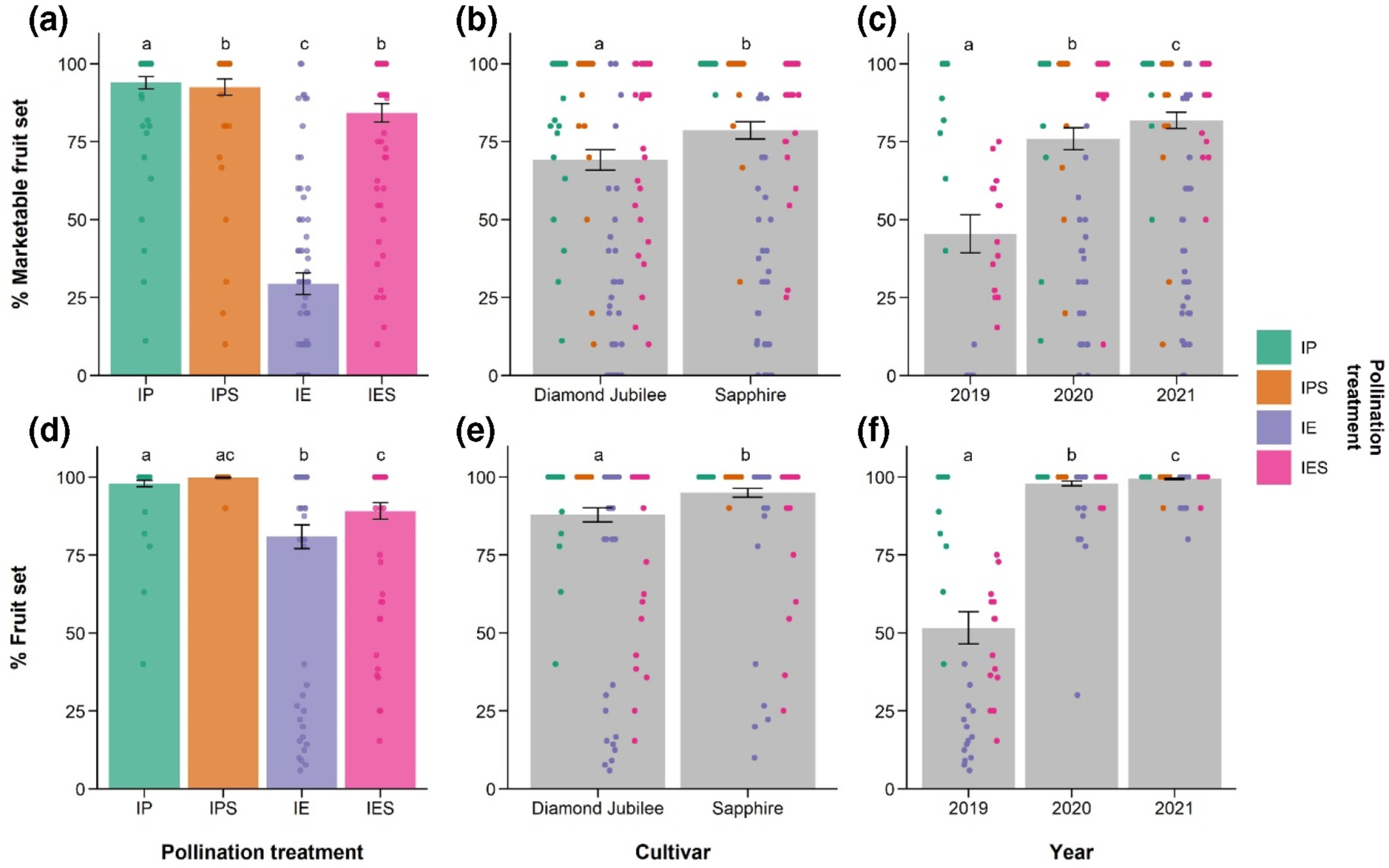
Pollinator dependence ratios are important for quantifying the benefit of pollinators to crops. Pollinator dependence ratios often are not calculated using commercially relevant yield metrics and are frequently informed by single-year studies. We show that the pollinator dependence on raspberry varied greatly between years and with differing yield metrics. Imposing a threshold fruit quality (size and shape) below which fruits would not be of commercial value (marketable fruit set) dramatically increased both the pollinator dependence ratio and subsequent economic valuations of pollination service derived from it. Our results show the influence of yield metrics on pollinator dependence estimates and the economic value of pollinators, and we recommend that pollinator exclusion studies are conducted over multiple years (three or more) and use yield metrics that incorporate quality criteria linked to actual market values and commercial thresholds of the product in question.
Conservation implications of mapping the potential distribution of an Ethiopian endemic versatile medicinal plant, Echinops kebericho Mesfin
- First Published: 07 May 2023
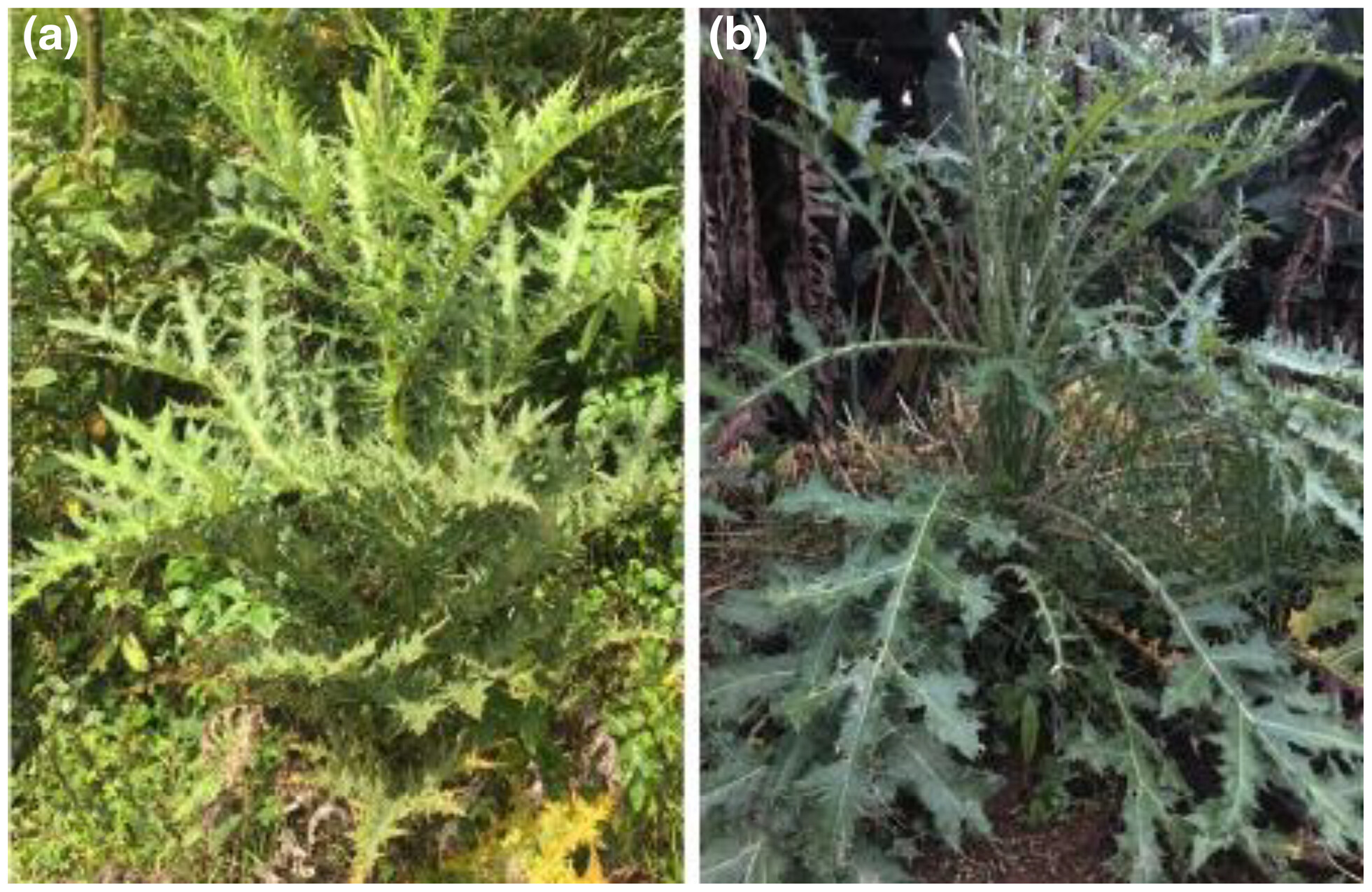
Echinops kebericho is a narrow-range multipurpose medicinal plant confined to Ethiopia and known for its efficacy to cure several disease such as epilepsy, epistaxis, and atrophy. Extracts from E. kebercho have antibacterial and anti-Leishmanial activities as well as several agricultural and veterinary applications. Currently, intense land use and overharvesting for traditional medicine have resulted in its narrow distributions, and E. kebercho is among the medicinal plants of Ethiopia with a decreasing population trend.
Large-scale correlations between gamebird release and management and animal biodiversity metrics in lowland Great Britain
- First Published: 08 May 2023
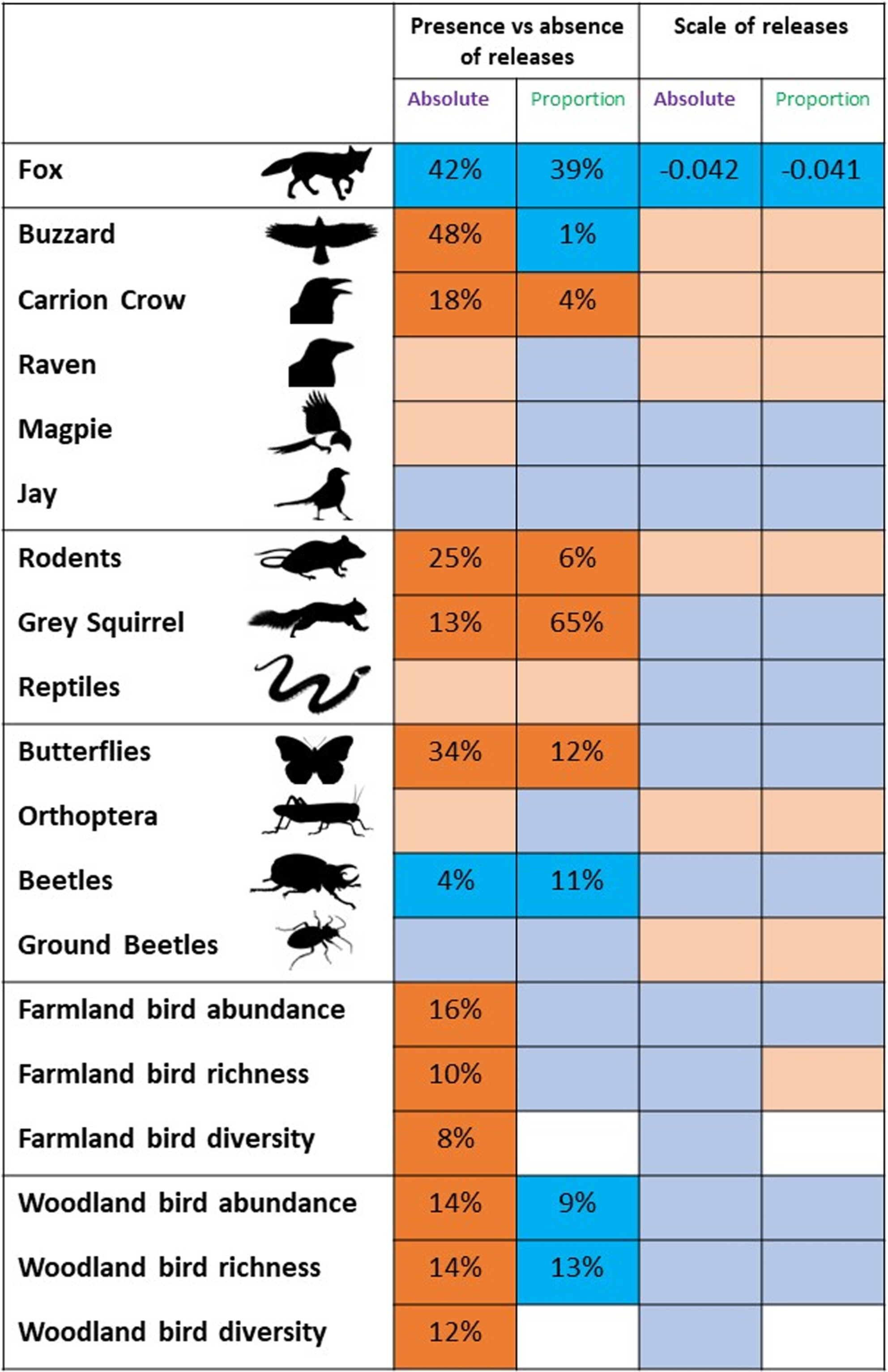
The release of gamebirds in the GB is accompanied by changes in populations of non-game species in those areas where release and management occur. These changes include both increases and decreases and span a wide range of taxa and trophic levels. The ecological effects of the release and subsequent management of gamebirds in GB are complex and concentrating on changes in single taxa may miss other, simultaneous, effects.
Investigating the potential of social media and citizen science data to track changes in species' distributions
- First Published: 08 May 2023
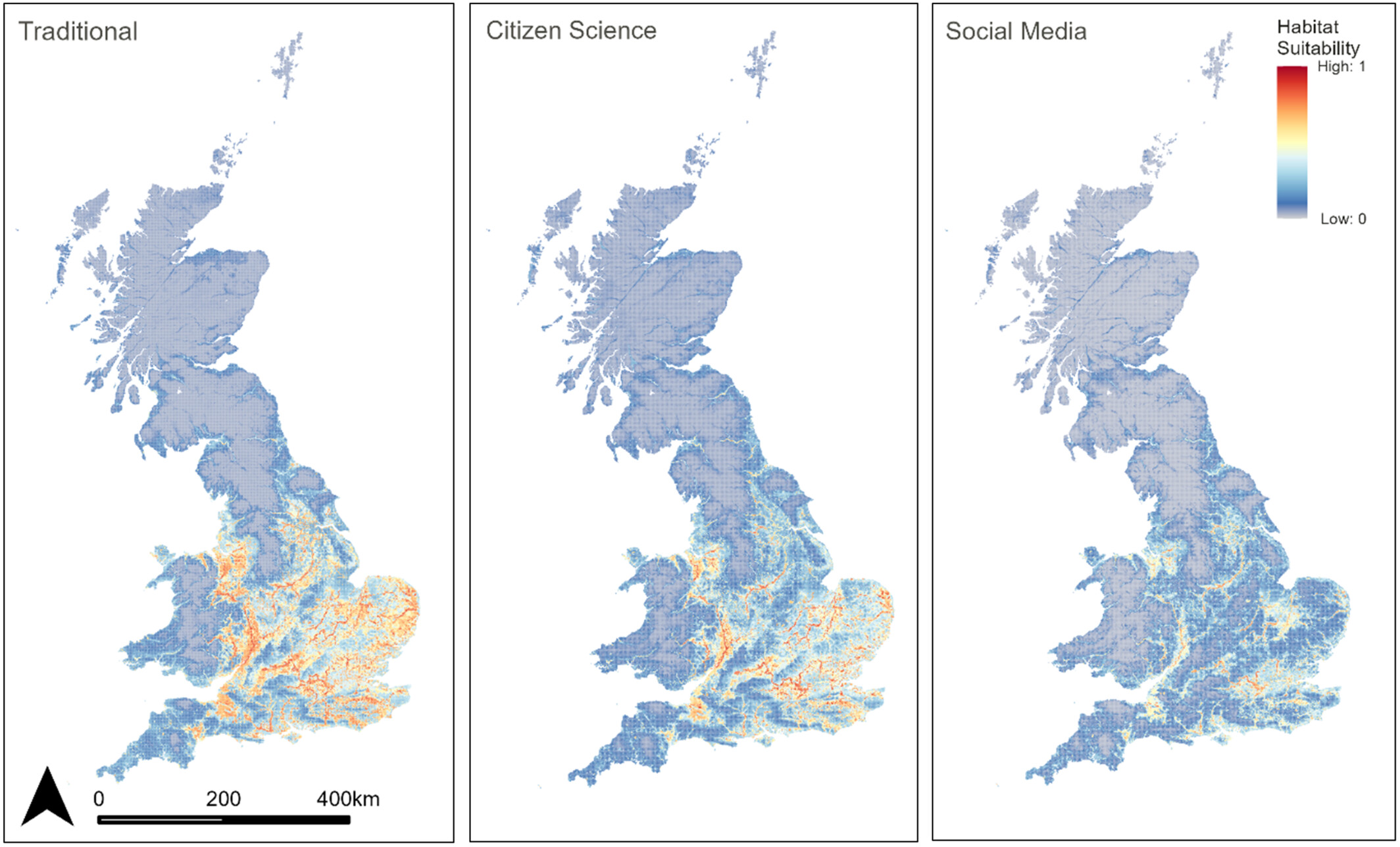
To date, our understanding of the respective potential of social media and citizen science to complement the information gathered by traditional recording schemes remains limited, particularly when it comes to tracking species on the move with climate change. To address this gap, we investigated how species occurrence observations vary between different sources and to what extent traditional, citizen science, and social media records are complementary, using the Banded Demoiselle (Calopteryx splendens) in Britain as a case study.
Time series cluster analysis reveals individual assignment of microbiota in captive tiger (Panthera tigris) and wildebeest (Connochaetes taurinus)
- First Published: 08 May 2023
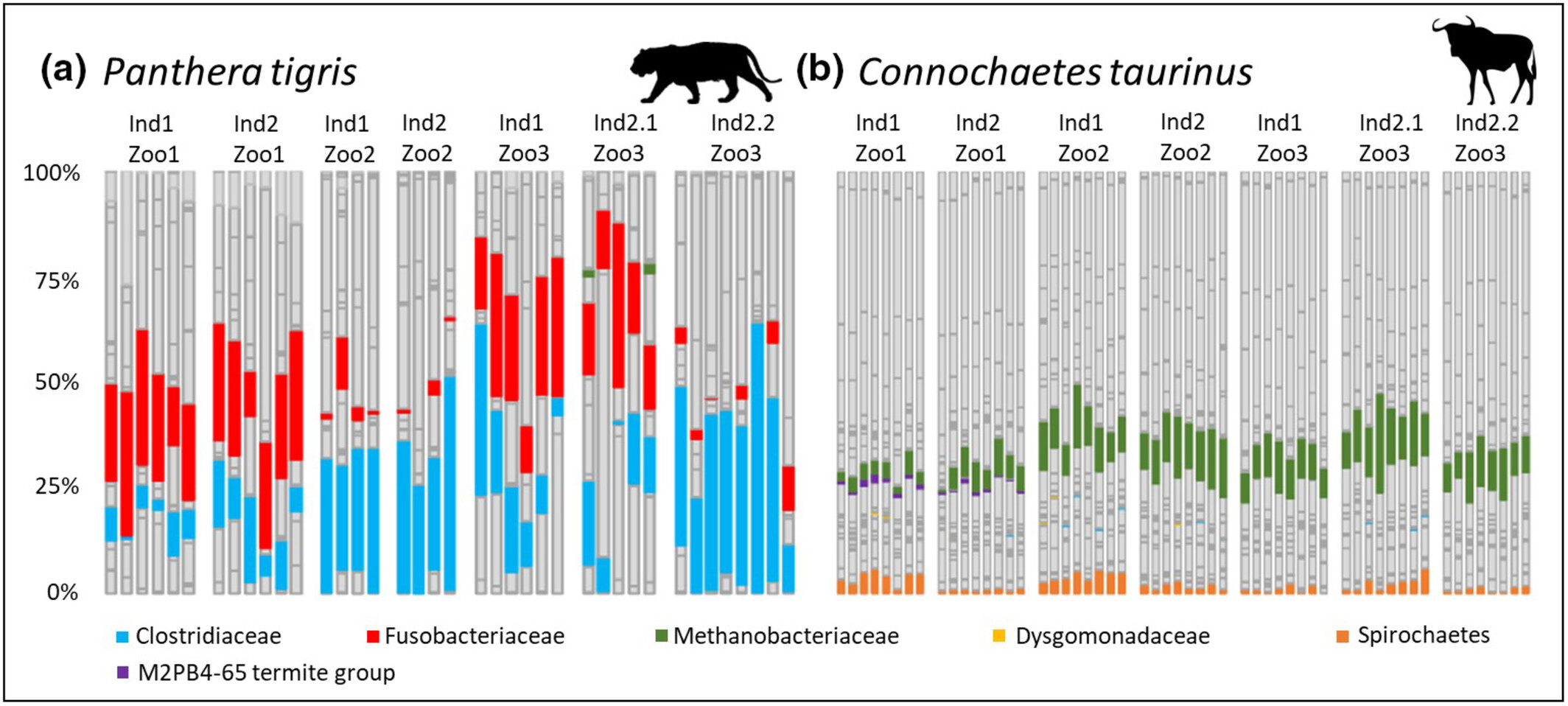
Our objective was to characterize species-specific and individual-specific abundance patterns in the fecal microbiota of herbivores and carnivores, represented by wildebeests (Connochaetes taurinus) and tigers (Panthera tigris). In order to identify individual variations, we applied two different clustering algorithms with and without prior dynamic time warping. Our results suggest that while it is necessary to consider multiple consecutive samples per individual, it is then possible to characterize individual abundance patterns in fecal microbiota in both herbivorous and carnivorous species.
Horizontal transmission of Salmonella Typhimurium among German cockroaches and its possible mechanisms
- First Published: 08 May 2023
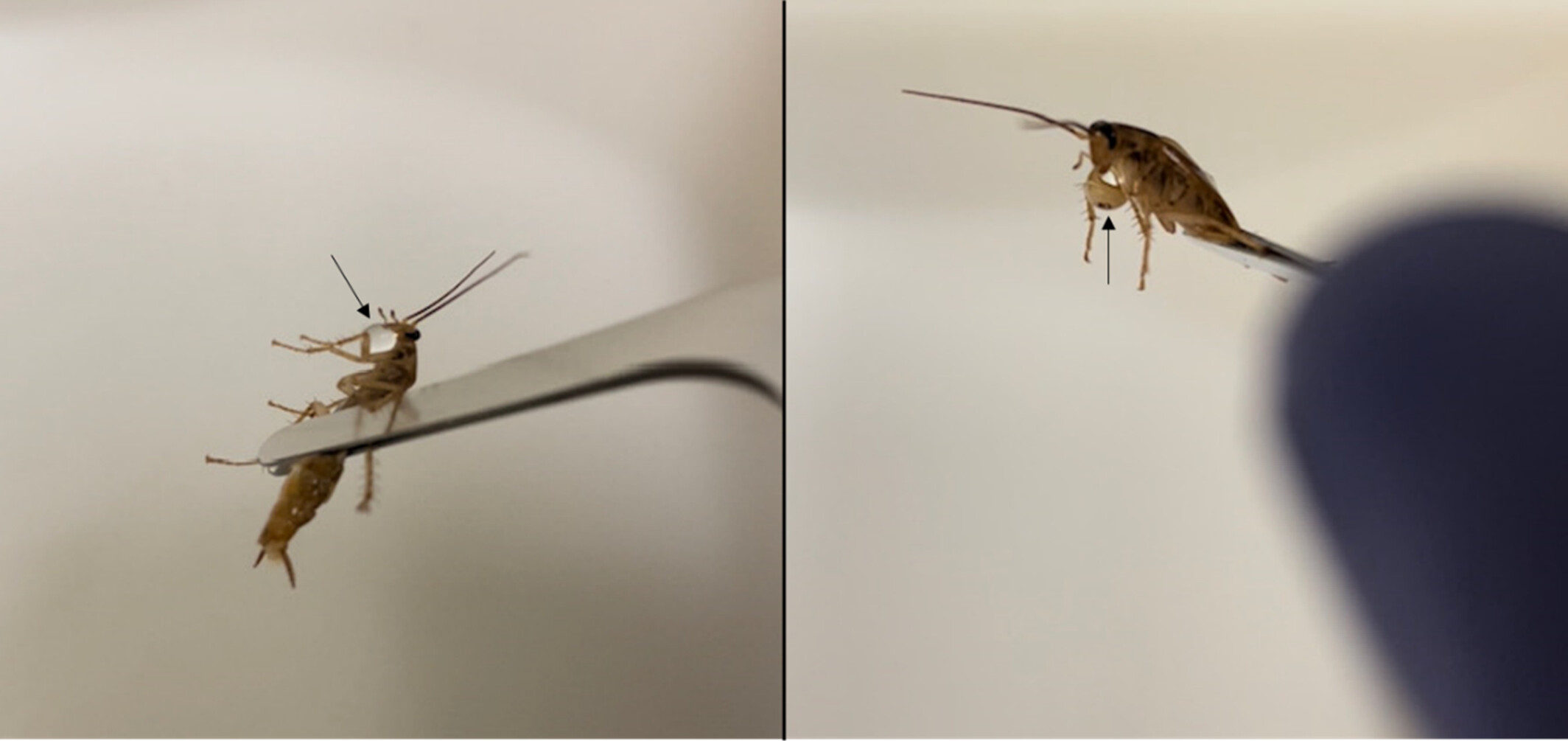
We reveal that true horizontal transmission of Salmonella Typhimurium occurs among Blattella germanica. That is, uninfected cockroaches acquire infection of the gut when co-housed with orally infected conspecifics, albeit at low frequency. Furthermore, we provide definitive evidence that coprophagy and necrophagy are routes of transmission but could not fully exclude sharing of food or water as contributing routes. These data enhance current understanding of the ecology of vector-borne S. Typhimurium transmission by cockroaches, implicating conspecific horizontal transmission as a mechanism that contributes to maintaining infected cockroach populations independently of contact with primary sources of the pathogen.
Drivers of power line collisions and electrocutions of birds in Nepal
- First Published: 08 May 2023
Partitioning and integrating of plant traits and phylogeny in assessing diversity along secondary forest succession in Loess Plateau of China
- First Published: 10 May 2023
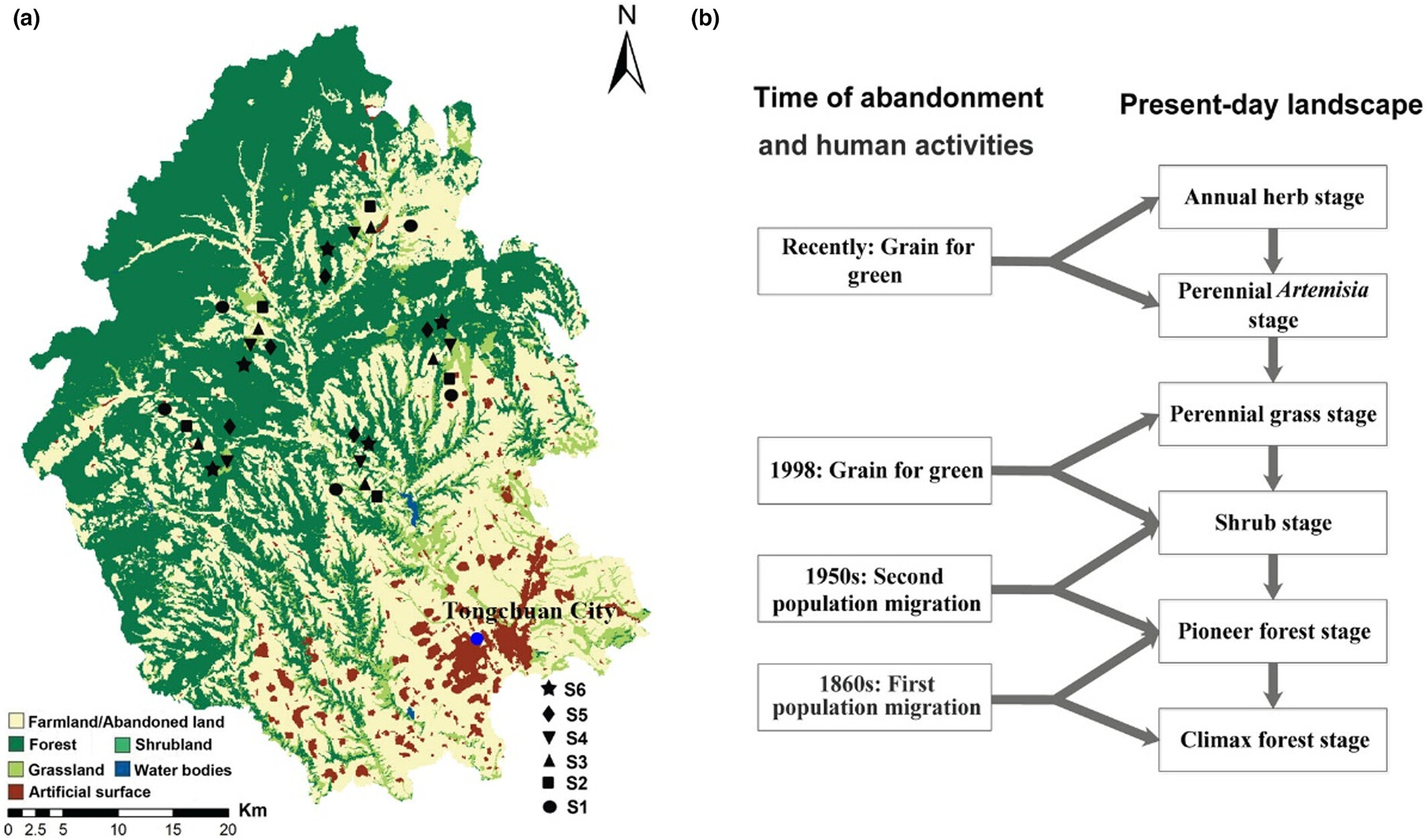
Scale-trait math of functional diversity shapes the increasing niche differentiation within community and functional convergence among communities with succession process. Long-term selection pressure during forest succession leads the asymmetry of traits and phylogeny in reflecting species ecological differences.
Understanding carnivore interactions in a cold arid trans-Himalayan landscape: What drives co-existence patterns within predator guild along varying resource gradients?
- First Published: 11 May 2023
Hummingbird foraging preferences during extreme heat events
- First Published: 10 May 2023
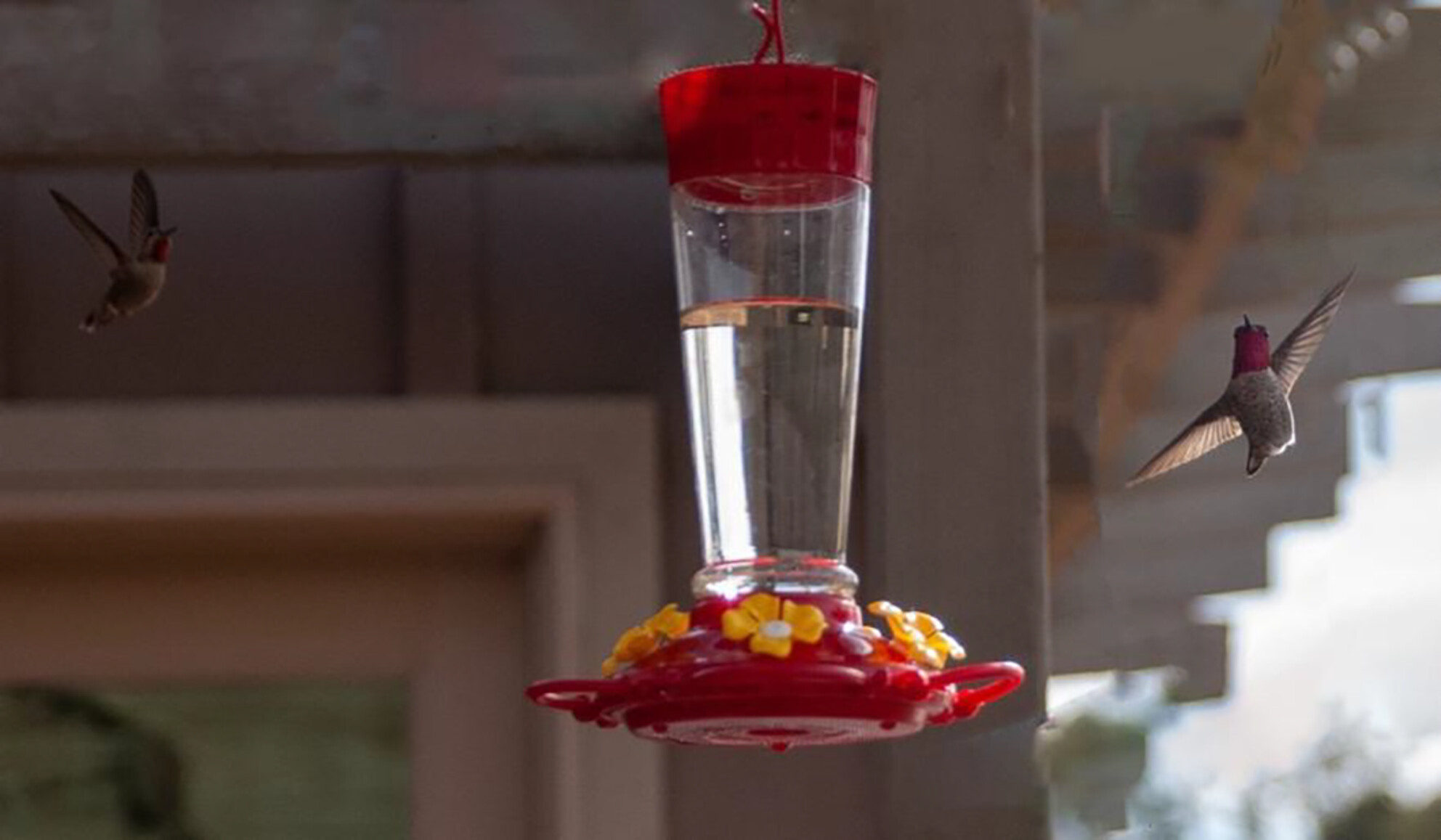
Heat waves are predicted to get more intense under global climate change. We used experimental and observational data to determine if hummingbirds prefer to forage in shady microsites during heat waves, and how this might affect pollen deposition. Hummingbirds always preferred to forage in sunny microsites regardless of ambient temperature in both feeder trials and semi-natural behavioral observation experiments, and there was no effect of ambient temperature or microsite on pollen deposition.
Morphological characteristics influence the spatial mixing patterns of shorebirds at Shengjin Lake
- First Published: 10 May 2023
ACADEMIC PRACTICE IN ECOLOGY AND EVOLUTION
Comparing study features is easy but identifying next steps is hard: Evaluating critical thinking through the Biology Lab Inventory of Critical Thinking in Ecology
- First Published: 10 May 2023
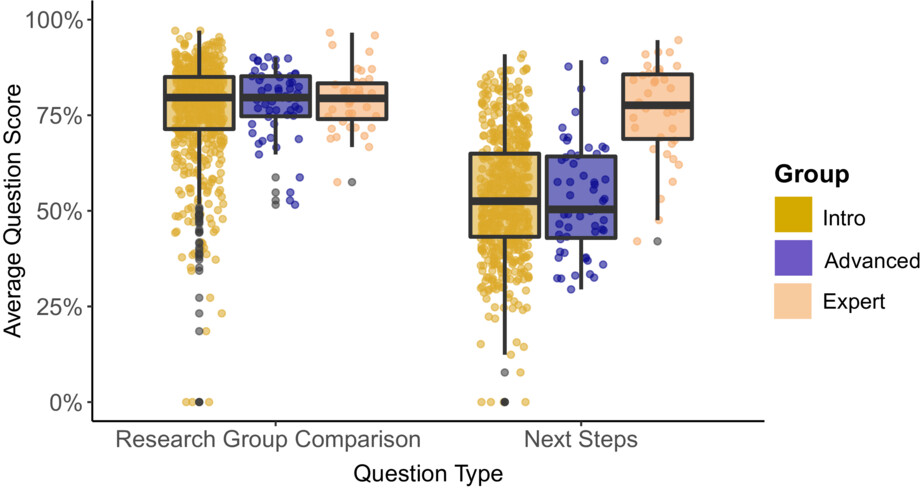
To help instructors effectively measure critical thinking, we developed the Biology Lab Inventory of Critical Thinking in Ecology (Eco-BLIC), a freely available, closed-response assessment of undergraduate students' critical thinking in ecology. Using student responses to questions and think-aloud interviews, we demonstrate the effectiveness of the Eco-BLIC at measuring students' critical thinking skills. We find that while students generally think like experts while evaluating what to trust, students' responses are less expert-like when deciding on what to do next.
RESEARCH ARTICLES
Generation and applications of simulated datasets to integrate social network and demographic analyses
- First Published: 15 May 2023
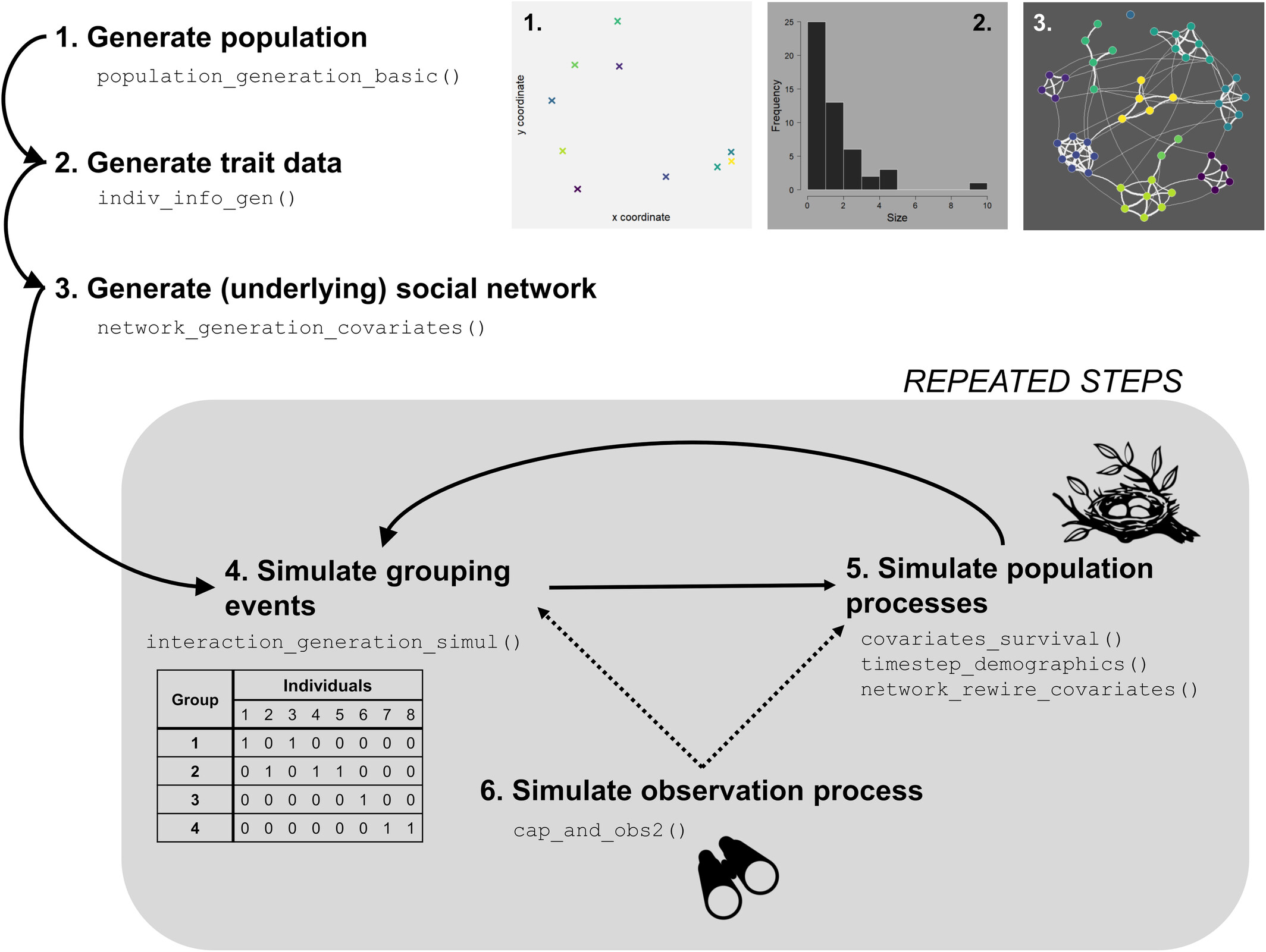
Difficulties integrating models used in demography and network analysis have limited research at the interface of social and population ecology. Here, we introduce the R package genNetDem for simulating integrated network–demographic datasets for methodological research. We demonstrate its use with case studies testing how imputation and sampling design influence our ability to estimate social network effects on survival in capture–recapture data.
Adapting camera-trap placement based on animal behavior for rapid detection: A focus on the Endangered, white-bellied pangolin (Phataginus tricuspis)
- First Published: 10 May 2023
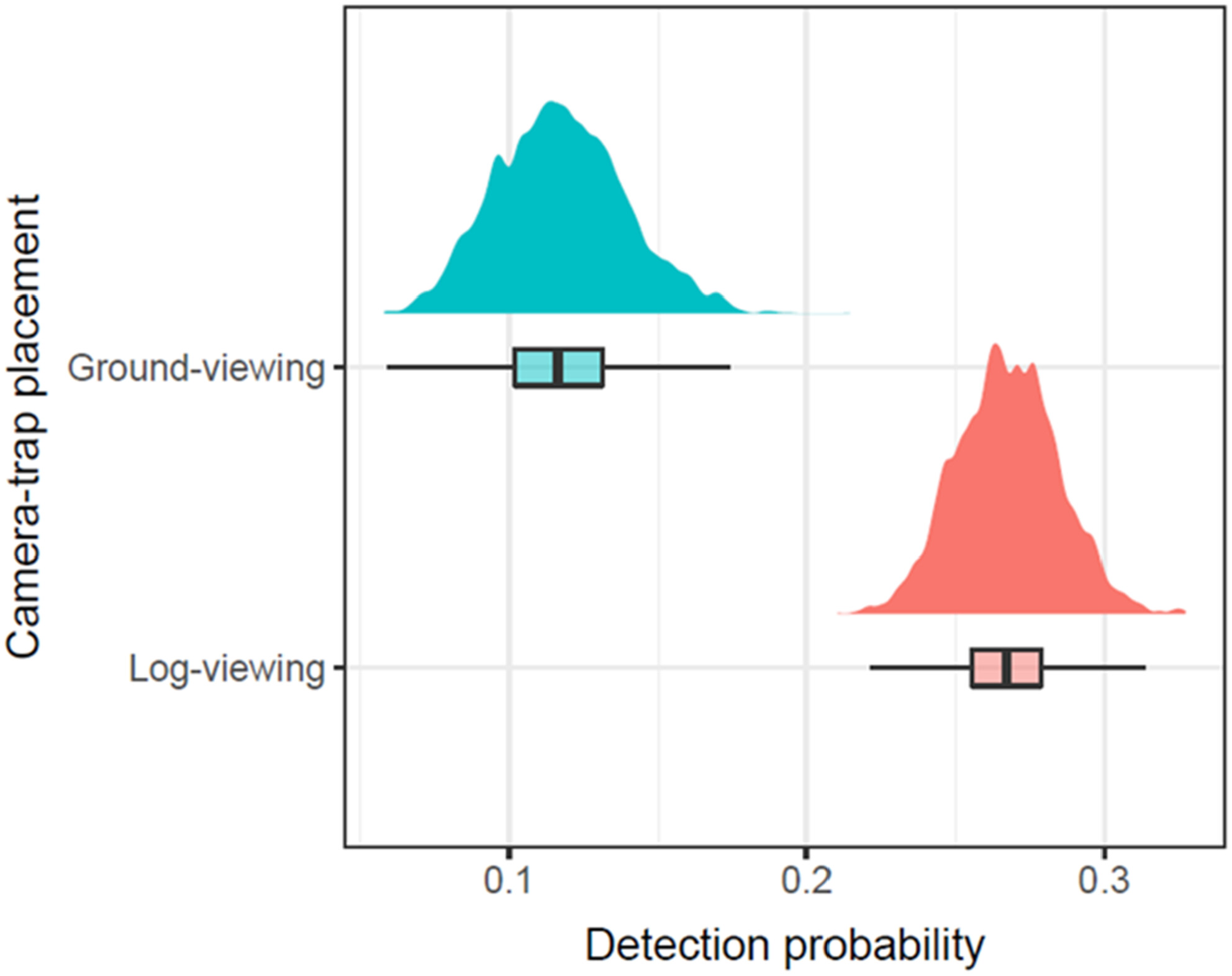
Pangolin species are notoriously difficult to detect and monitor in the environment. As a result, regularly used survey methodologies fail to acquire enough data to make reliable conclusions on their numbers, conservation status, and natural history. Here, we test the influence of camera-trap placement strategy on the detectability of the white-bellied pangolin by comparing estimates from targeted ground-viewing camera-trapping and a novel log-viewing placement strategy adapted from local hunters' knowledge. Our results suggest that (1) deploying camera-traps to detect animals walking along logs is an effective strategy for recording several forest species, including the white-bellied pangolin, and (2) that camera-traps targeting logs are more efficient at detecting white-bellied pangolins than camera-traps viewing the ground (>100% increase in detection probability).
Plastic maternal effects of social density on reproduction and fitness in the least killifish, Heterandria formosa
- First Published: 18 May 2023
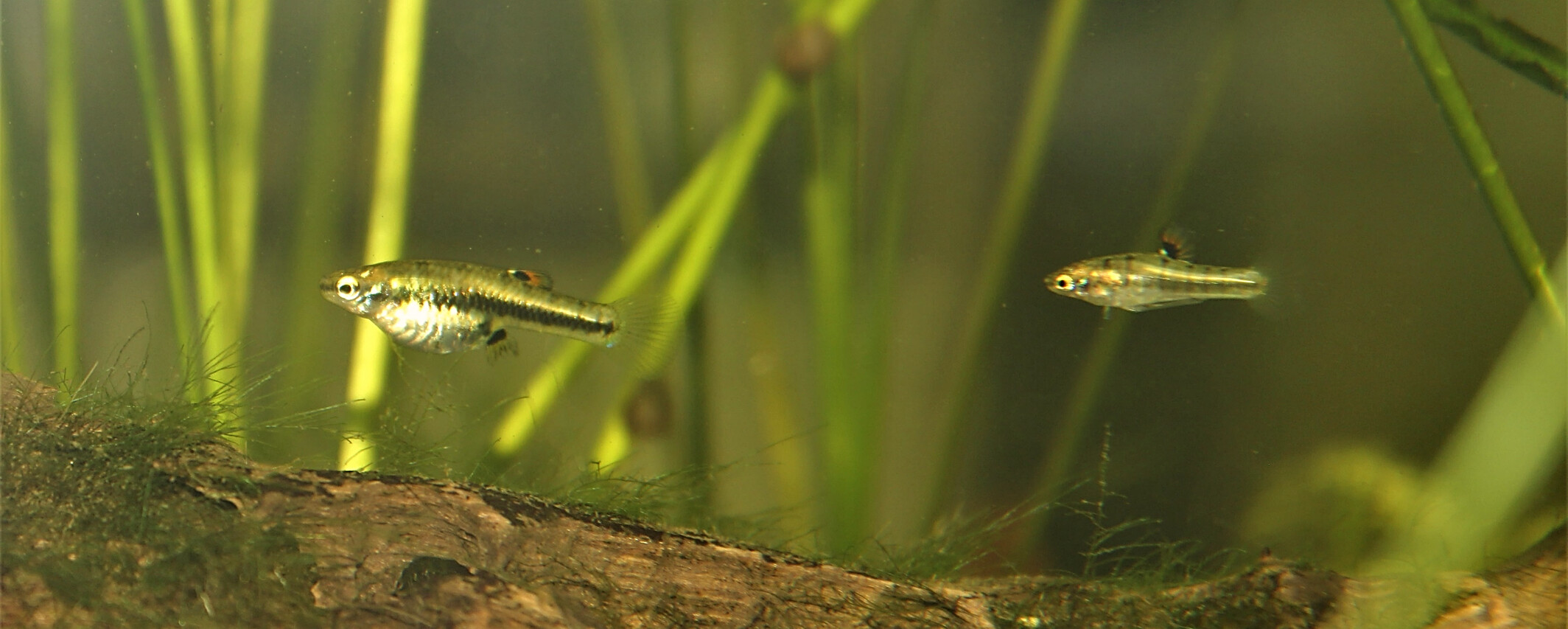
Environmental parental effects, also known as transgenerational plasticity, are widespread in plants and animals. The extent to which those effects represent adaptive plasticity remains contentious. We executed a multigenerational laboratory experiment with females drawn from two populations of the least killifish, Heterandria formosa, to assess transgenerational plasticity in reproductive traits in response to a gradient in social density and assess whether any such plasticity might differ between two populations with historically distinct density regimes.
Seasonal and elevational changes of plant-pollinator interaction networks in East African mountains
- First Published: 11 May 2023
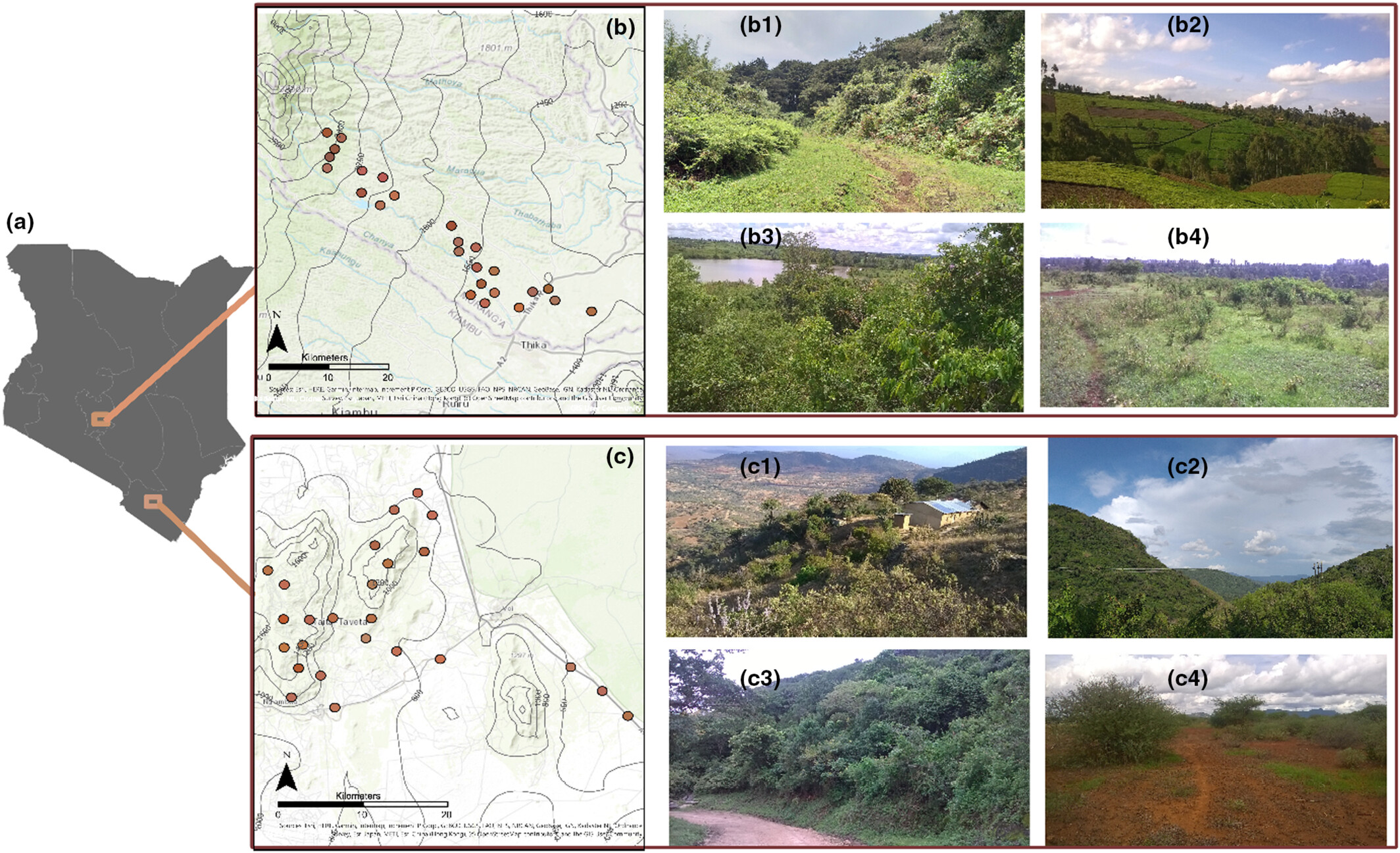
We recorded plant-bee interactions at 50 study sites in Kenya between 515 and 2,600 m asl for a full year, following four major seasons. We analysed elevational and seasonal network patterns. We found strong elevational and seasonality patterns in network structures, which were attributed to seasonal changes in climate, floral resource availability, and bee assemblages.
Local stochastics and ecoclimatic situation shape phytophagous chafer assemblage composition
- First Published: 11 May 2023
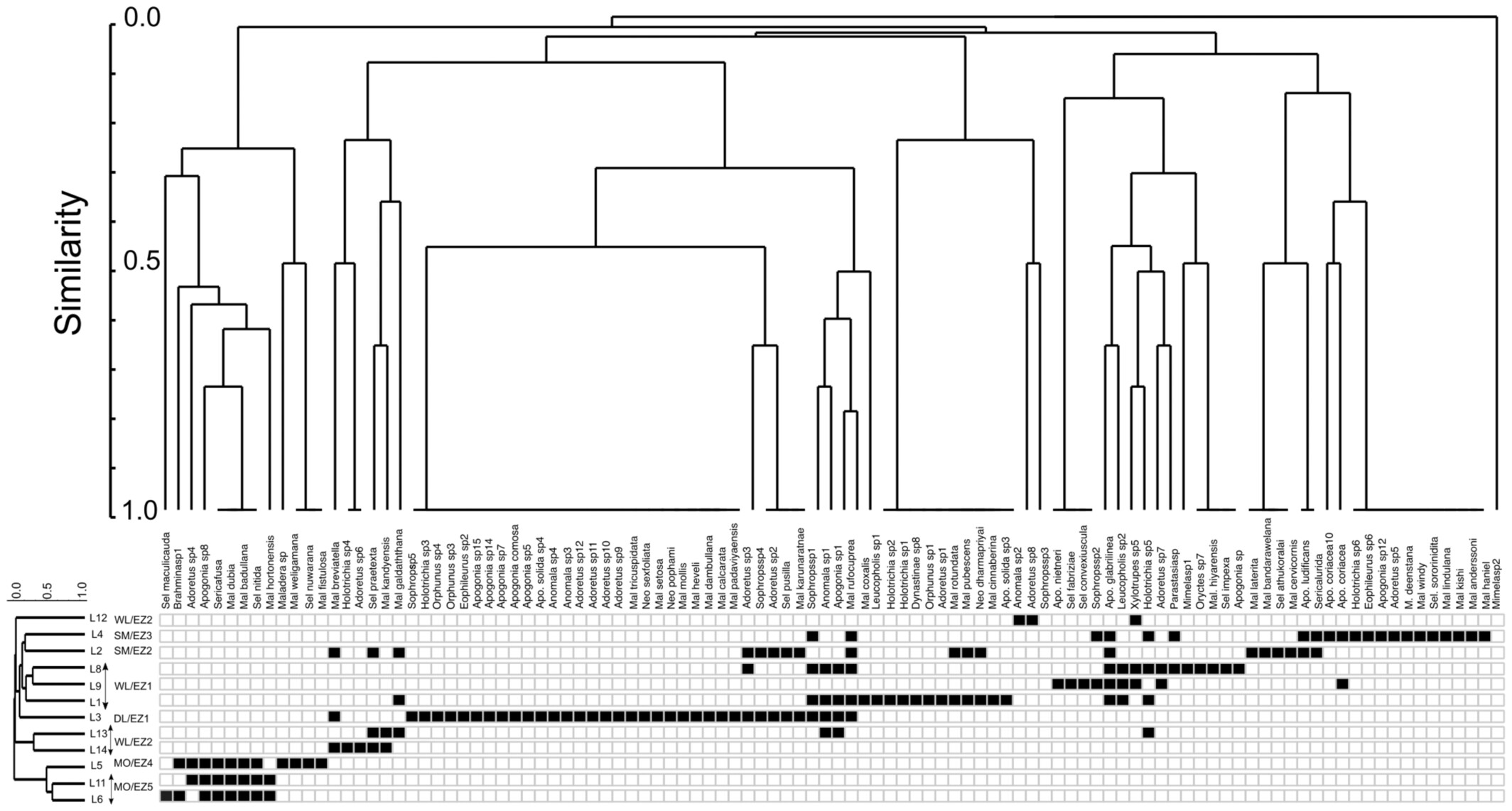
Synecological analyses on scarab chafer assemblages in 11 localities in Sri Lanka covering different forest types and altitudinal zones revealed that assemblages were shaped mainly by locality stochastics, and to a minor extent by ecoclimatic conditions. Assemblages were assessed for compositional similarity, species diversity, and abundance within four major eco-spatial partitions: forest types, elevational zones, localities, and macrohabitats. This was true for the entire chafer assemblage as well as for all single lineages or different body size classes.
Out of the stable: Social disruption and concurrent shifts in the feral mare (Equus caballus) fecal microbiota
- First Published: 11 May 2023
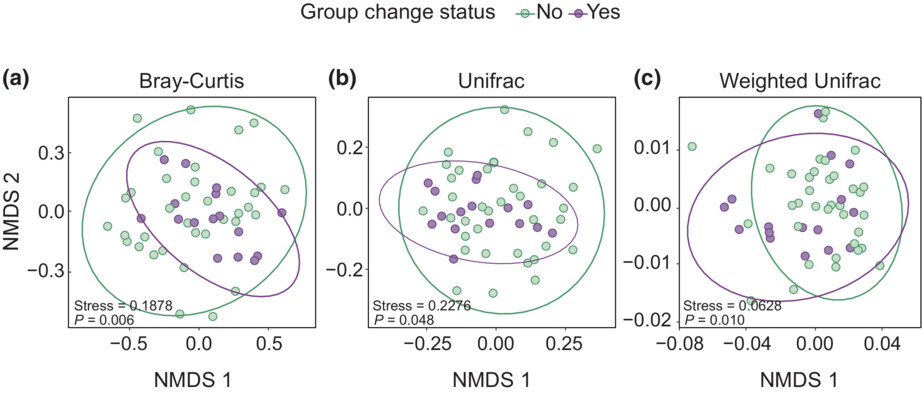
We investigated the effects of increased social instability, as determined by the number of group changes made by females, on the microbiota in free-living, feral horses (Equus caballus) on Shackleford Banks, a barrier island off the North Carolina coast. Females leaving their groups to join new ones had fecal microbial communities that were compositionally different than those of females that did not change groups.
Rapid radiation of ant parasitic butterflies during the Miocene aridification of Africa
- First Published: 13 May 2023
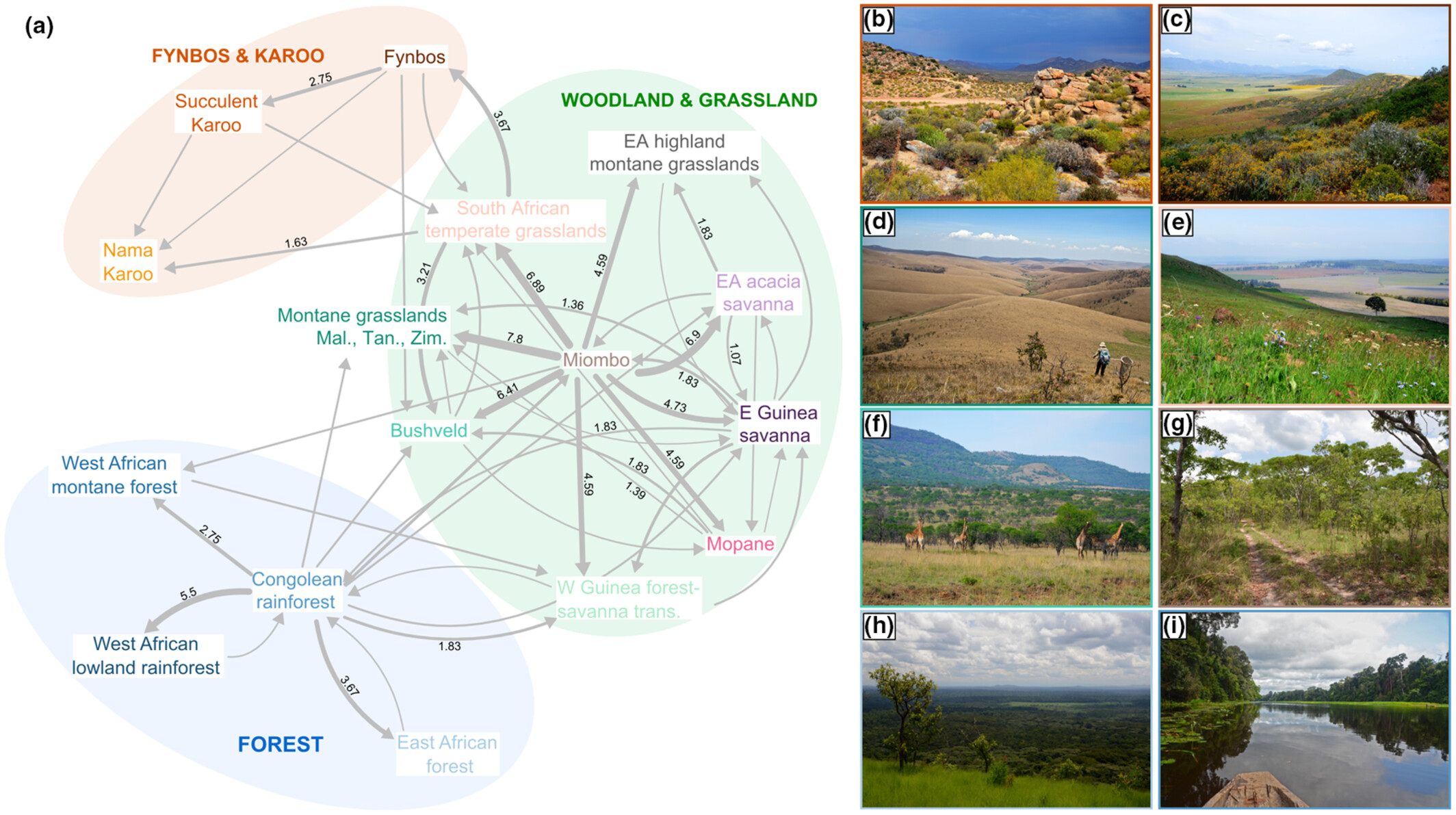
Africa has undergone a progressive aridification during the last 20 My that presumably impacted organisms and fostered the evolution of life history adaptations. Using anchored hybrid enrichment we constructed a time-calibrated phylogeny for Lepidochrysops and its closest, non-parasitic relatives in the Euchrysops section (Poloyommatini, Lycaenidae) and performed ancestral area analysis and diversification analyses. We found that Tte Miombo woodlands were the cradle for diversification of the Euchrysops section, and our findings are consistent with the hypothesis that aridification during the Miocene selected for a phyto-predaceous life history in species of Lepidochrysops, with ant nests likely providing caterpillars a safe refuge from fire and a source of food when vegetation was scarce.
Adaptive plasticity and fitness costs of endangered, nonendangered, and invasive plants in response to variation in nitrogen and phosphorus availabilities
- First Published: 13 May 2023
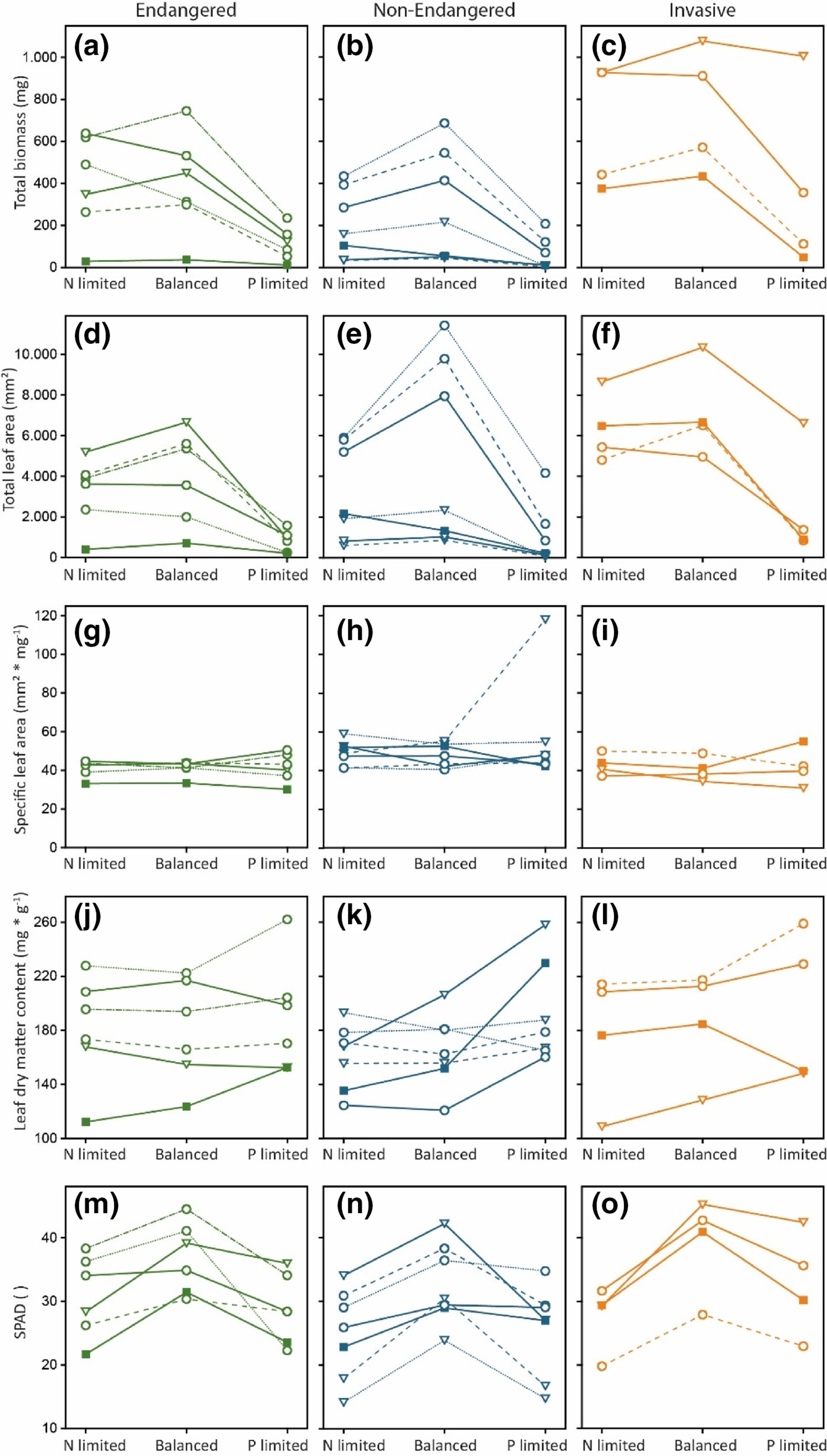
In the context of global change drivers, specifically eutrophication and exotic species invasion, we seek to answer if plasticity in plant traits is adaptive or maladaptive for fitness in endangered, non-endangered and invasive congeneric plant species in response to variation of nitrogen (N) and phosphorus (P) availability. Our results indicate that although some plant traits responded plastically to nutrient availability, they did not contribute to plant fitness. We further show differences in trait plasticity and their effects on fitness between the type of nutrient that was varied (N and P), but they were similar between endangered, non-endangered and invasive plant species.
Multiple lines of evidence suggest the persistence of the Ivory-billed Woodpecker (Campephilus principalis) in Louisiana
- First Published: 18 May 2023
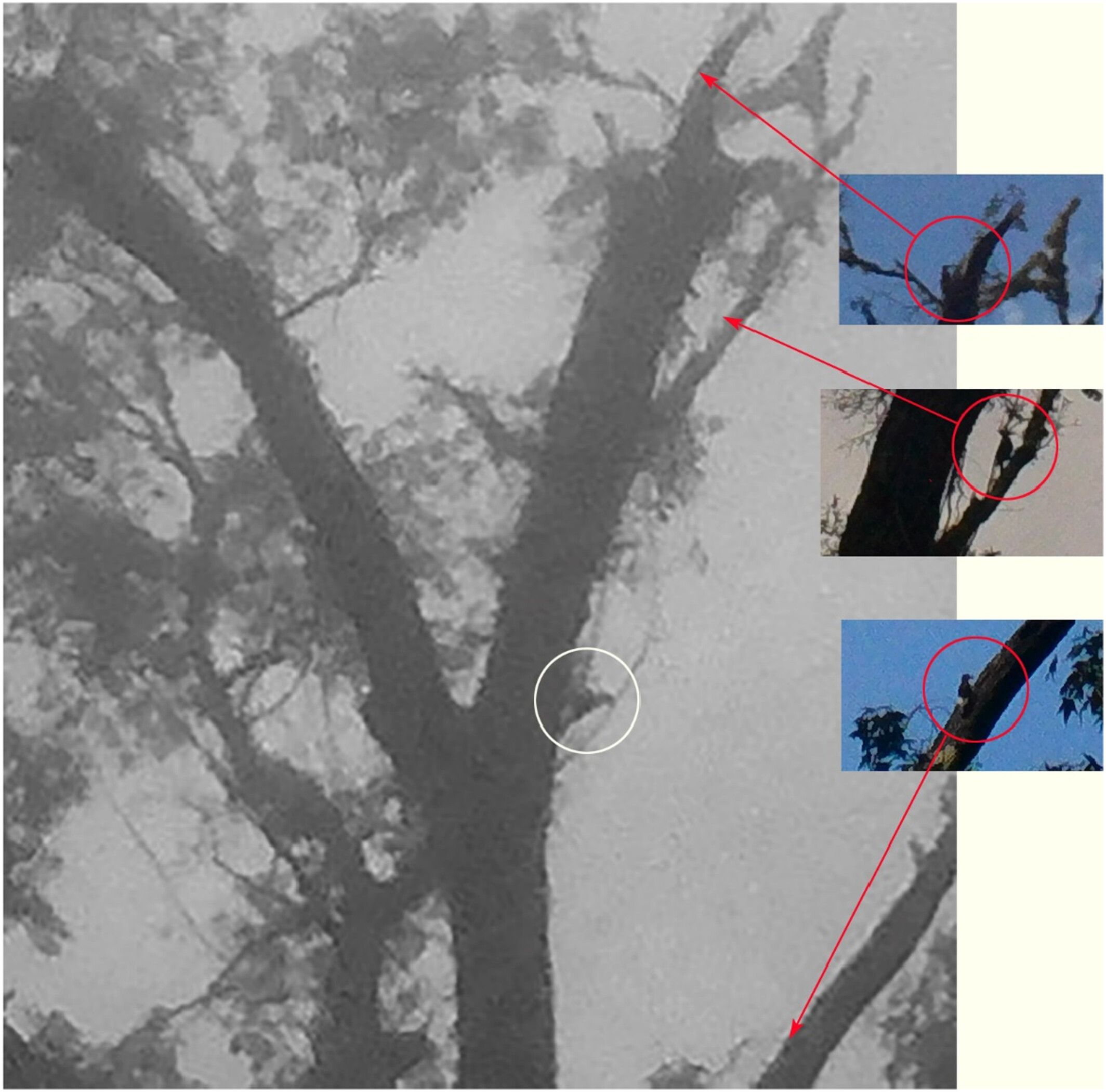
The last widely accepted sighting of the Ivory-billed Woodpecker in continental North America occurred in 1944. Here, we present evidence suggesting the presence of this species at our study site in Louisiana. Using multiple lines of evidence, including visual observations, acoustic recordings, trail camera photographs, and drone videos, our data suggest intermittent but repeated presence of multiple individual birds with field marks and behaviors consistent with those of Ivory-billed Woodpeckers.
Growth, drought response, and climate-associated genomic structure in whitebark pine in the Sierra Nevada of California
- First Published: 17 May 2023
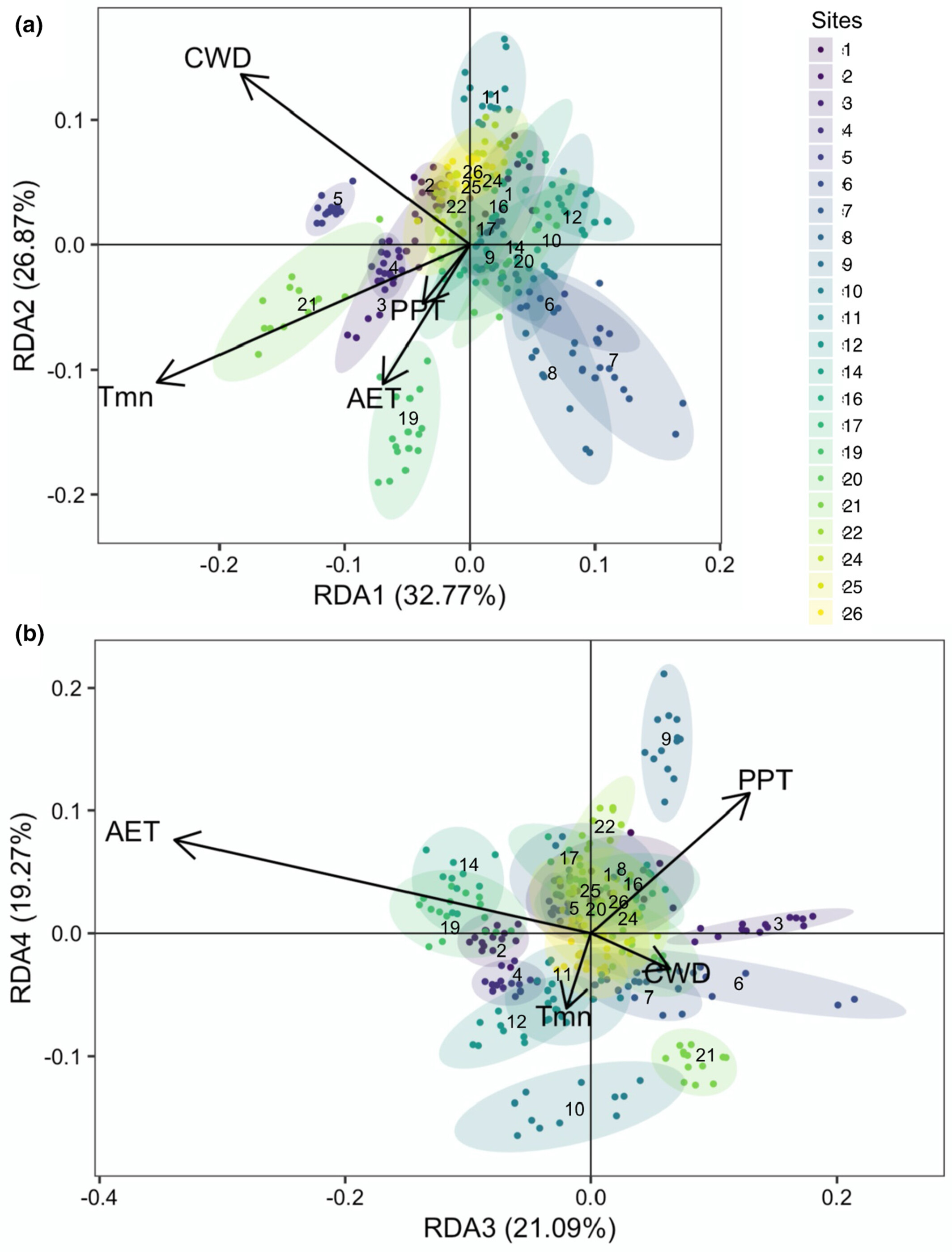
Using extensive surveys across the Sierra Nevada, we show whitebark pine had positive to neutral growth prior to drought in our sampled sites. Growth responses measured in terms of basal area increment remained positive to neutral during drought. Genomic analyses found that individual tree growth response phenotypes appear to be linked to genotypic variation in climate-associated loci, suggesting that growth is not only controlled by site-level differences, but that some genotypes can take better advantage of local climatic conditions than others.
CORRIGENDUM
RESEARCH ARTICLES
Differences in growth within and across the reproductive forms of northern crayfish (Faxonius virilis)
- First Published: 17 May 2023
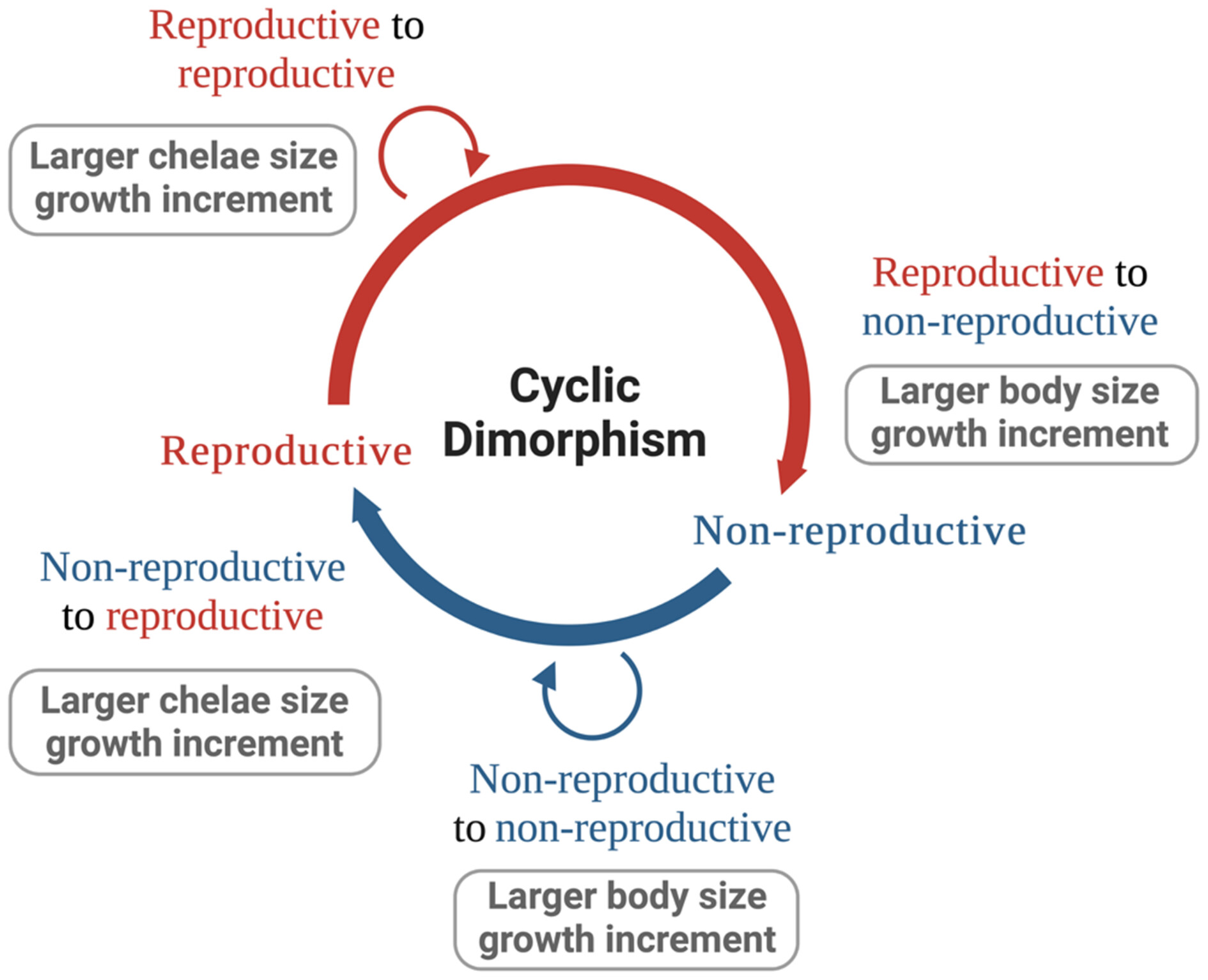
Complex life histories are frequently associated with biological trade-offs, as the use of one trait can decrease the performance of a second trait due to the need to balance competing demands to maximize fitness. Here, we examine growth patterns that are indicative of a potential trade-off between energy allocation for body size versus chelae size growth in a crayfish species that undergoes cyclic dimorphism. The results of this study suggest that cyclic dimorphism evolved as a strategy for optimizing energy allocation for body and chelae size growth during discrete periods of reproductive activity and inactivity in form alternating crayfish.
Measuring the shape of mortality across animals and plants: Alternatives to H entropy metrics reveal hidden type IV survivorship curves and associations with parental care at macro-ecological scales
- First Published: 17 May 2023
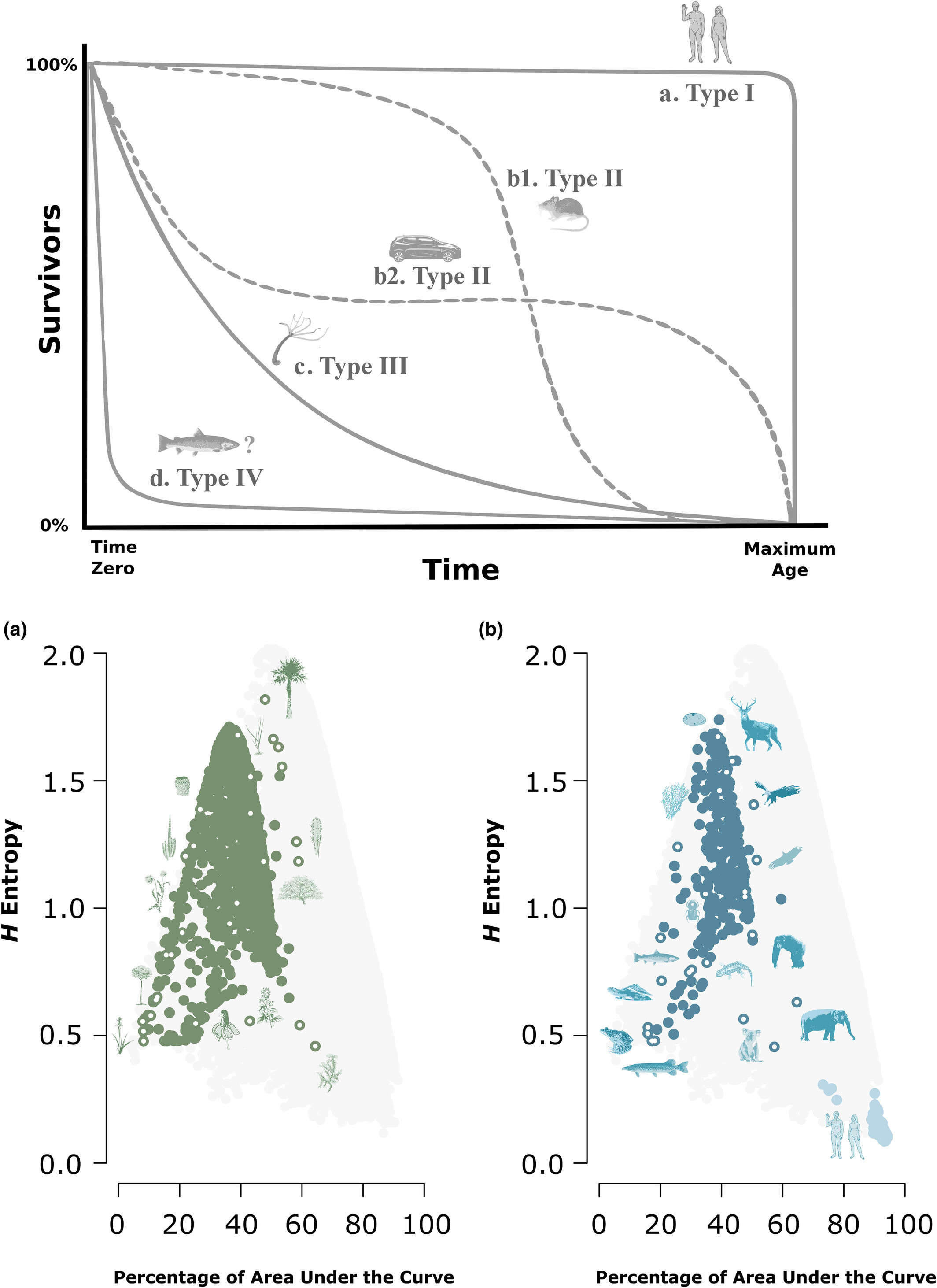
We revisit the classic framework of survivorship curves and test whether commonly used entropy measures of these curves are appropriate for contemporary comparative analysis. We show that entropy measures are not appropriate for wide-scale taxonomic analysis and that entropy measures may mask important macroecological patterns.
Plate reduction in southern Japanese freshwater populations of threespine stickleback (Gasterosteus aculeatus)
- First Published: 17 May 2023
Multi-marker DNA metabarcoding reveals spatial and sexual variation in the diet of a scarce woodland bird
- First Published: 17 May 2023

Hawfinch (Coccothraustes coccothraustes) have been declining in the UK since the 1970s. Using DNA metabarcoding, we wanted to increase ecological knowledge associated with Hawfinch, to aid their recovery. We found 49 and 90 prey taxa in the diet, which can improve our knowledge of why Hawfinch persist within certain areas of the UK.
Fire severity as a key determinant of aboveground and belowground biological community recovery in managed even-aged boreal forests
- First Published: 17 May 2023
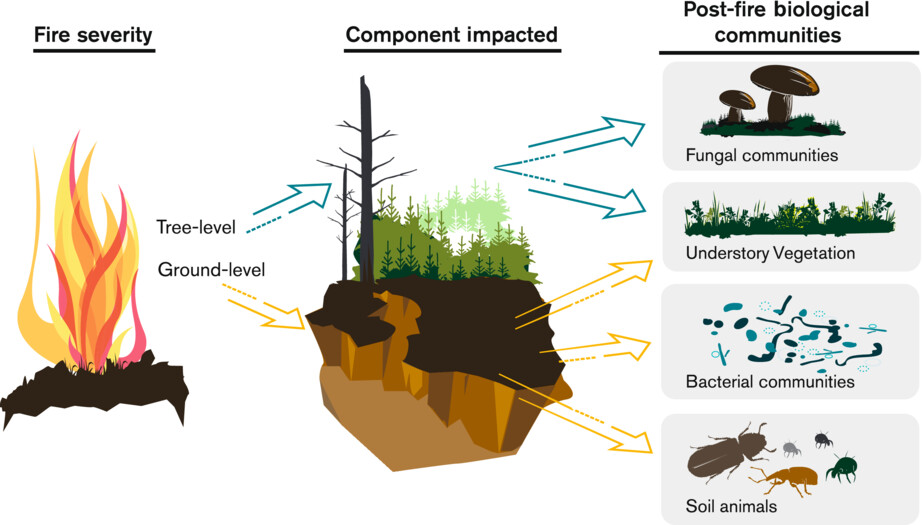
Our results suggest that a change in fire regime from a historically low-severity ground fire regime to a stand-replacing fire regime as may be expected with climate change, is likely to impact the short-term recovery of stand structure and above- and belowground species composition of even-aged P. sylvestris boreal forests.
Habitat and climatic associations of climate-sensitive species along a southern range boundary
- First Published: 17 May 2023
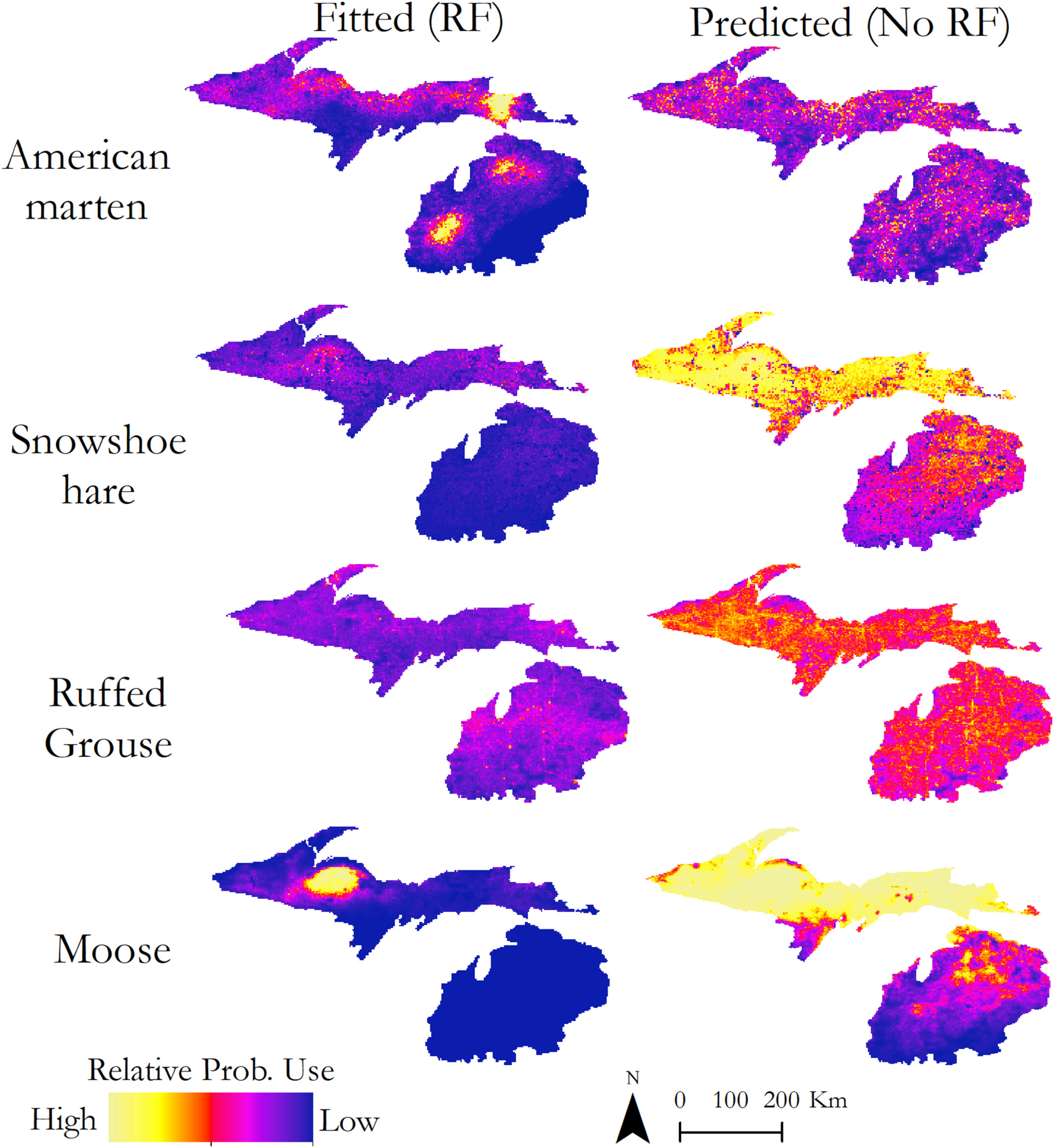
Climate and habitat are important drivers of species' distributions. We used a variety of data sources to fit Bayesian hierarchical models and determine associations between habitat, climatic and anthropogenic conditions for four climate-sensitive species' in Northern Michigan and predict contemporary distributions. Species were associated with multiple climate-sensitive habitat classes, while temperature itself was a stronger predictor than more mechanistic variables of snow cover.
Individual variation in spawning migration timing in a salmonid fish—Exploring roles of environmental and social cues
- First Published: 17 May 2023
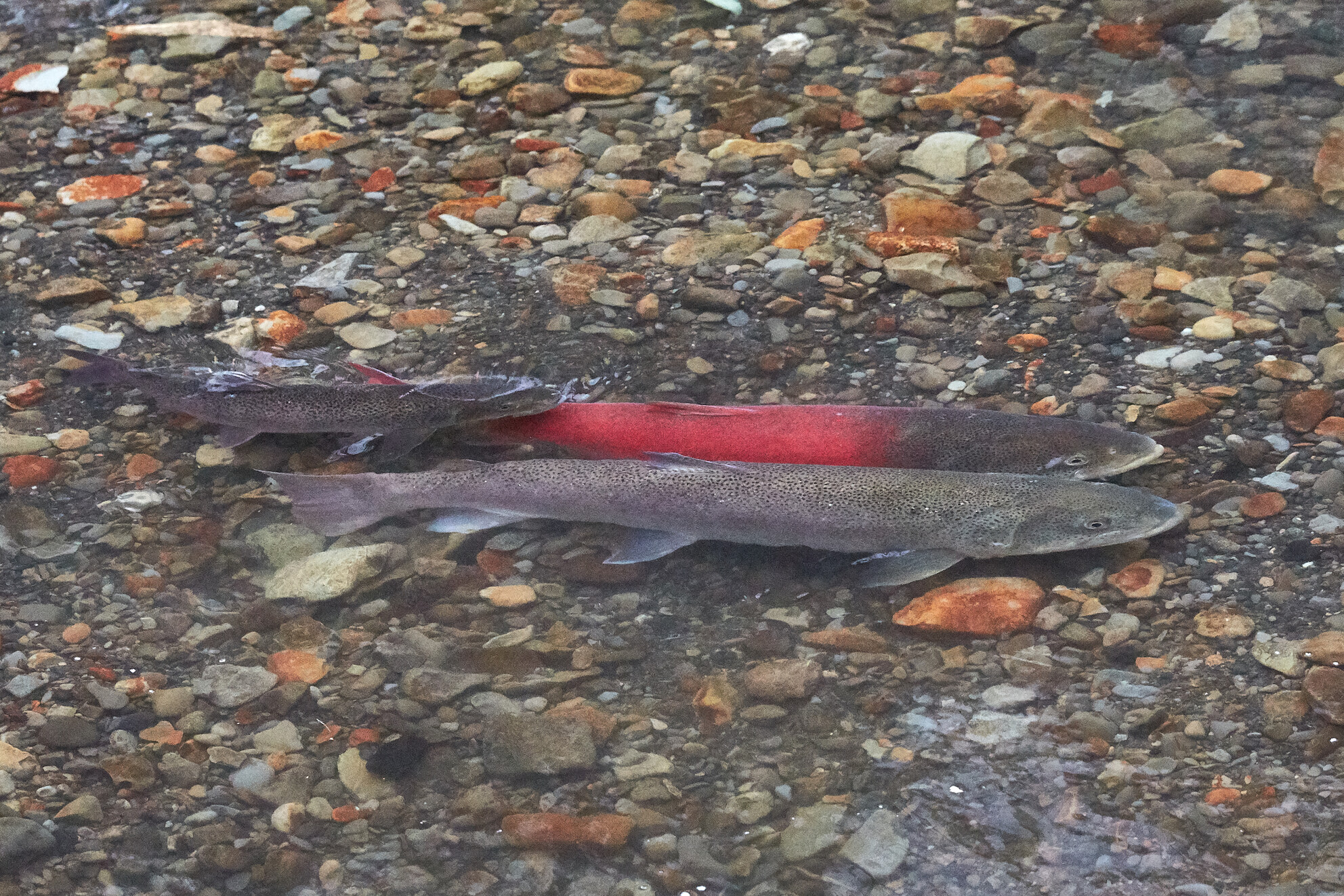
Individual-specific responsiveness to environmental cues was the likely mechanism underpinning the coordinated movement and across-year repeatability in migration timing in the endangered salmonid, Sakhalin taimen. The species possess strong fidelity to time of reproductive activities to maintain their migratory connectivity.
Finding food in a changing world: Small-scale foraging habitat preferences of an insectivorous passerine in the Alps
- First Published: 17 May 2023
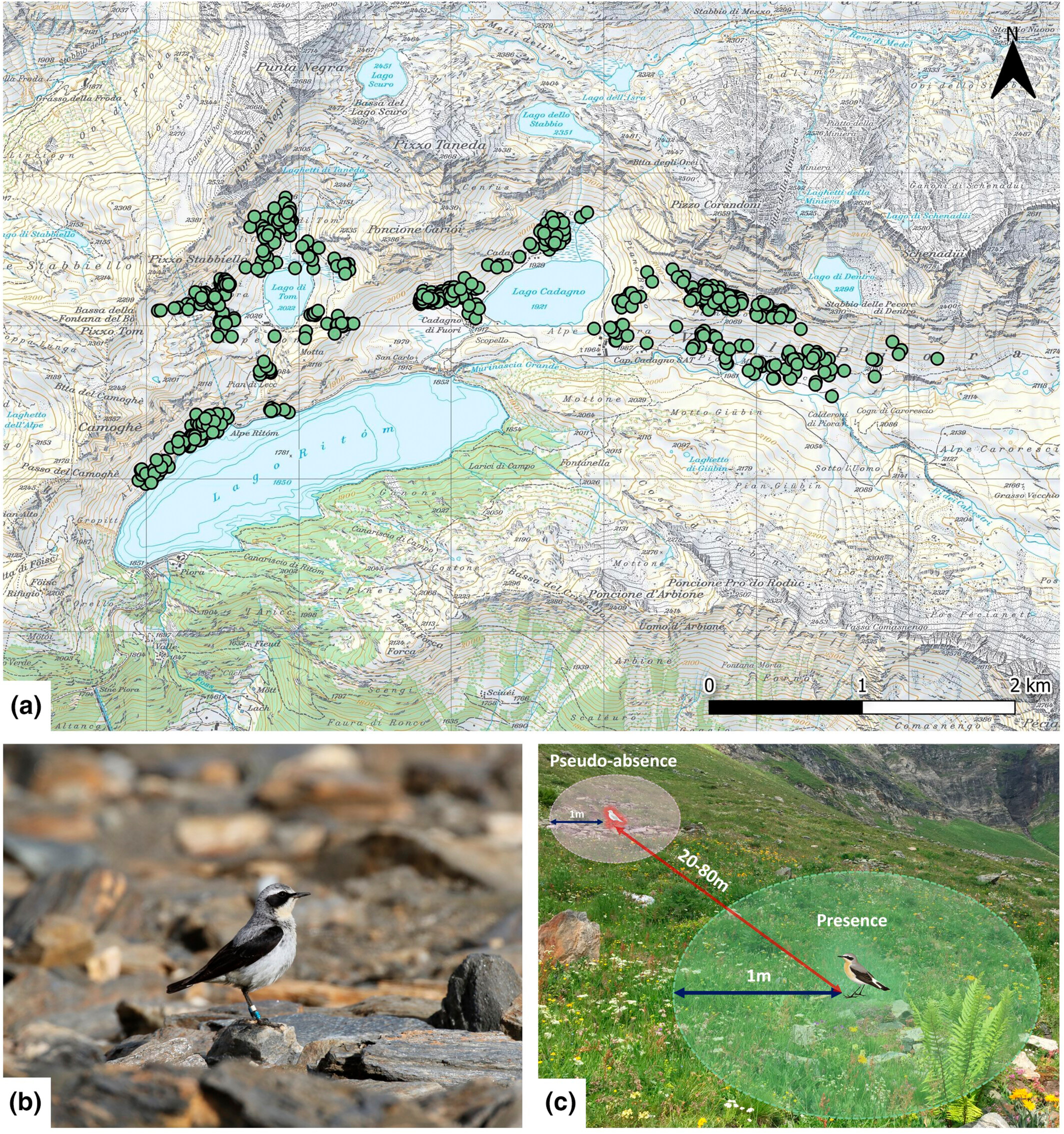
Repeated observations of northern wheatears (Oenanthe oenanthe) in their Alpine breeding range underline the importance of small-scale habitat heterogeneity on the availability of suitable foraging habitat for this alpine passerine. The study revealed that a mosaic of short vegetation and bare ground patches within more productive areas are favored throughout the presence of the species at the breeding site. Conservation of structural heterogeneity that is affected by climate and land-use change is crucial, as Alpine areas are becoming increasingly important for this habitat specialist.
Supervised versus unsupervised approaches to classification of accelerometry data
- First Published: 17 May 2023
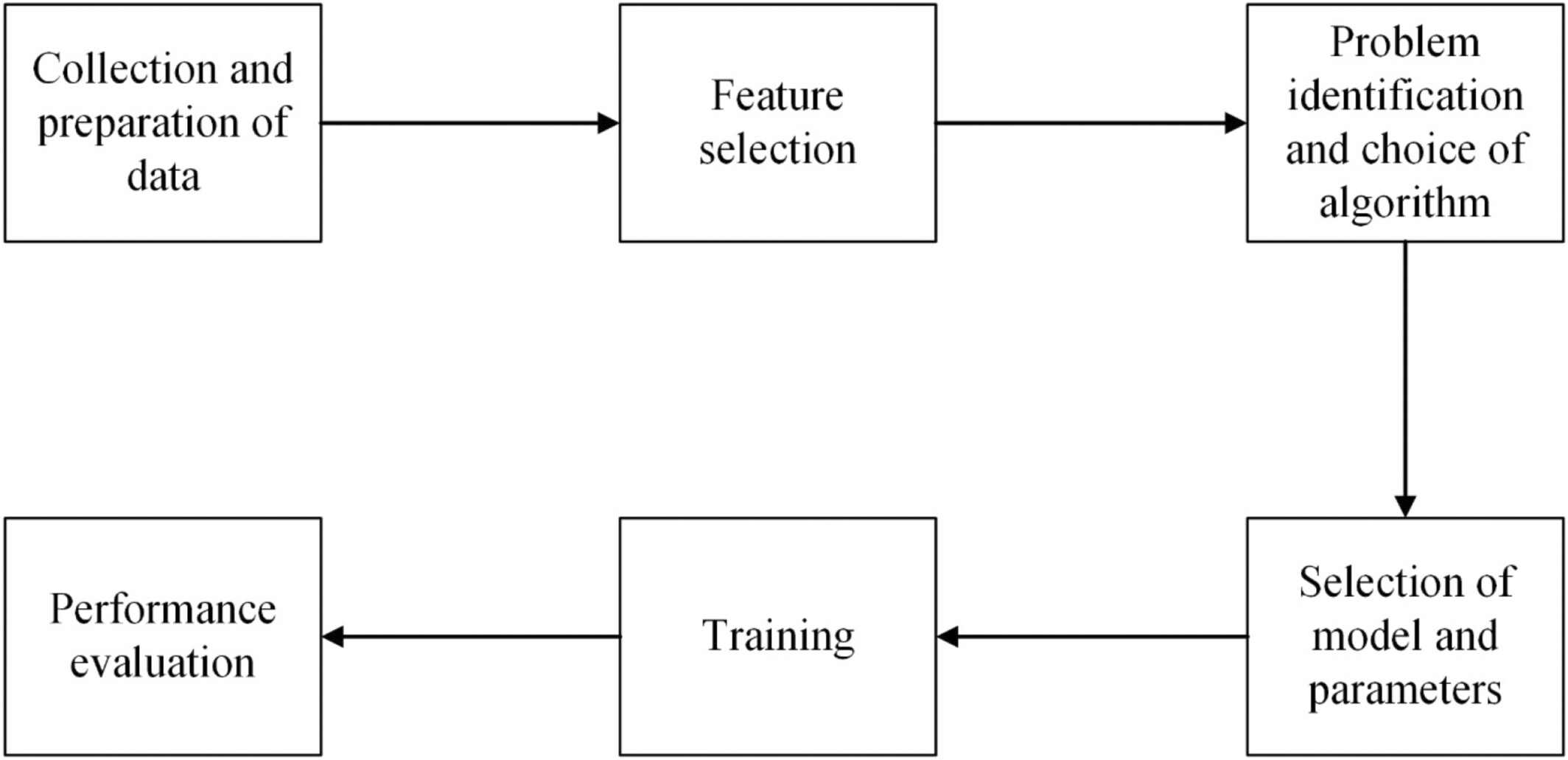
Despite the widespread use of advanced bio-logging tools, the quantity of data they produce has created a need for robust analytical methods for biological interpretation. Here we evaluate the effectiveness of 6 supervised, 1 semi-supervised, and 2 unsupervised machine learning tools for the analysis of acceleration data from critically endangered California condors. Unsupervised classification, which is commonly used for the classification of a priori-defined behaviors in telemetry data, likely is instead better suited to the post hoc definition of generalized behavioral states.
Biodiversity protection against anthropogenic climate change: Conservation prioritization of Castanea sativa in the South Caucasus based on genetic and ecological metrics
- First Published: 18 May 2023
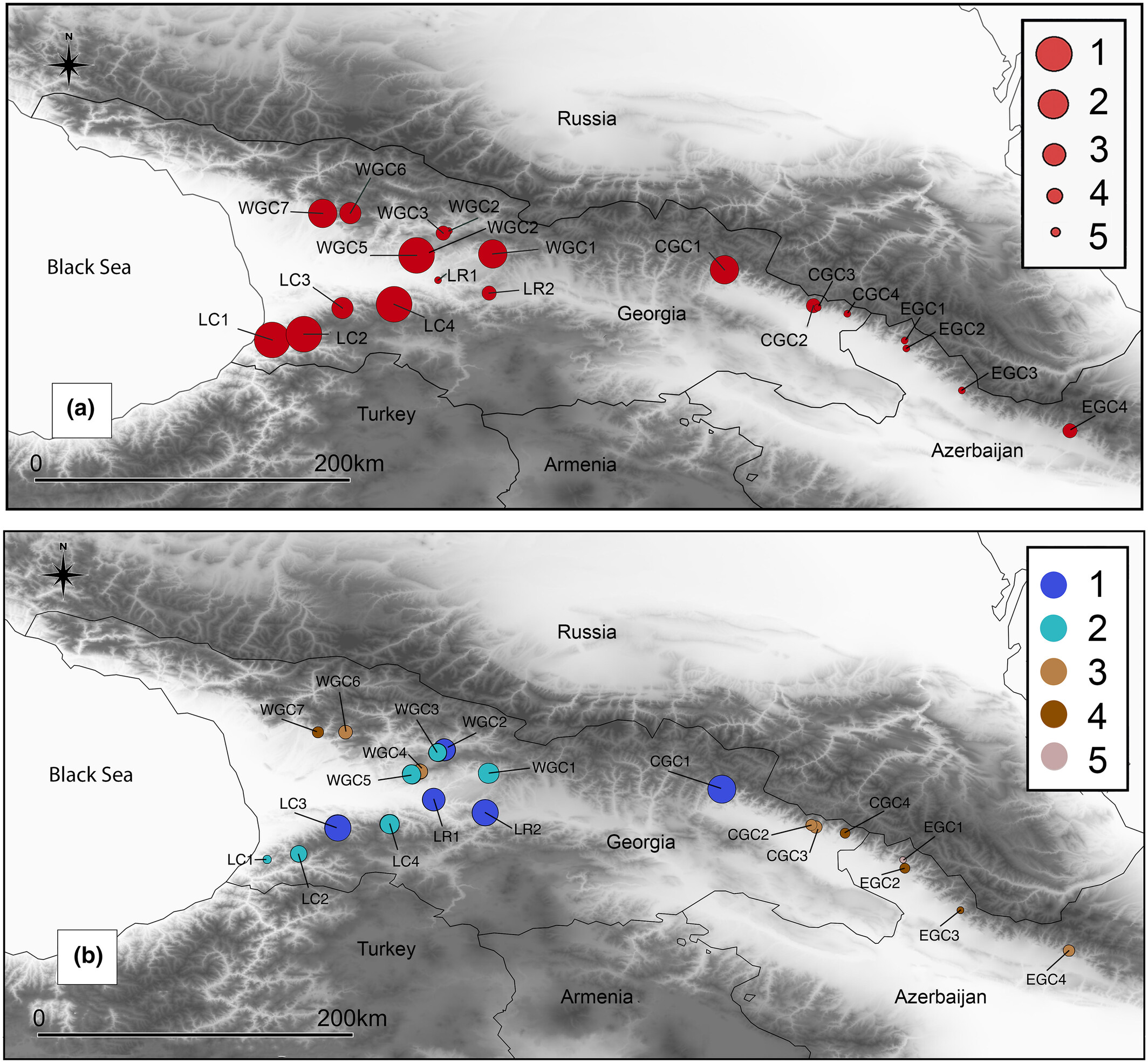
Studies were conducted in the Caucasus hotspot of biodiversity. Using methods of landscape genetics, we identified the drivers of genetic diversity and differentiation in Castanea sativa growing in the isolated Caucasian range. We combined genetic and ecological metrics to conduct conservation prioritization for the species in the region of high conservation importance.
Influence of ambient temperature on the phenology of the greater mouse-eared bat (Myotis myotis)
- First Published: 18 May 2023
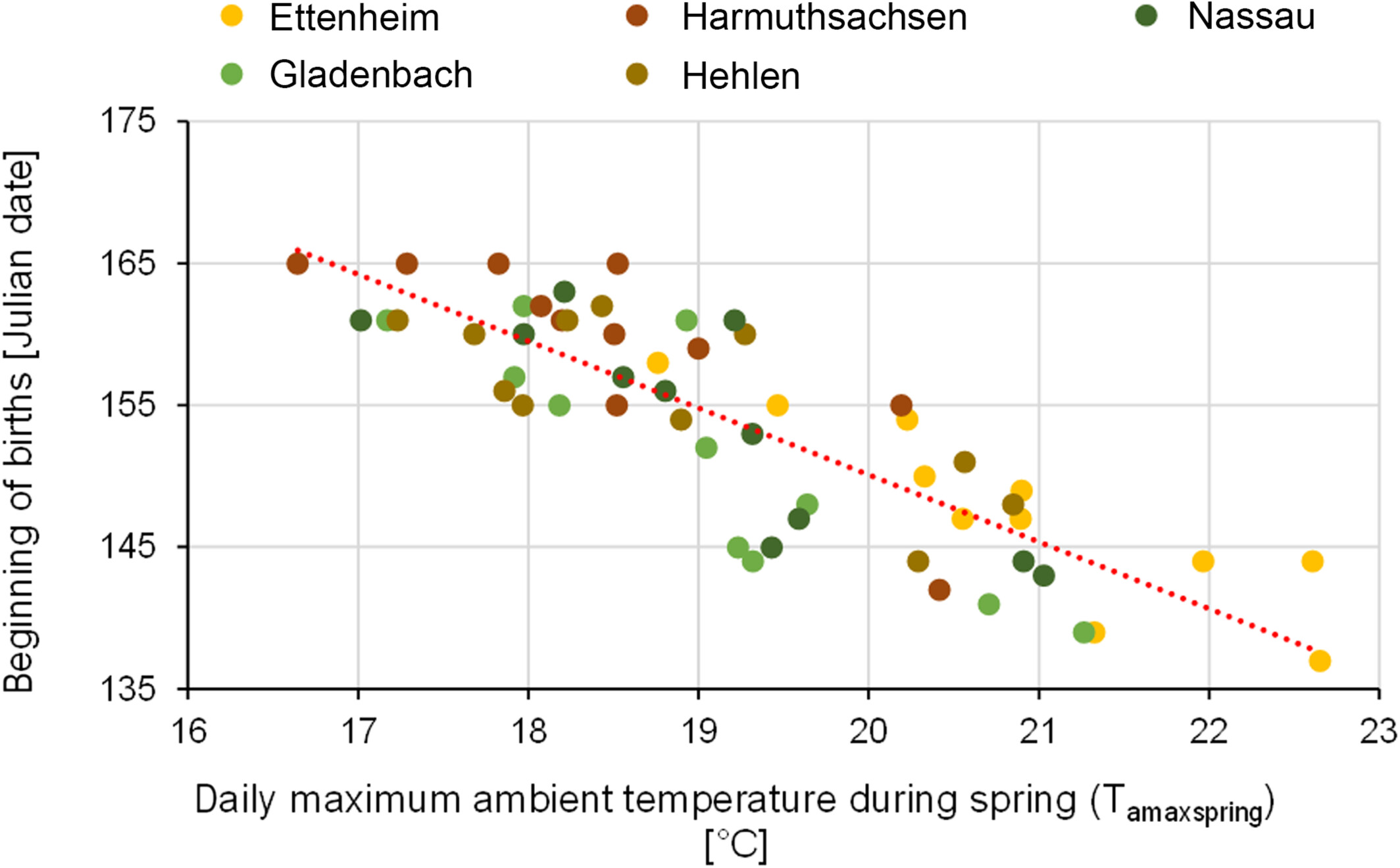
The present study aims to gain insights into the roosting and breeding behavior of the greater mouse-eared bat (Myotis myotis) in relation to the ambient temperature (Ta). This study highlights, that in order to understand the impact of climate change on biodiversity it is necessary to investigate in detail effects on a species-specific level and also to consider effects of Ta on different life history stages.
Environmental DNA metabarcoding revealed the impacts of anthropogenic activities on phytoplankton diversity in Dianchi Lake and its three inflow rivers
- First Published: 19 May 2023
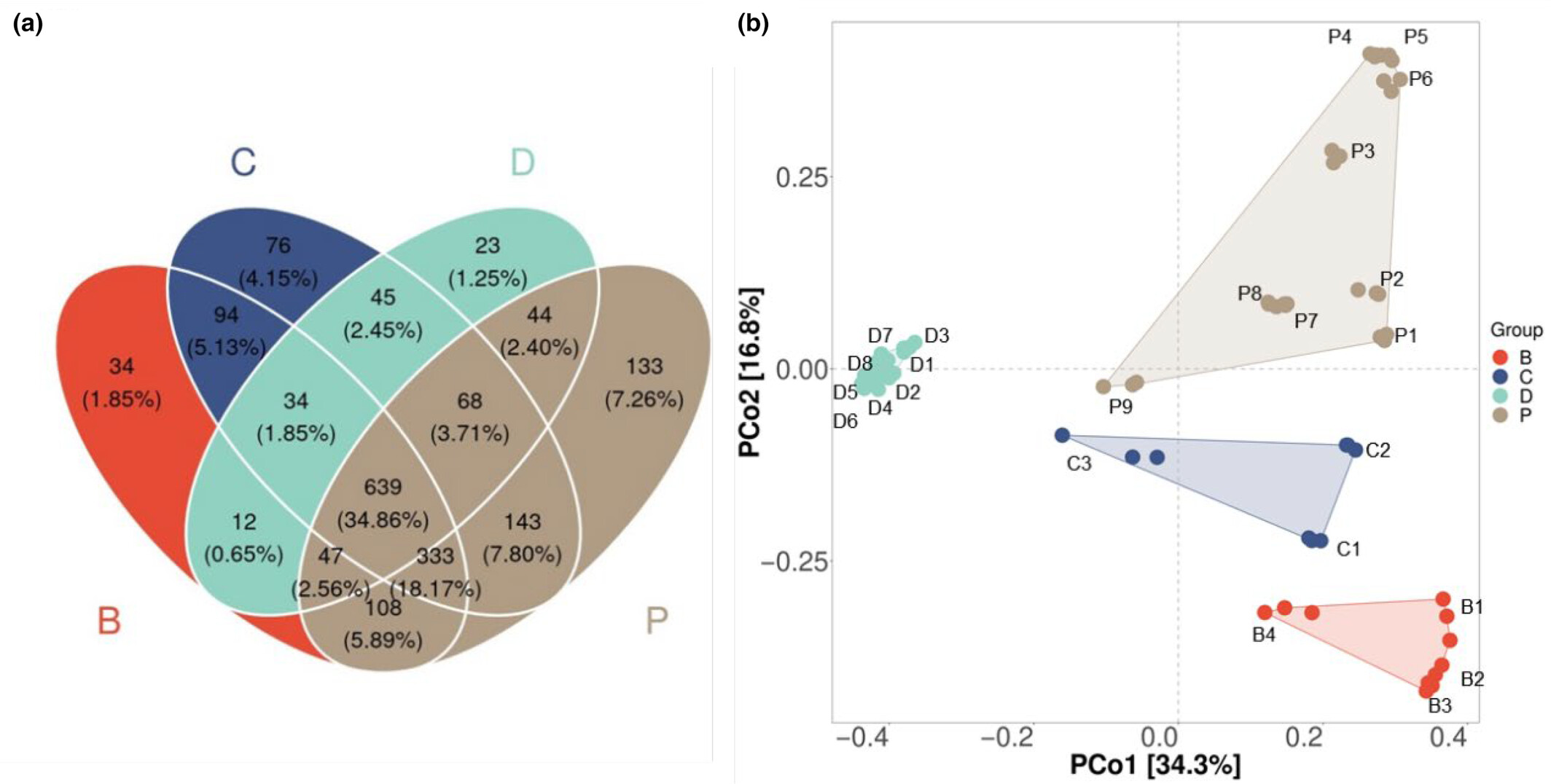
This study investigated the distribution characteristics of phytoplankton at Dianchi Lake and its three inflow rivers through environmental DNA metabarcoding technology, the distribution characteristics reflected the effects of anthropogenic activities on phytoplankton diversity (e.g., community structure, unique dominant taxon, alpha diversity). It provides sights on environmental response mechanisms of phytoplankton community, and the health assessment and restoration of Dianchi Lake.
Maternal and infantile gut mycobiome during the weaning period in free ranging Tibetan macaques (Macaca thibetana)
- First Published: 18 May 2023
Drought, fire, and rainforest endemics: A case study of two threatened frogs impacted by Australia's “Black Summer”
- First Published: 19 May 2023
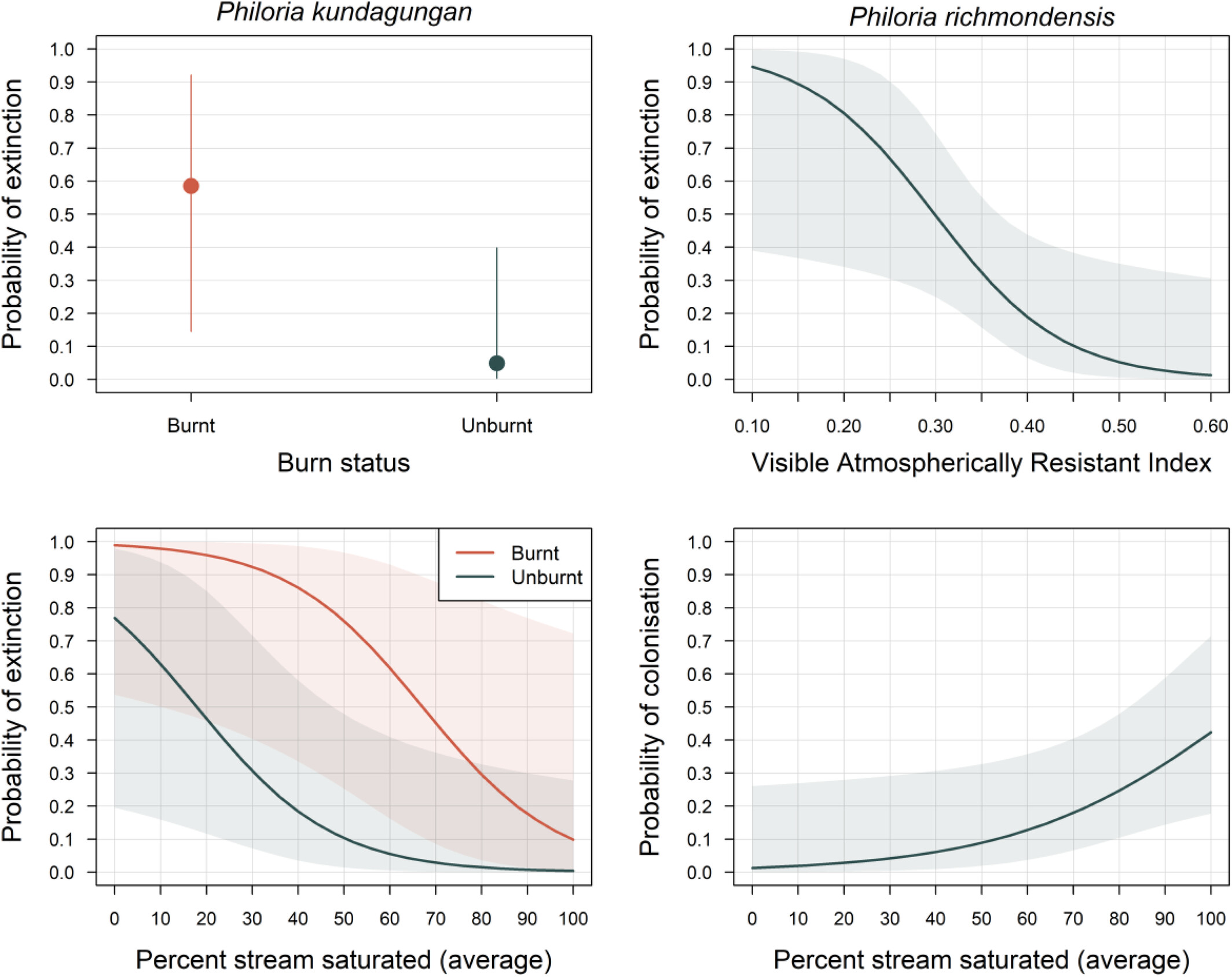
This paper documents the effects of the 2019/2020 “Black Summer” fires and the associated unprecedented drought on two species of threatened rainforest frogs from eastern Australia. This study demonstrates important impacts of these climate-forced events on these two species, including significant fire penetration into mesic rainforest habitat and drought-induced population contractions. The work demonstrates the susceptibility of montane endemics to drought and fire under climate change, and the potential for step-change reductions in occurrence that may not be predicted from erosion of the climatic niche alone.
Patterns and drivers of soil surface-dwelling Oribatida diversity along an altitudinal gradient on the Changbai Mountain, China
- First Published: 19 May 2023
Shrub density effects on the presence of an endangered lizard of the Carrizo Plain National Monument, California
- First Published: 19 May 2023
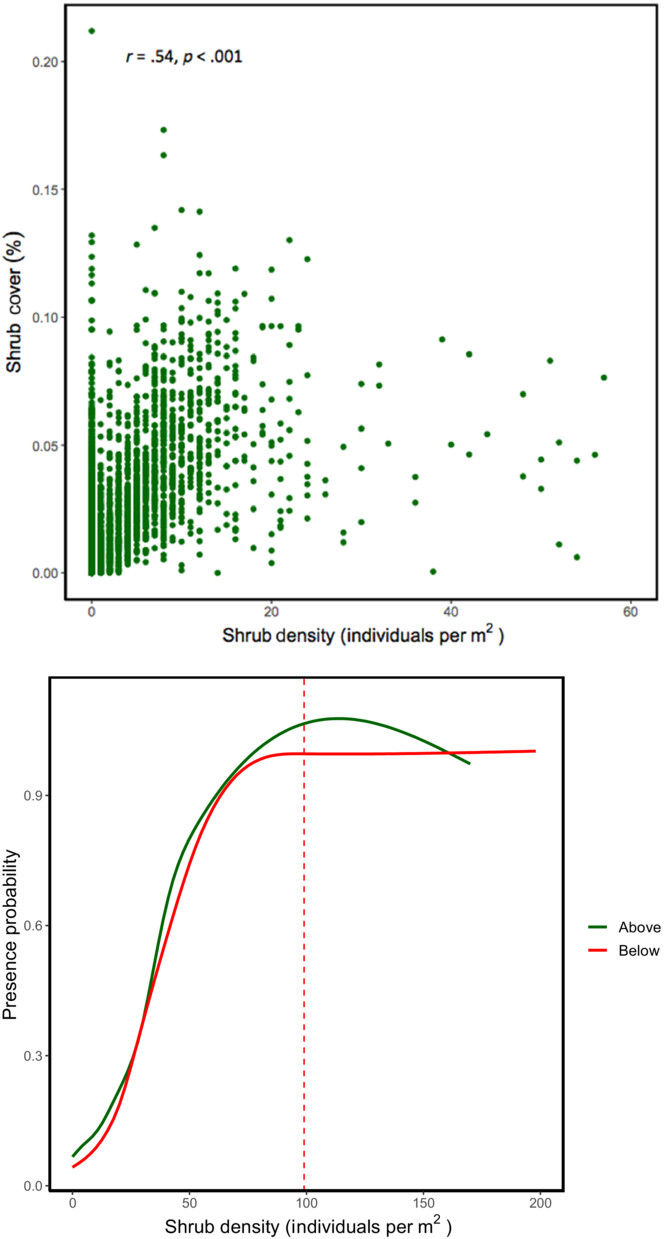
Herein, we tested the influence of shrub density of the foundational shrub species Ephedra californica on the predicted resource use of the federally endangered blunt-nosed leopard lizard Gambelia sila by joining a 3-year telemetry dataset to ground-truthed satellite imagery counts of all shrubs within a 20 m radius of each observed individual. As shrub density increased, we also found that lizards were located more frequently above ground versus below ground in burrows.
Spatial predictions of tree density and tree height across Mexico forests using ensemble learning and forest inventory data
- First Published: 21 May 2023
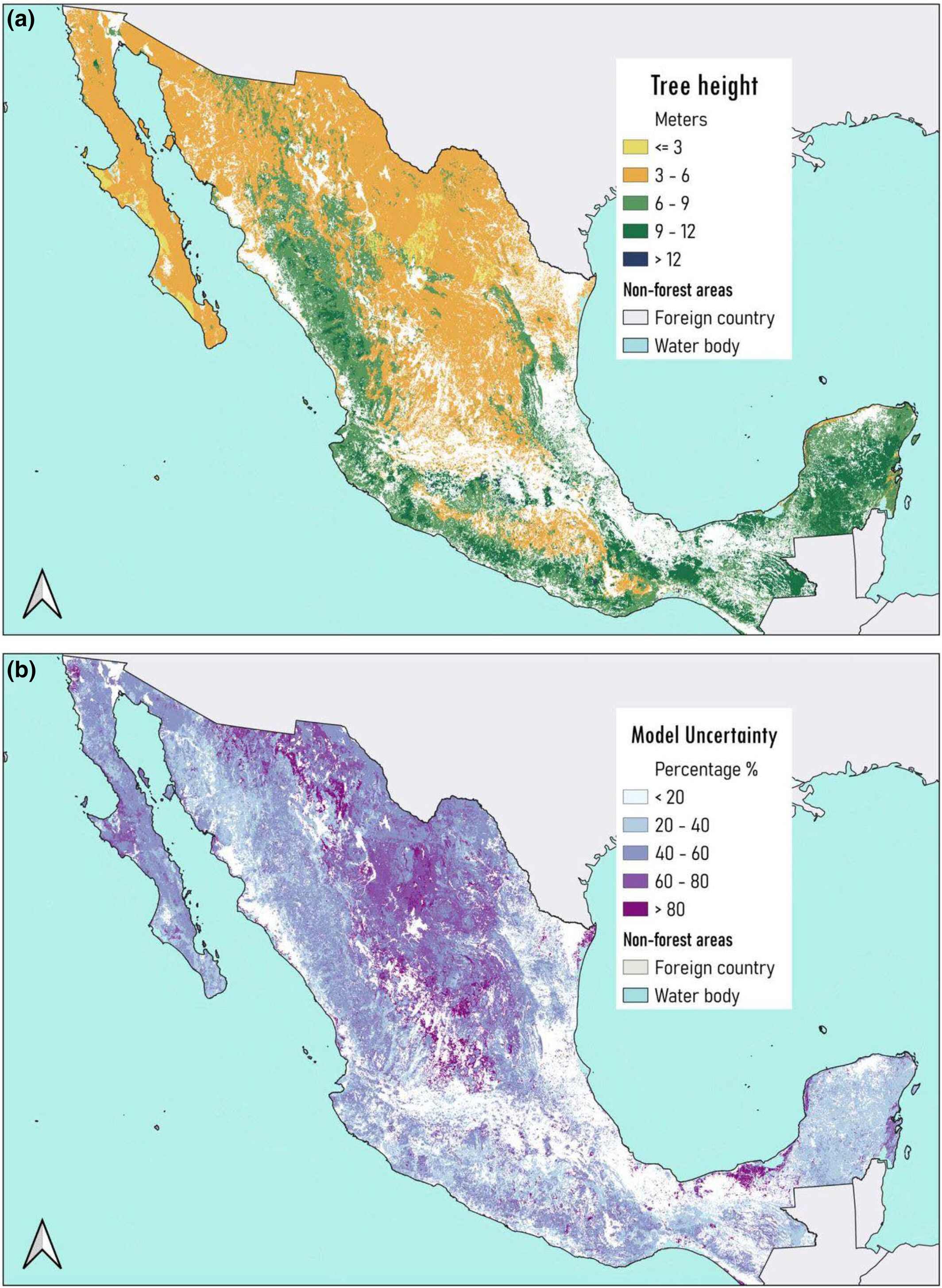
Due to the challenges involved in collecting data exclusively from field surveys, there are spatial information gaps in the Mexican forest inventory. We performed wall-to-wall spatial predictions of tree height and tree density in 1-km grids, using ensemble machine learning across each forest type. The applied open science approach we present is easily replicable and scalable, thus it is helpful to assist in the decision-making and future of the National Forest and Soils Inventory.
Effects of population density and environmental conditions on life-history prevalence in a migratory fish
- First Published: 23 May 2023
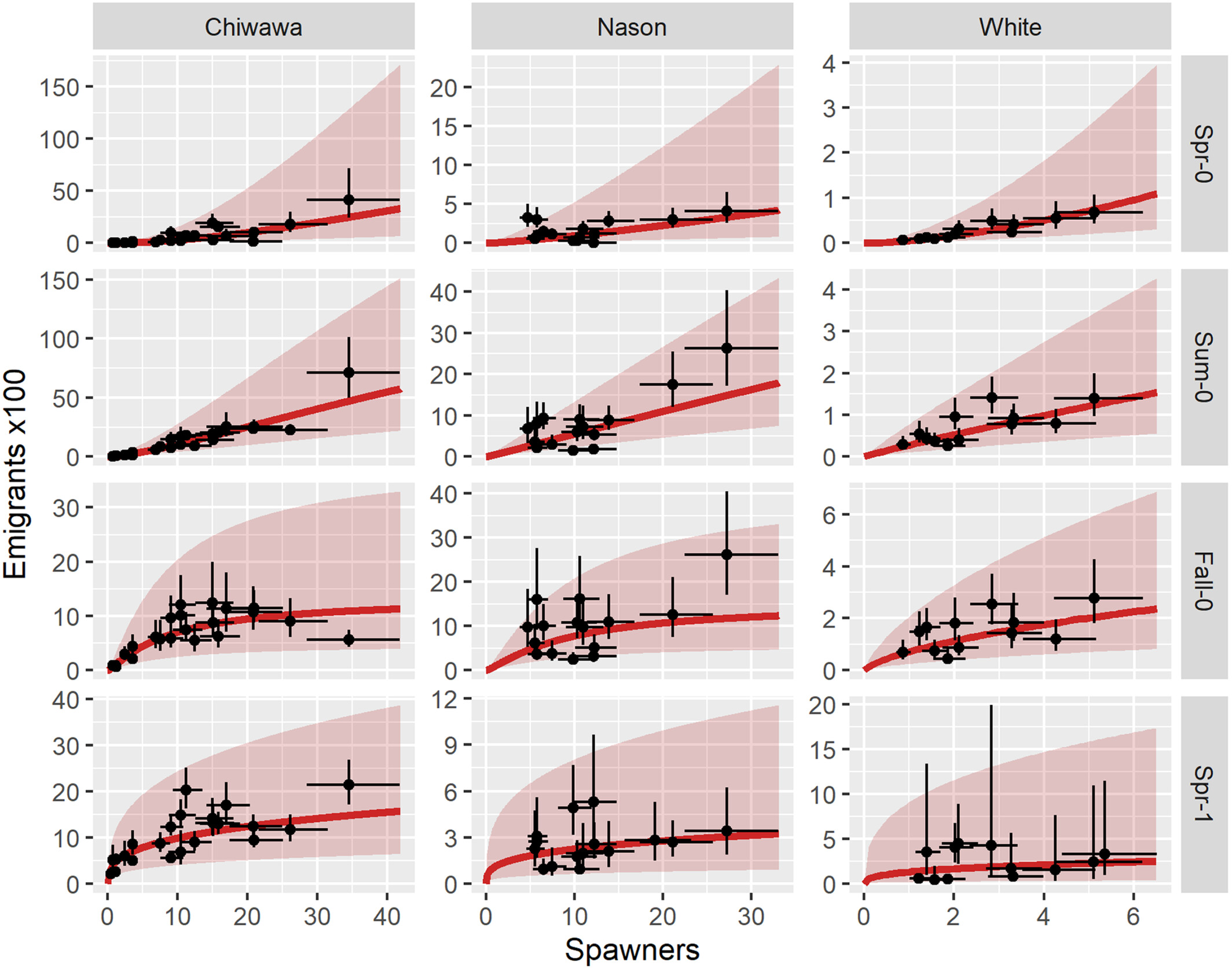
Quantifying the relationship between spawner density, environmental conditions, and the production of juveniles expressing different life history pathways is a necessary first step in understanding drivers of population productivity. For a population of endangered Chinook salmon, we quantified how the prevalence of juveniles that emigrate from their natal stream at younger ages increased with increasing population density and winter streamflow.
The succession of gut microbiota in the concave-eared torrent frog (Odorrana tormota) throughout developmental history
- First Published: 20 May 2023
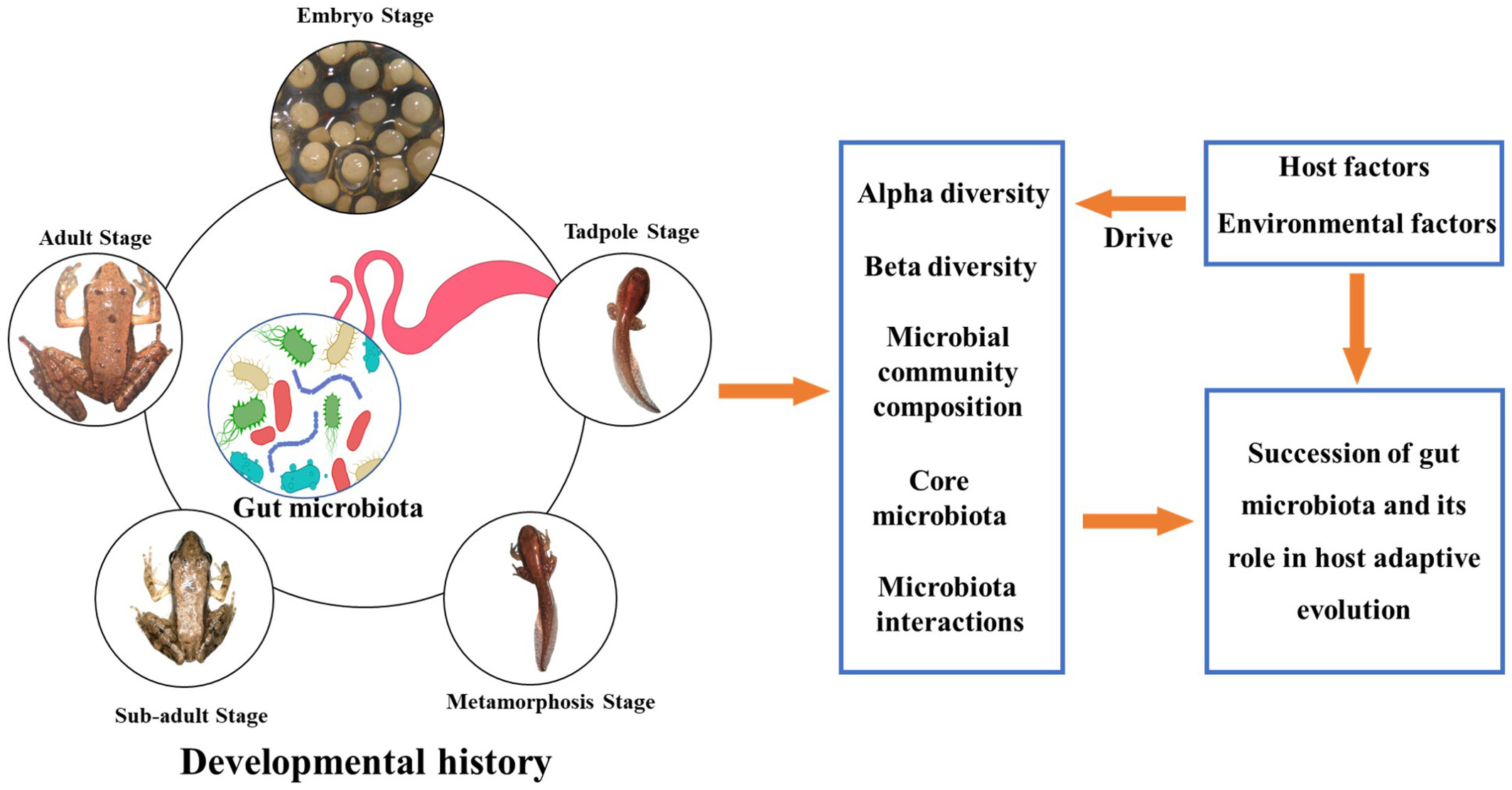
The highest of Alpha diversity index and complexity of microbial symbiotic network structure were observed in Gosner stage 24. Alpha diversity index decreased from tadpole at Gosner 24 development to 2-year-old adult frog stage. Alpha diversity index increased significantly at the early metamorphosis and hibernation preparation stages. The development stage was the most significantly correlated with gut microbial diversity and community changes.
Spatial analysis of the occurrence of the western conifer seed bug Leptoglossus occidentalis (Heteroptera: Coreidae) in Europe based on multiple environmental variables
- First Published: 20 May 2023
Parasite-mediated selection on host phenology
- First Published: 20 May 2023
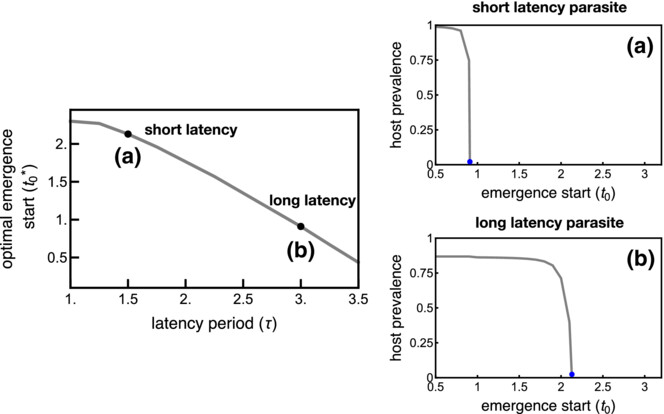
Environments with parasites favor hosts with shifted phenology to reduce the temporal overlap between hosts and parasites and thus reduce infection risk. Although host populations with altered phenological patterns are less likely to mature and reproduce, the fitness advantage of parasite avoidance can be greater than the cost of reduced reproduction. These results illustrate the impact of parasitism on the evolution of host phenology and suggest that shifts in host phenology could serve as a strategy to mitigate the risk of infection.
Metabarcoding analysis identifies high diversity of harmful algal bloom species in the coastal waters of the Beibu Gulf
- First Published: 22 May 2023
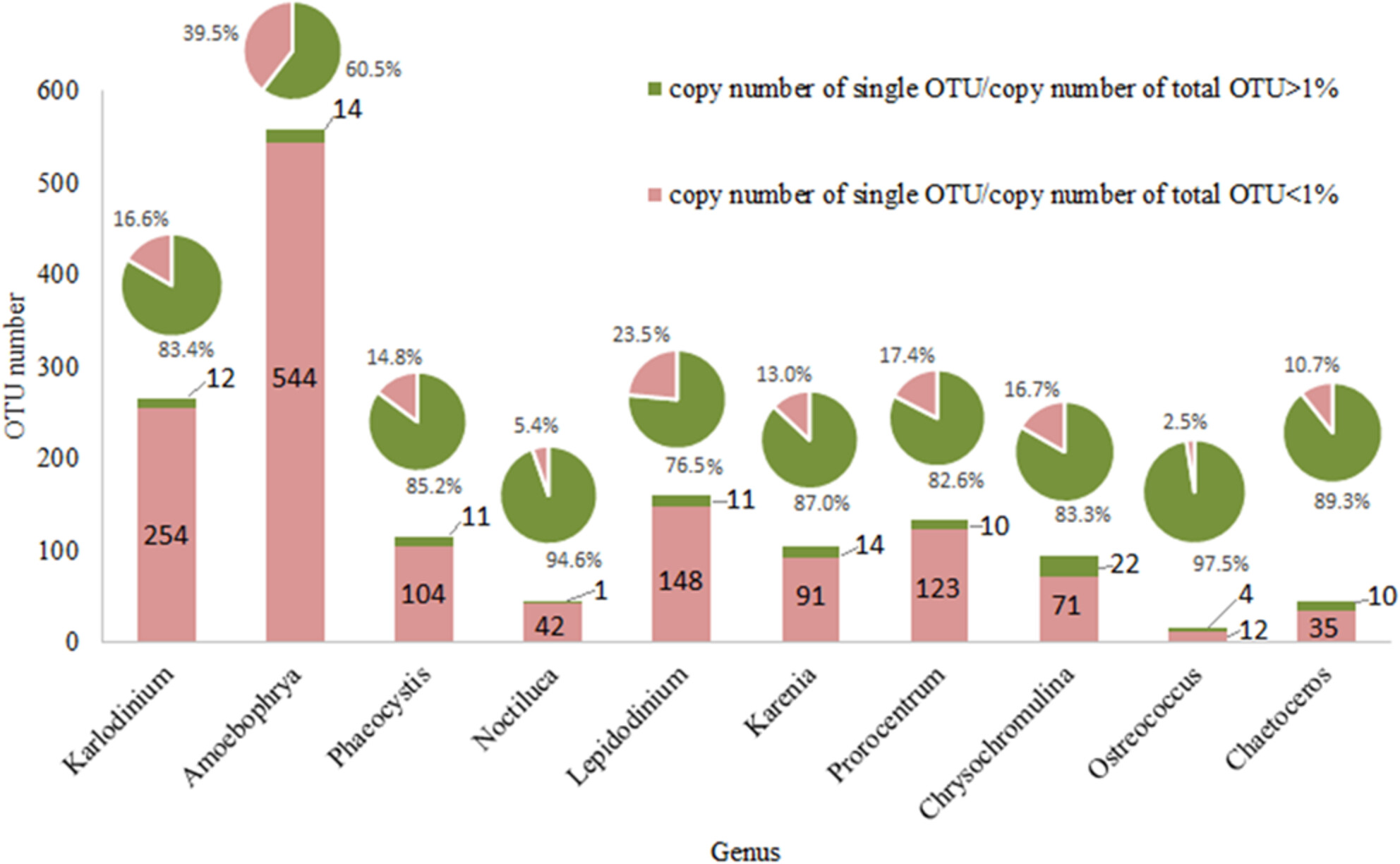
This study firstly combined both short-read and long-read metabarcoding analyses for annual marine phytoplankton community and harmful algal bloom species identification in the Beibu Gulf. Based on the high richness from short-read and the high accuracy of species identification from long-read, HAB species with high diversity and abundance were revealed. The metabarcoding analyses also make up the previous light microscopic method in identifying specific phytoplankton species, such as those with small-size, those unstable after fixation, and those lack obvious morphological differences in the same genus.
Dietary overlap and selectivity among mountain steppe river fish in the United States and Mongolia
- First Published: 21 May 2023
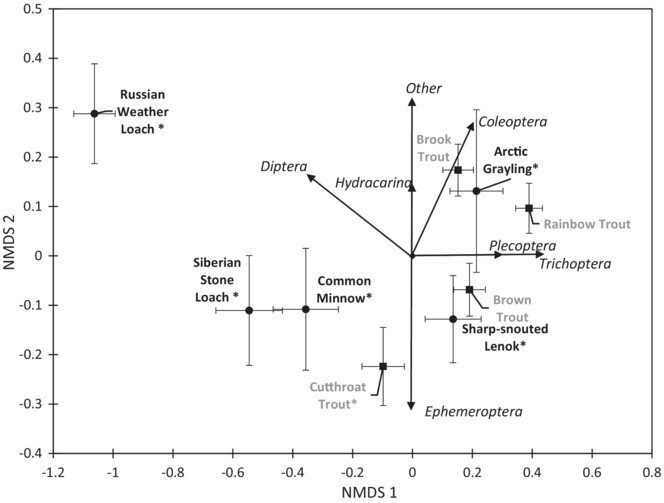
The introduction of nonnative species can influence the dietary characteristics of native species. We compared fishes in rivers with and without the presence of nonnative species to compare the diets of native species. We found nonnative species had more generalist diets and greater dietary overlaps compared to native species.
Different spatial structure of plant-associated fungal communities above- and belowground
- First Published: 21 May 2023
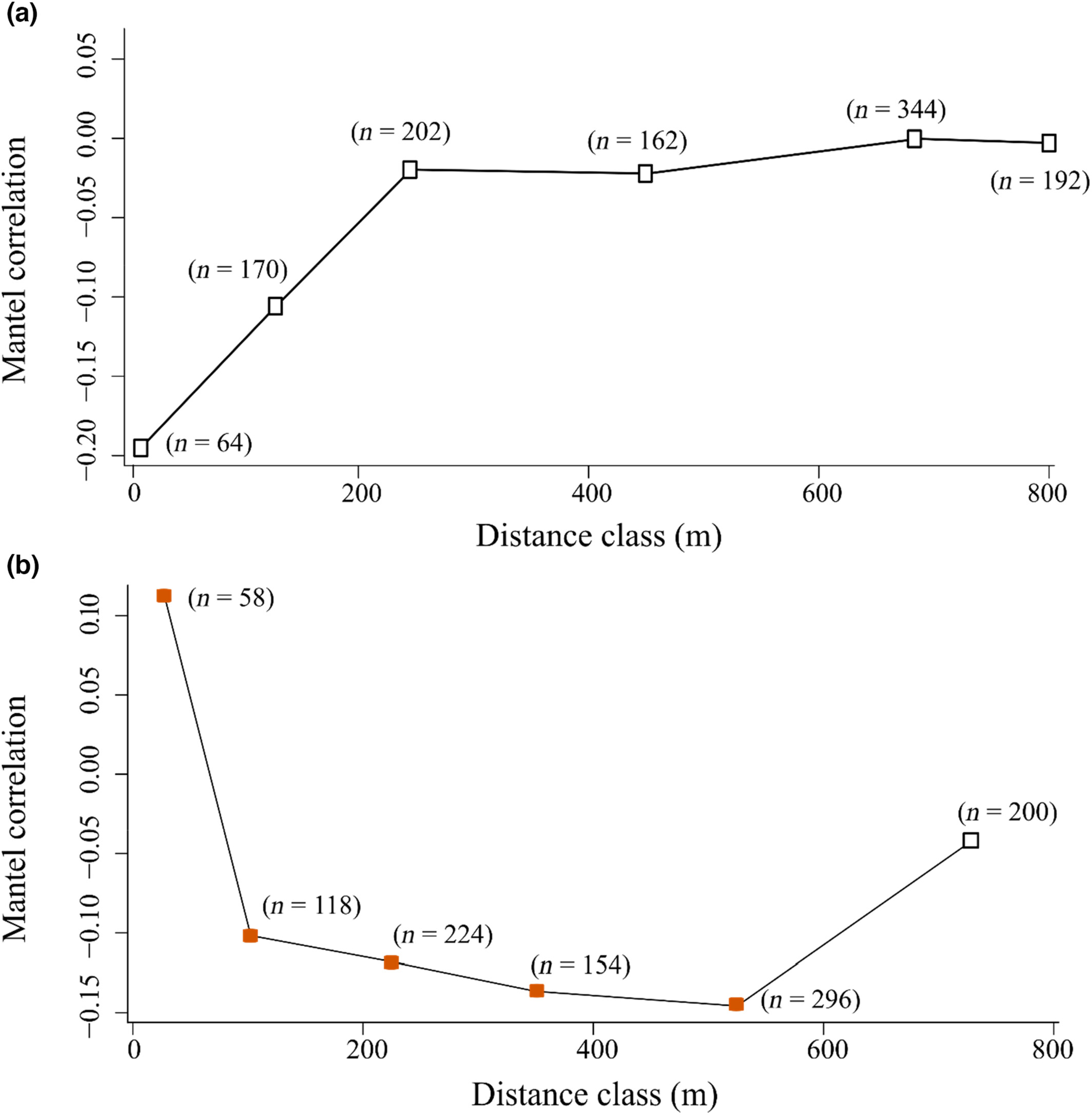
The distribution and community assembly of above- and belowground microbial communities associated with individual plants remains poorly understood, despite its consequences for plant–microbe interactions and plant health. To examine the effect of environmental factors and dispersal on the distribution of fungal communities, we sampled leaves and soil of Quercus robur trees, as well as microclimatic, phenological, and spatial variables, in a landscape in southwestern Finland. We provide evidence that foliar and soil fungal communities assemble independent of each other and are structured by different ecological processes.
Rapid, repeatable landscape-scale mapping of tree, hedgerow, and woodland habitats (THaW), using airborne LiDAR and spaceborne SAR data
- First Published: 25 May 2023
Opening up new niche dimensions: The stoichiometry of soil microarthropods in European beech and Norway spruce forests
- First Published: 22 May 2023
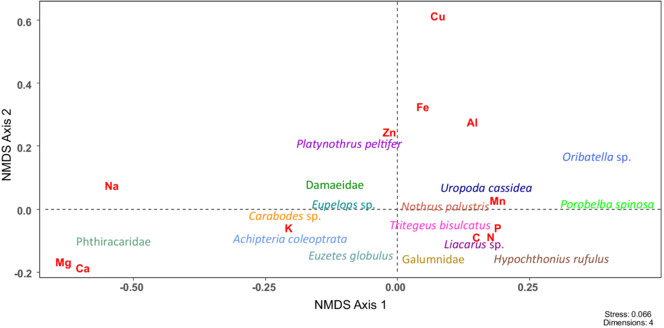
Soil mite taxa differed in their stoichiometry, indicating the existence of multidimensional stoichiometric niches in soil mites. Litter stoichiometry as well as stoichiometric niches between the two forest types did not differ pointing to limited elemental niche plasticity. Negative correlation between Ca and trophic level of soil mites indicates increased skeletal hardening as a defense in taxa low in the food web and positive correlation between phosphorus and trophic level indicates higher energetic demand of taxa high in the food web.
The effect of physiographic and hydrologic complexities and their alterations on the distribution of obligate freshwater dolphins
- First Published: 21 May 2023
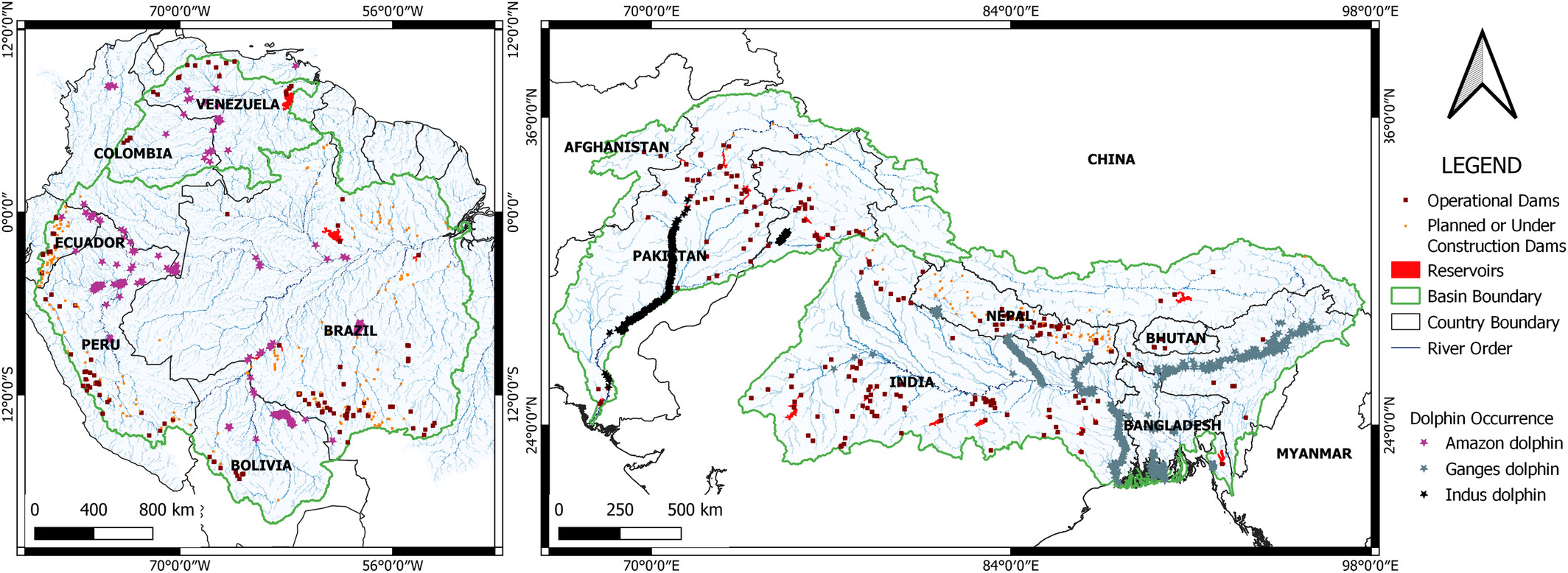
All the three surviving obligate freshwater dolphins are Endangered due to continuous decline in population and distribution range. Our study helps to ascertain the role of hydrologic and physiographic complexities on determining the distribution of dolphins and also discusses how the alterations induce change in their distribution. This will prove useful as hydrologic alterations are planned throughout the range of the species.
The past, present, and future of ecogeographic isolation between closely related Aquilegia plants
- First Published: 25 May 2023
Supplementing a grain diet with insects instead of fruits sustains the body condition of an omnivorous bird
- First Published: 25 May 2023
Variance in offspring sex ratio and maternal allocation in a highly invasive mammal
- First Published: 25 May 2023
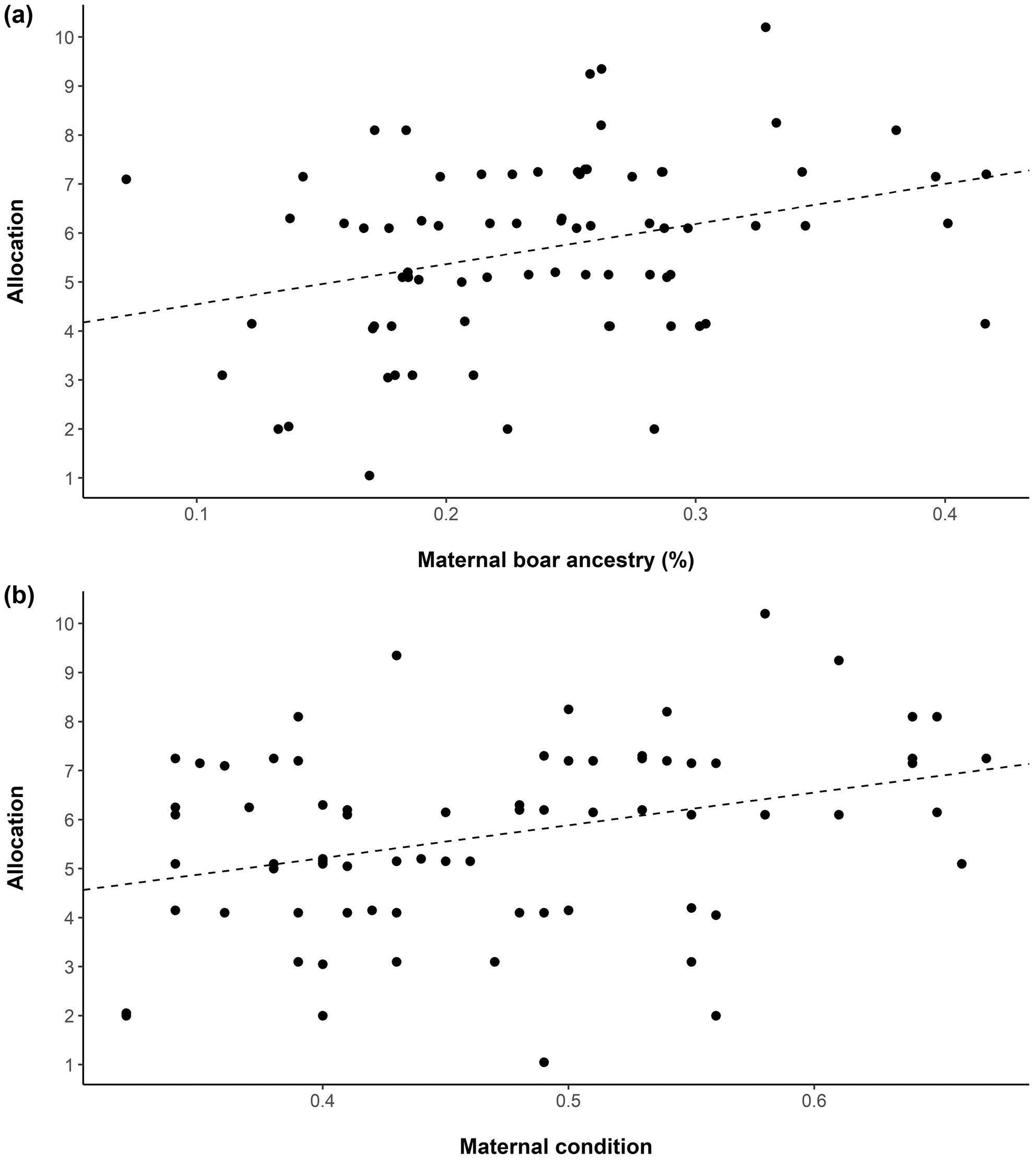
Skewed sex ratios at birth in highly polytocous species are complicated since maximizing fitness may include trade-offs between sex ratio and the size and number of offspring in litters. We investigated the offspring sex ratio and maternal allocation in wild pigs (Sus scrofa) in relation to maternal quality and stochastic environmental conditions. Maternal genetics, age, and body condition may weakly skew the sex ratio toward males and allocation to litter production, but adjustment of litter size appeared to be the primary reproductive characteristic manipulated to increase maternal fitness rather than adjustment of offspring sex ratio.
Drought is threatening plant growth and soil nutrients of grassland ecosystems: A meta-analysis
- First Published: 24 May 2023
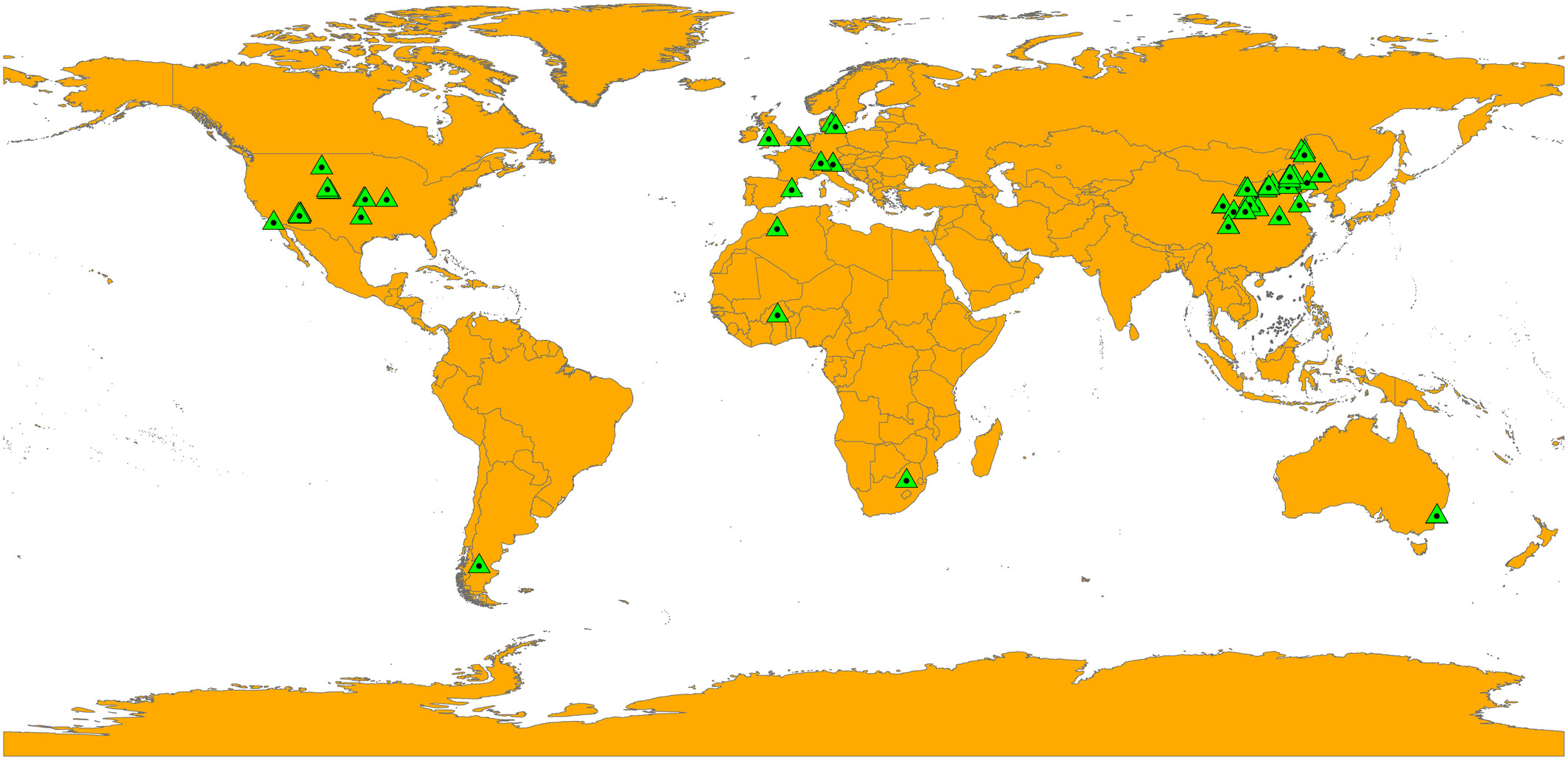
Drought led to significant decrease in AGB, BGB, ANPP, BNPP, MBC, MBN, and SR. However, some soil nutrients (DOC, TN, NO3−-N, and TP) had significant increase under drought stress. Drought is threatening the biotic environment of grassland ecosystem, and the positive steps should be taken to address the negative effects of drought on grassland ecosystems due to climate change.
Gene flow drives genomic diversity in Asian Pikas distributed along the core and range-edge habitats in the Himalayas
- First Published: 24 May 2023
Development of short-target primers for species identification in biological studies of Carnivora
- First Published: 25 May 2023
Connecting tiger (Panthera tigris) populations in Nepal: Identification of corridors among tiger-bearing protected areas
- First Published: 30 May 2023
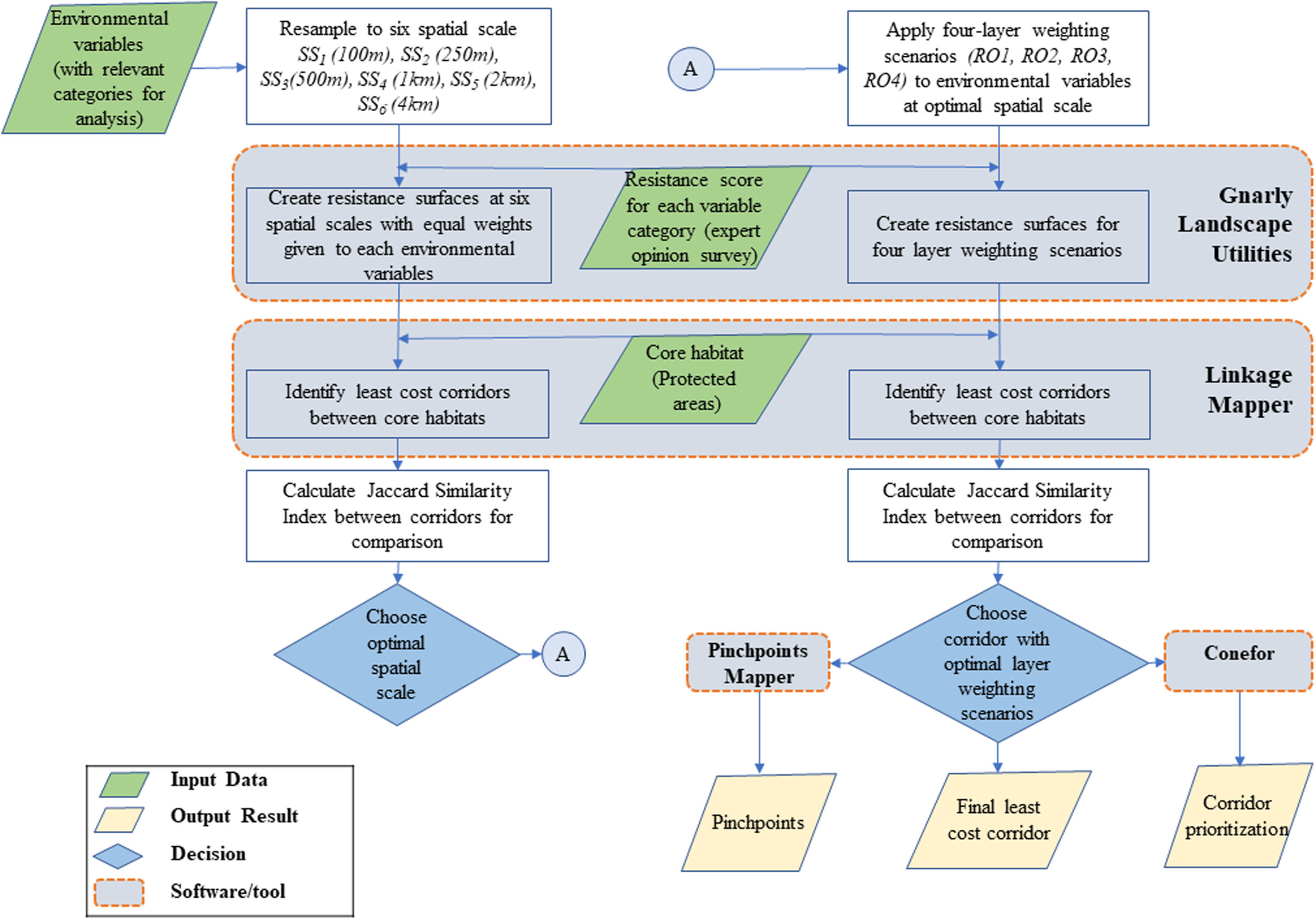
Identification of the habitat most likely to achieve connectivity among protected areas is vital for the long-term persistence of tigers. We used least-cost corridor modeling and circuit theory to identify potential tiger corridors and bottlenecks in the Terai Arc Landscape in Nepal. The Siwalik hills in the study area holds the key to potential connectivity among protected areas; however, immediate conservation attention is needed, particularly at pinchpoints, to secure this connectivity for tigers.
Leaf volatile and nonvolatile metabolites show different levels of specificity in response to herbivory
- First Published: 29 May 2023
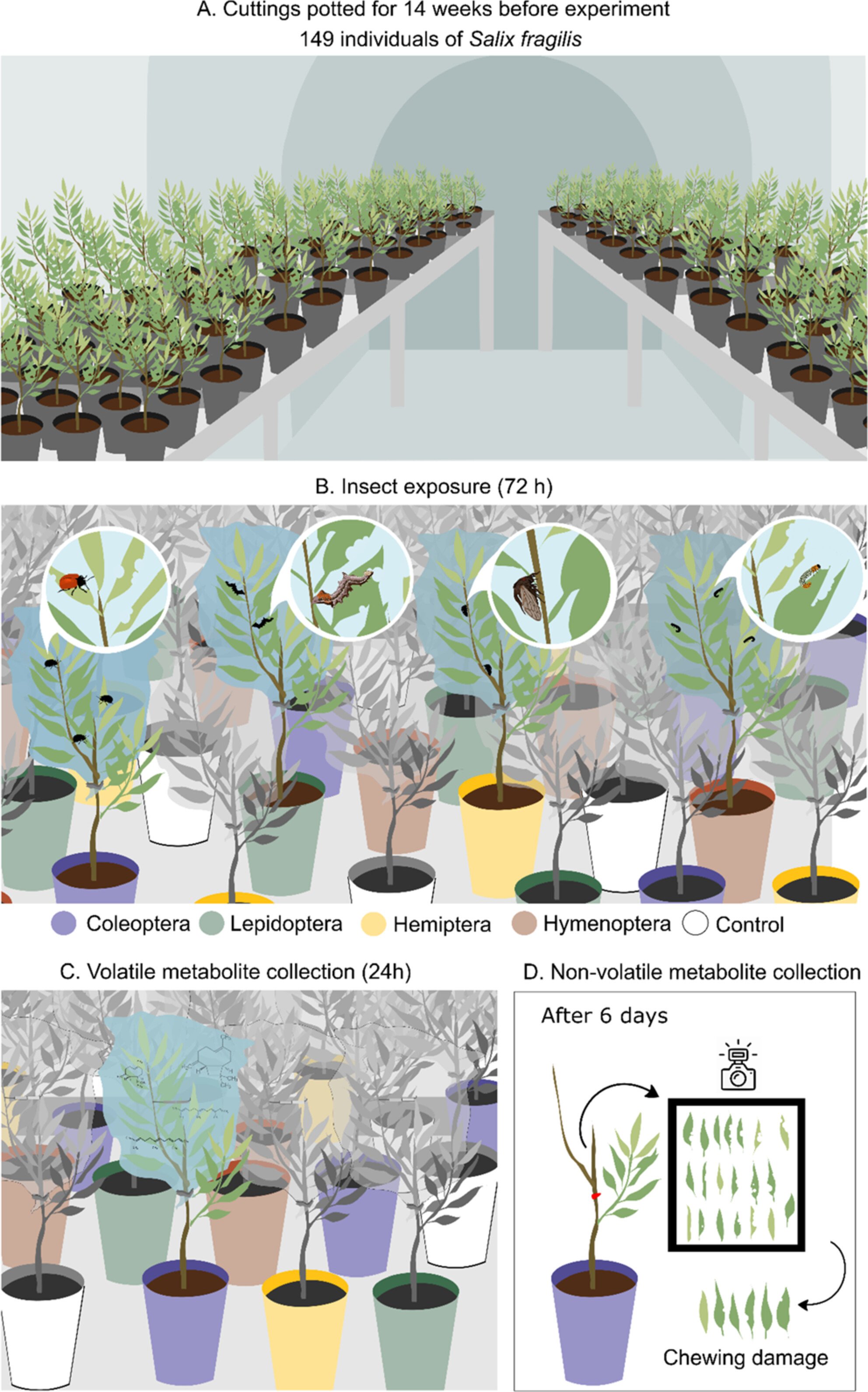
We test how insect herbivore species, order, feeding guild and level of specialization correlate with the variation in induced plant responses. The induction of volatile and nonvolatile leaf metabolites shows different levels of specificity. Our results demonstrate how diverse responses to herbivores can contribute to the diversity of defensive plant strategies.
Increasing complexity of opsin expression across stomatopod development
- First Published: 26 May 2023
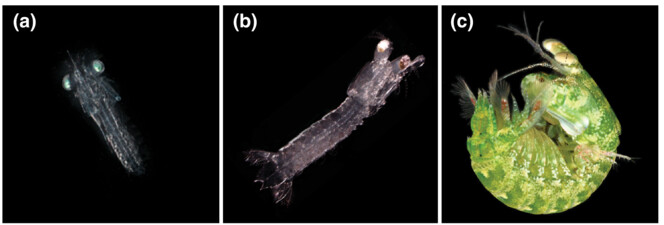
Larval stomatopods were thought to have less complex photosensory systems than their adult counterparts; however, their light detection abilities may be quite extensive. Here, we characterized the expression of light-absorbing opsins across developmental stages of two stomatopod species using transcriptomic methods. The number of opsins expressed increased across ontogeny with all stages expressing opsins from short, middle, and long wavelength-sensitive clades, providing novel evidence for light detection across the visual spectrum.
Who is reporting non-native species and how? A cross-expert assessment of practices and drivers of non-native biodiversity reporting in species regional listing
- First Published: 28 May 2023
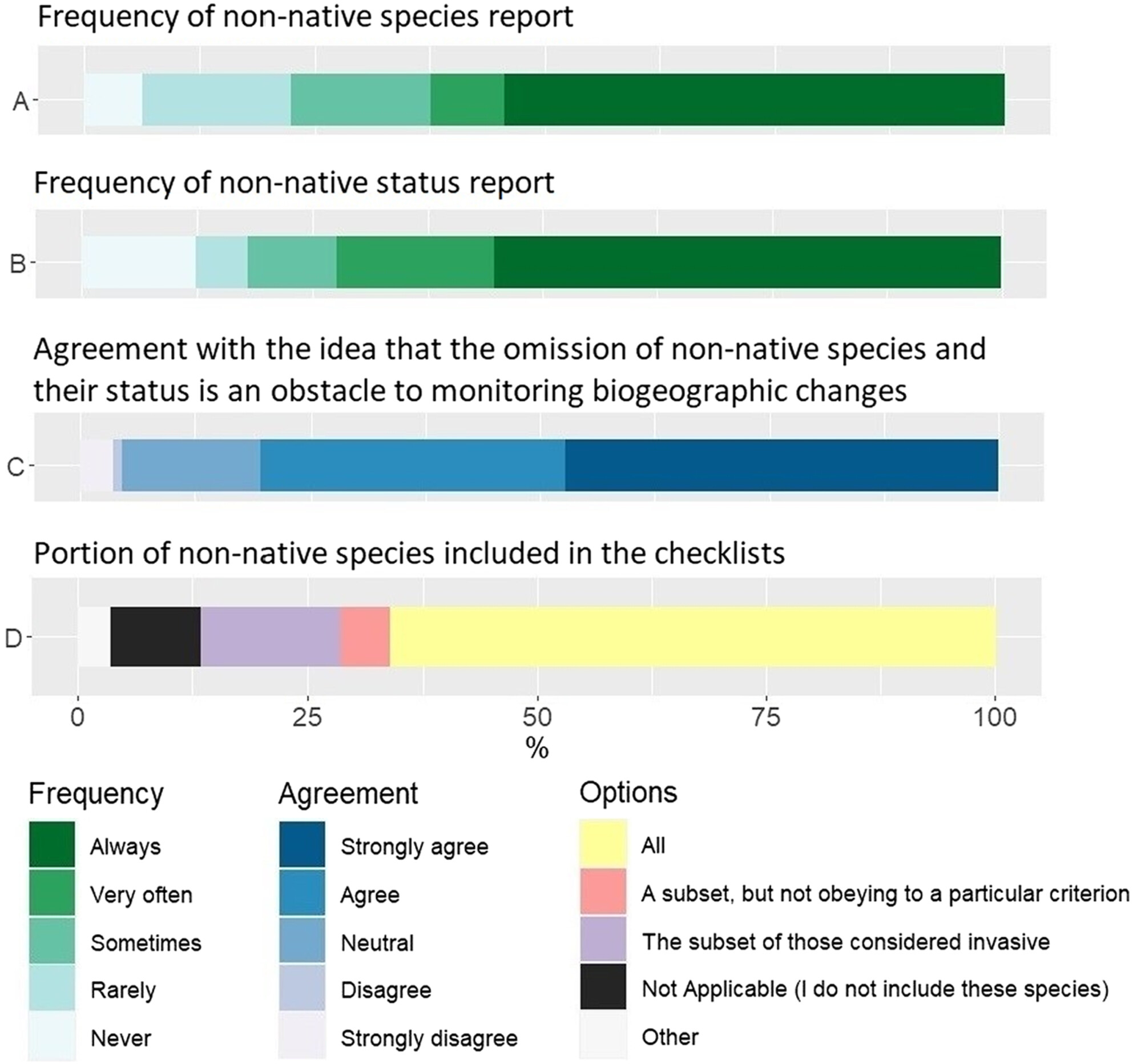
Each year, hundreds of species checklists are published. However, many of these checklists are difficult to identify, collect and integrate into analytical workflows, due to distinct data reporting structures, storage formats, the omission of relevant information or the use of ambiguous or inconsistent terminology. We conducted an online survey targeting authors of species regional checklists to identify the current practices and drivers of the geographical reporting of non-native species in the scientific literature.
Critical transitions and evolutionary hysteresis in movement: Habitat fragmentation can cause abrupt shifts in dispersal that are difficult to revert
- First Published: 29 May 2023
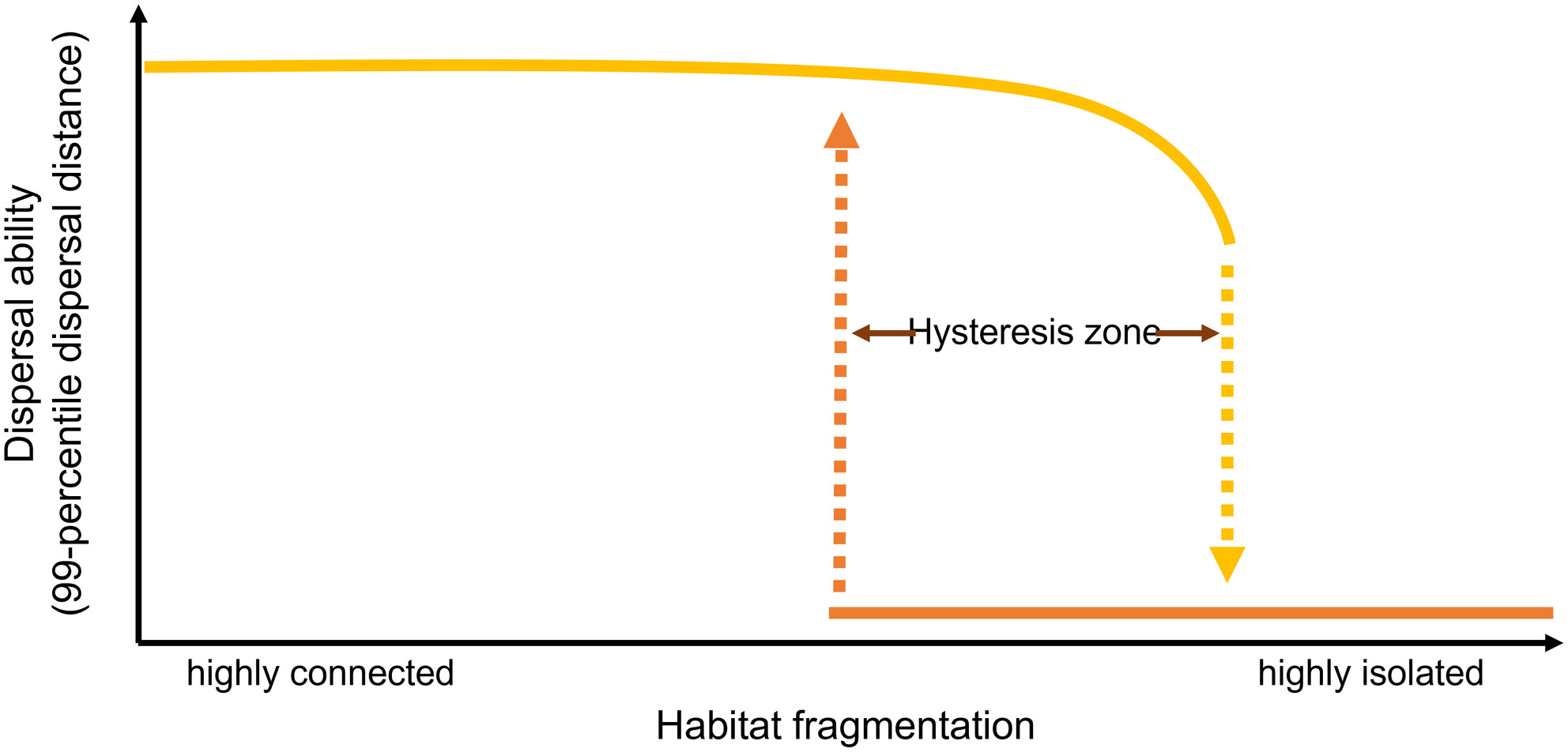
We suggest that restoring habitat connectivity may require restoration toward much higher connectivity levels than currently assumed. Using a spatially explicit, individual-based modeling approach, we show that a small increase in inter-patch distance can generate an abrupt shift in plant seed dispersal strategy from long to short distances. Most importantly, we found that a substantial increase in connectivity between habitat fragments is required to reverse this loss of long-distance dispersal, due to an evolutionary hysteresis effect.
Parasite infection and the movement of the aquatic snail Potamopyrgus antipodarum along a depth cline
- First Published: 29 May 2023
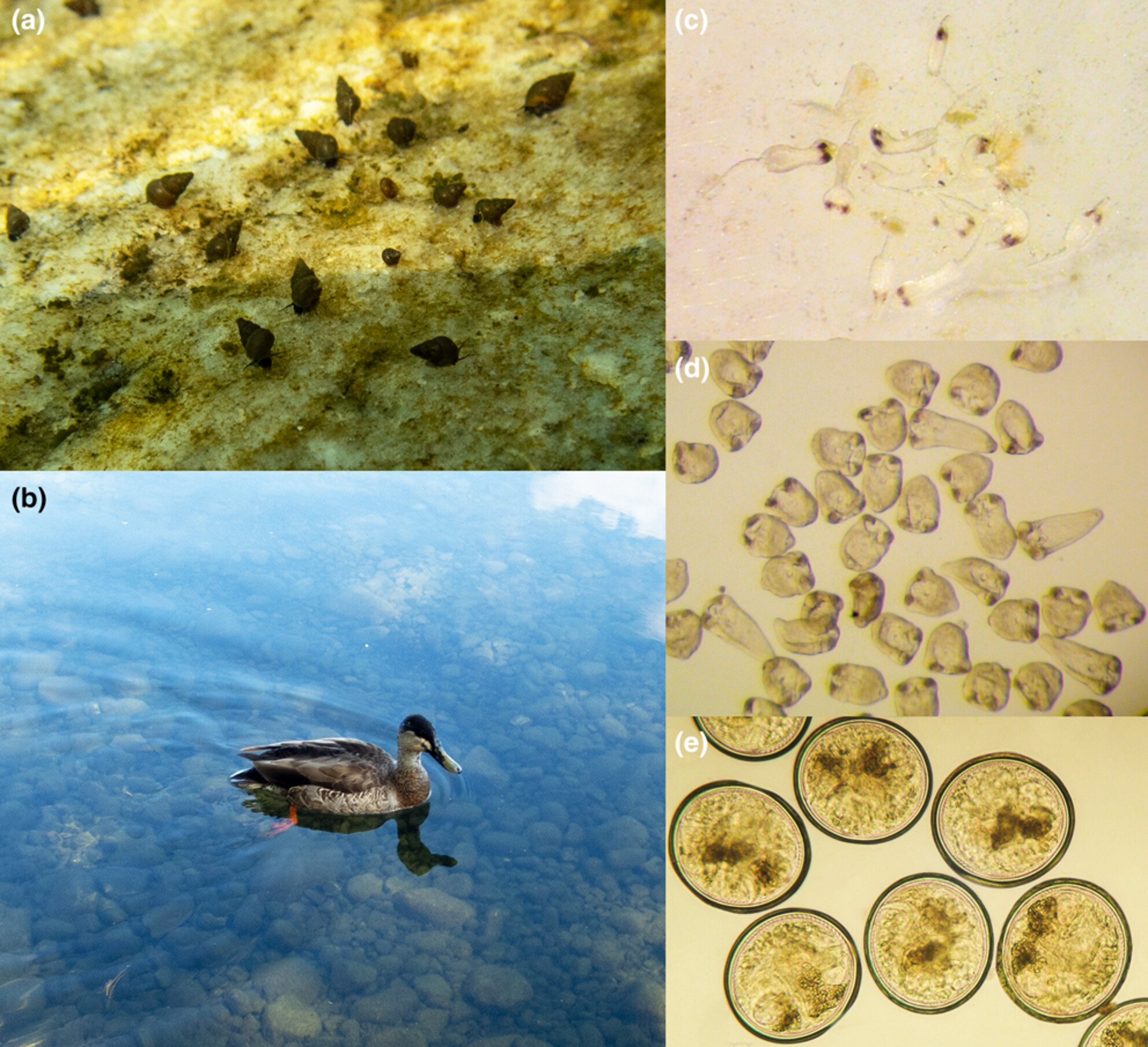
We provide evidence for behavioral manipulation of the snail Potamopyrgus antipodarum by the parasite Atriophallophorus winterbourni: infected snails seem to prefer the shallowest habitat. We were interested in movement across littoral habitat zones, and in order to test this, we designed cages that span a depth gradient in the lake. This allows for the investigation of movement patterns of snails in as natural a setting as possible.
Impact of different destocking strategies on the resilience of dry rangelands
- First Published: 29 May 2023
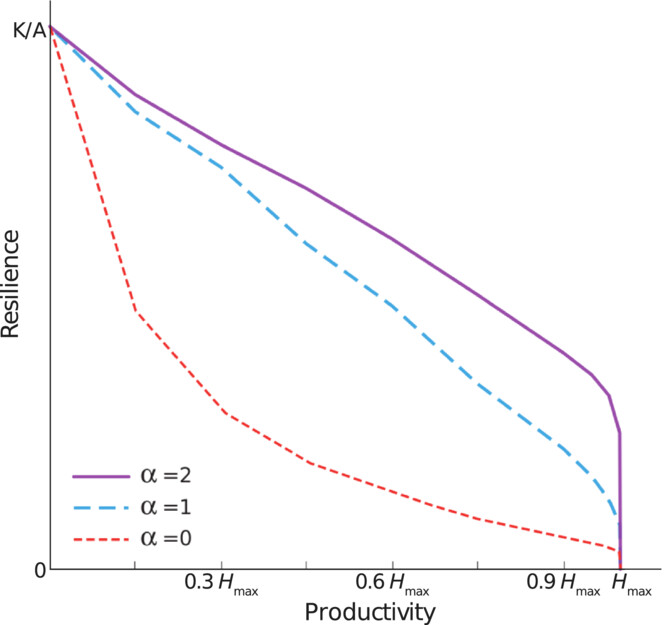
The resilience of dry rangelands is significantly impacted by the choice of livestock management strategies, with a typical trade-off between productivity and ecosystem resilience. Comparing two axes of variation (intensity and adaptivity) in livestock management strategies, we find that a stronger coupling between the destocking rate and the amount of forage available increases the resilience of the dry rangeland system, without decreasing its long-term productivity.
Corals adapted to extreme and fluctuating seawater pH increase calcification rates and have unique symbiont communities
- First Published: 29 May 2023
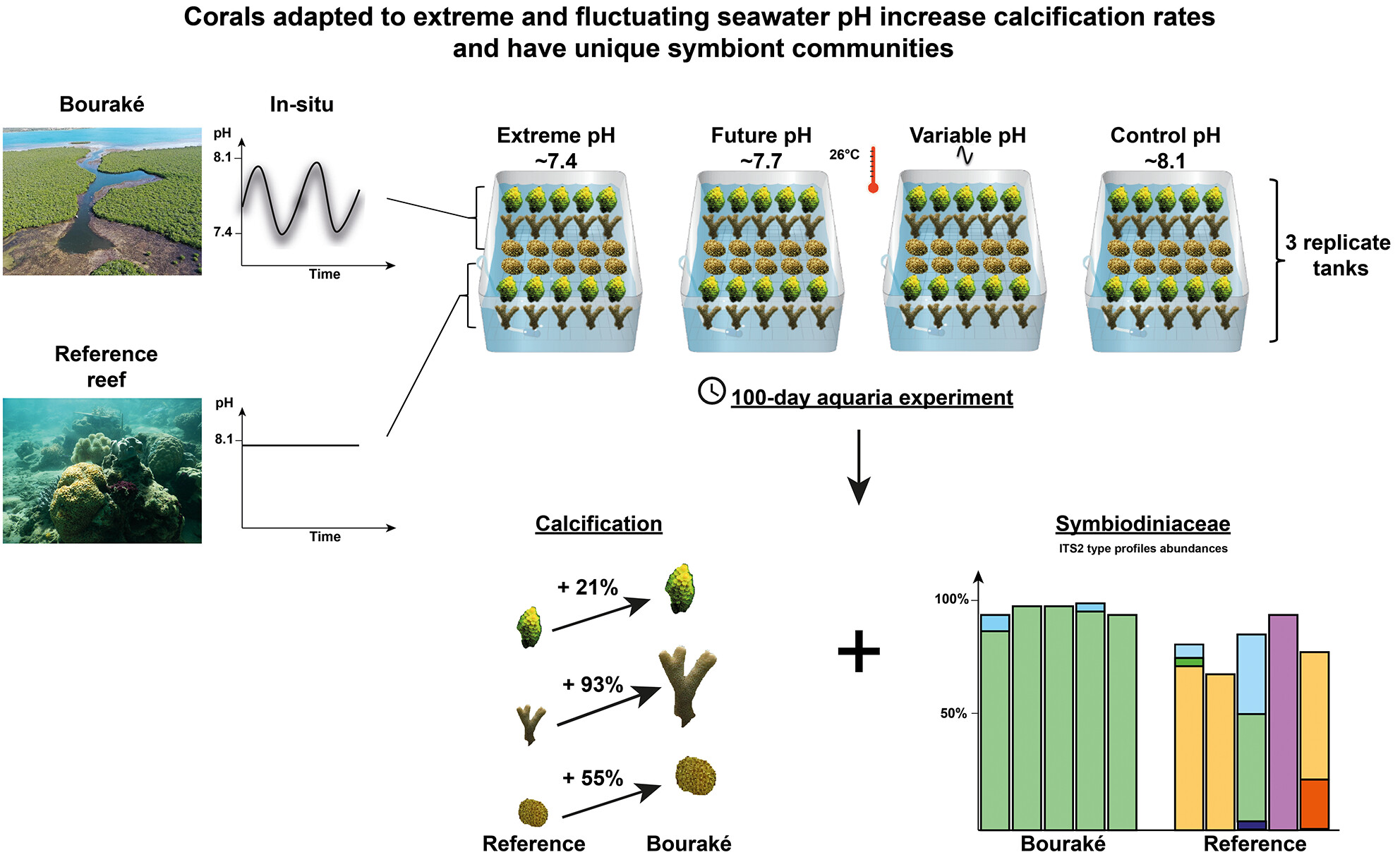
This paper investigated the physiological response and genetic diversity of Symbiodiniaceae from three coral species originating from both a stable and a fluctuating pH environment and cultured under four pH conditions for 100 days. We identified higher calcification rates and unique symbiont community for corals from the fluctuating environment. The long-term exposure to environmental variability is thought to increase coral plasticity to the ongoing rapid ocean acidification.
Molecular evolution and phylogenomic analysis of complete chloroplast genomes of Cotinus (Anacardiaceae)
- First Published: 29 May 2023
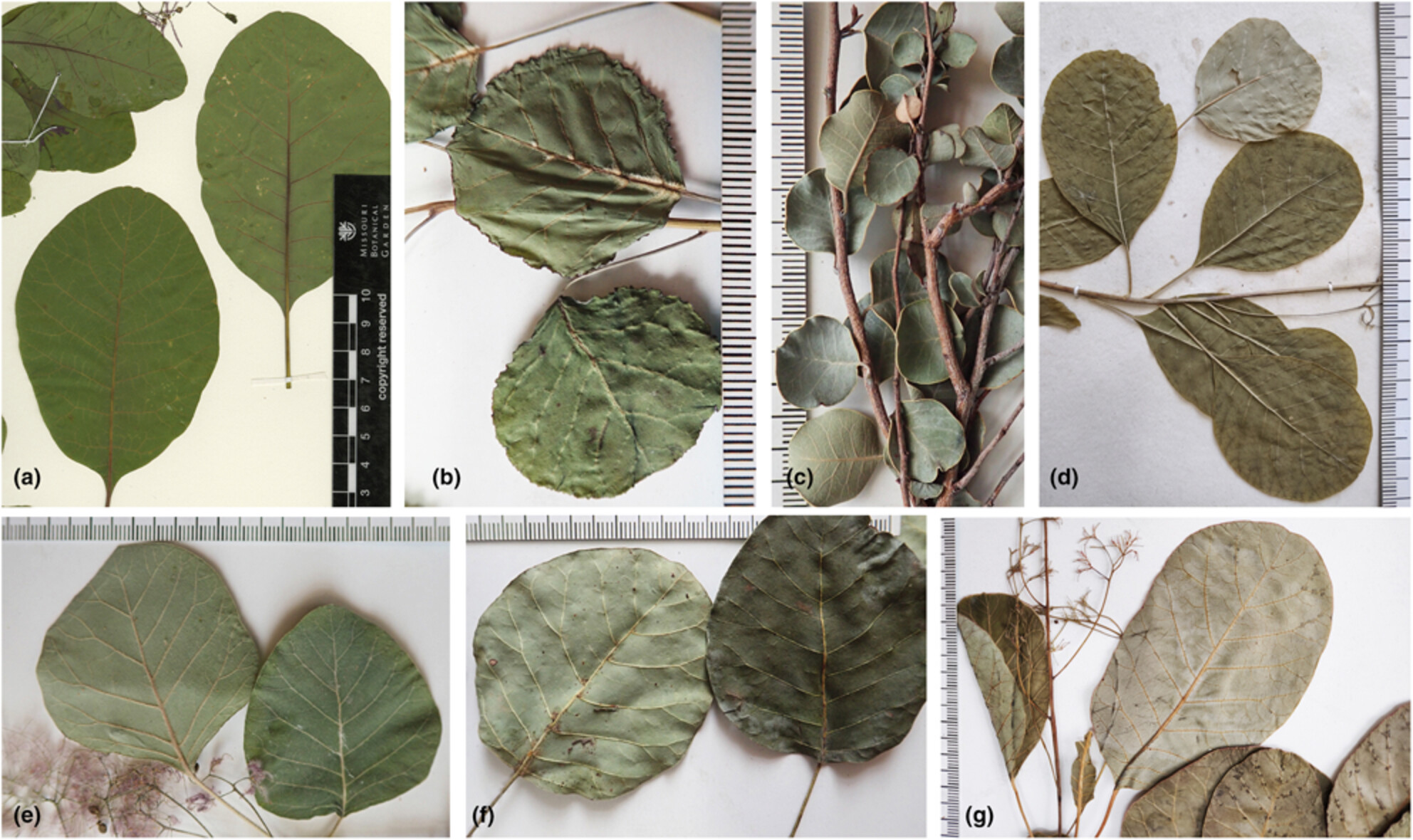
Analyzed the plastid genome evolution of Cotinus, and identified 11 divergence hotspots for useful molecular barcodes. Conducted the selection pressure analysis for 79 protein-coding genes. Cotinus is a monophyletic group but Cotinus coggygria is not monophyletic. Cotinus underwent a rapid adaptive radiation from the middle Miocene.
Diversity, seasonal abundance, and environmental drivers of chaetognath populations in North Inlet Estuary, South Carolina, USA
- First Published: 30 May 2023
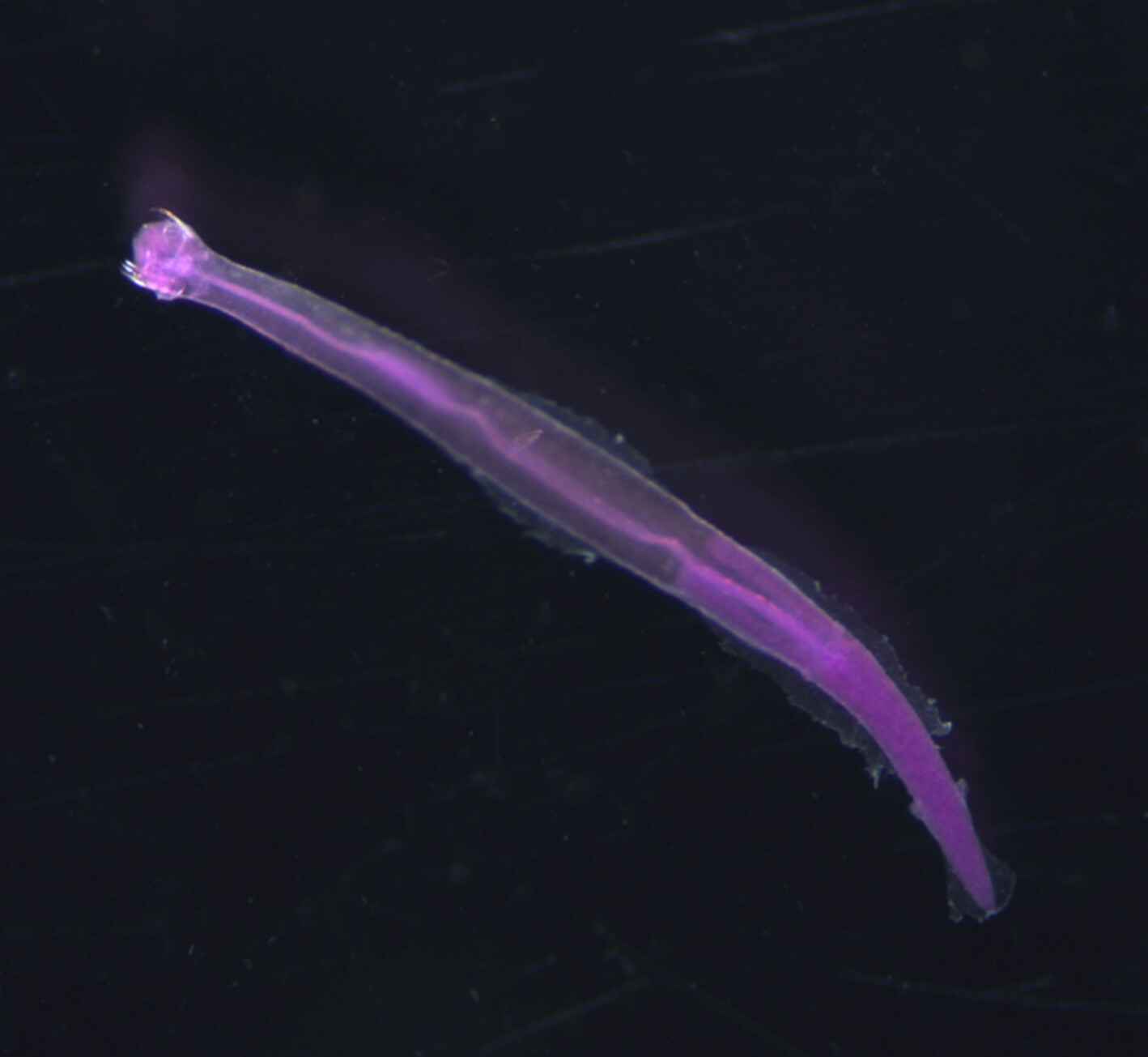
In this manuscript we quantified and identified chaetognaths from zooplankton samples collected on a monthly basis in a coastal estuary. We assess the effects of temperature, salinity, and dissolved oxygen on chaetognath's seasonality, species composition, and reproductive timing. Our findings highlight the potential influence of environmental factors on chaetognath abundance and reproductive timing, addressing a knowledge gap in the ecology of this important zooplankton phyla's seasonality.
Nutrient intake and its possible drivers in free-ranging European brown bears (Ursus arctos arctos)
- First Published: 30 May 2023
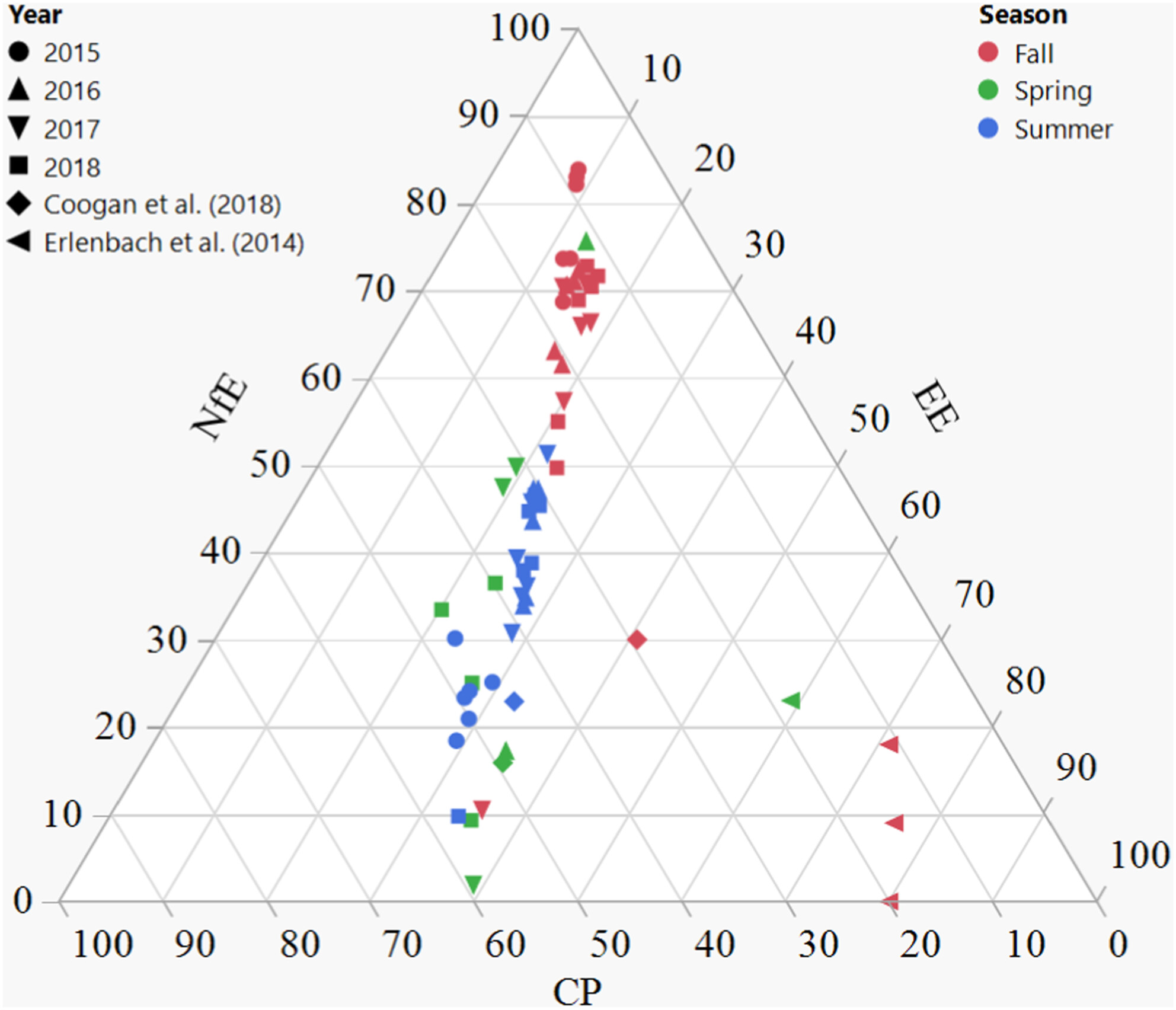
Dietary nutrient concentrations (incl. fiber) and ratios of free-ranging Swedish brown bears showed that: the diet is protein-dominated in spring and early summer, carbohydrate-dominated in fall and constant in fiber throughout seasons; bears managed to obtain similar dietary nutrient profiles with different ingredients; the protein to non-protein ratio only averaged around 0.2 in fall and the fat to non-fat ratio varied across seasons but never fell beneath the theoretically estimated minimum to ensure metabolic efficiency.




